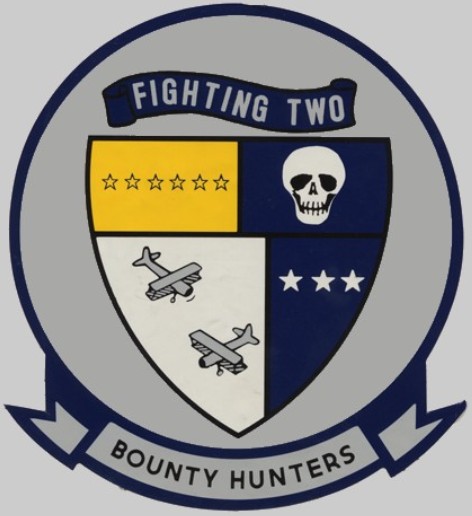 |
||||||
|
HOME
|
US Navy -
ships
|
US Navy - air
units
|
USMC - air
units
|
International
Navies
|
Weapon Systems
|
Special Reports |
||||||
|
US Navy - Fighter Squadron 2
(FITRON 2) VF-2 'Bounty Hunters' |
||||||
|
||||||
| 07/20 | ||||||
|
||||||
| images | ||||||
 F-14D Tomcat (VF-2) and F/A-18F Super Hornet (VFA-2) - May 2003 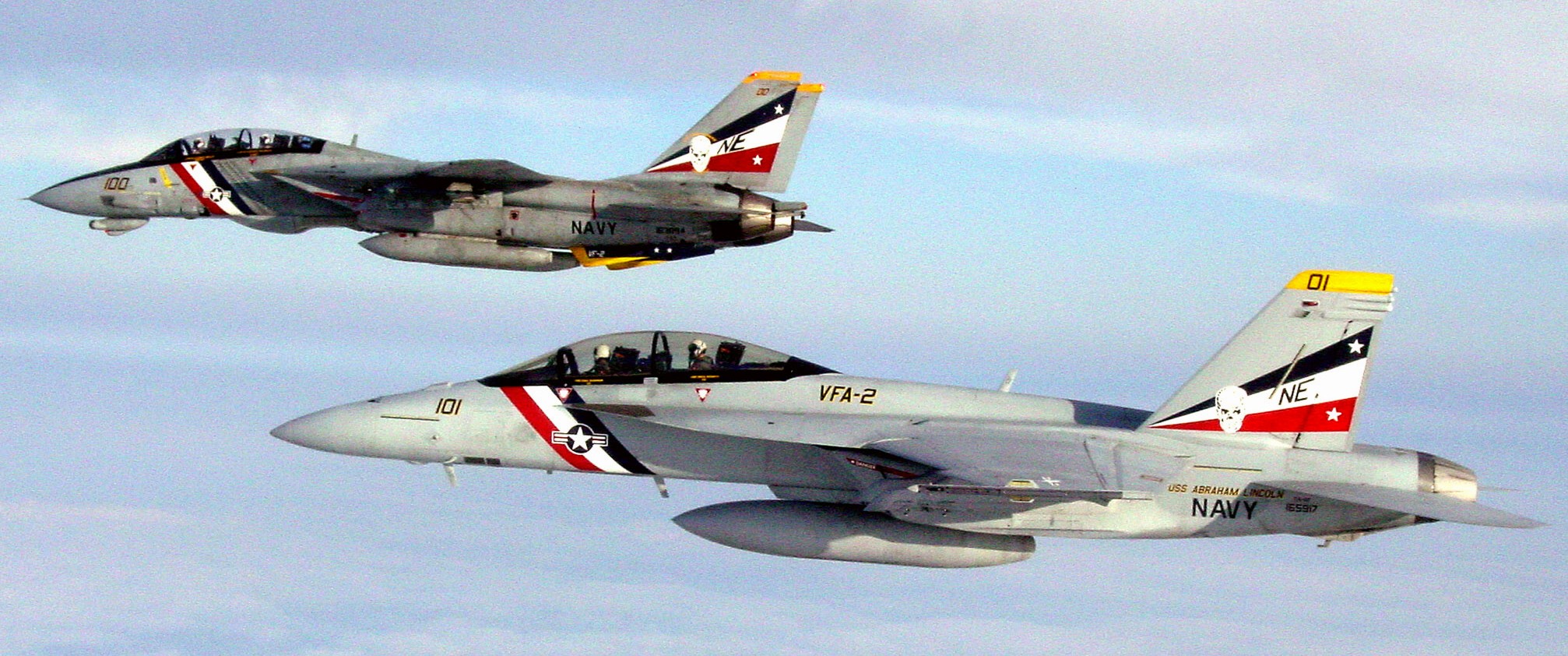 F-14D Tomcat (VF-2) and F/A-18F Super Hornet (VFA-2) - May 2003 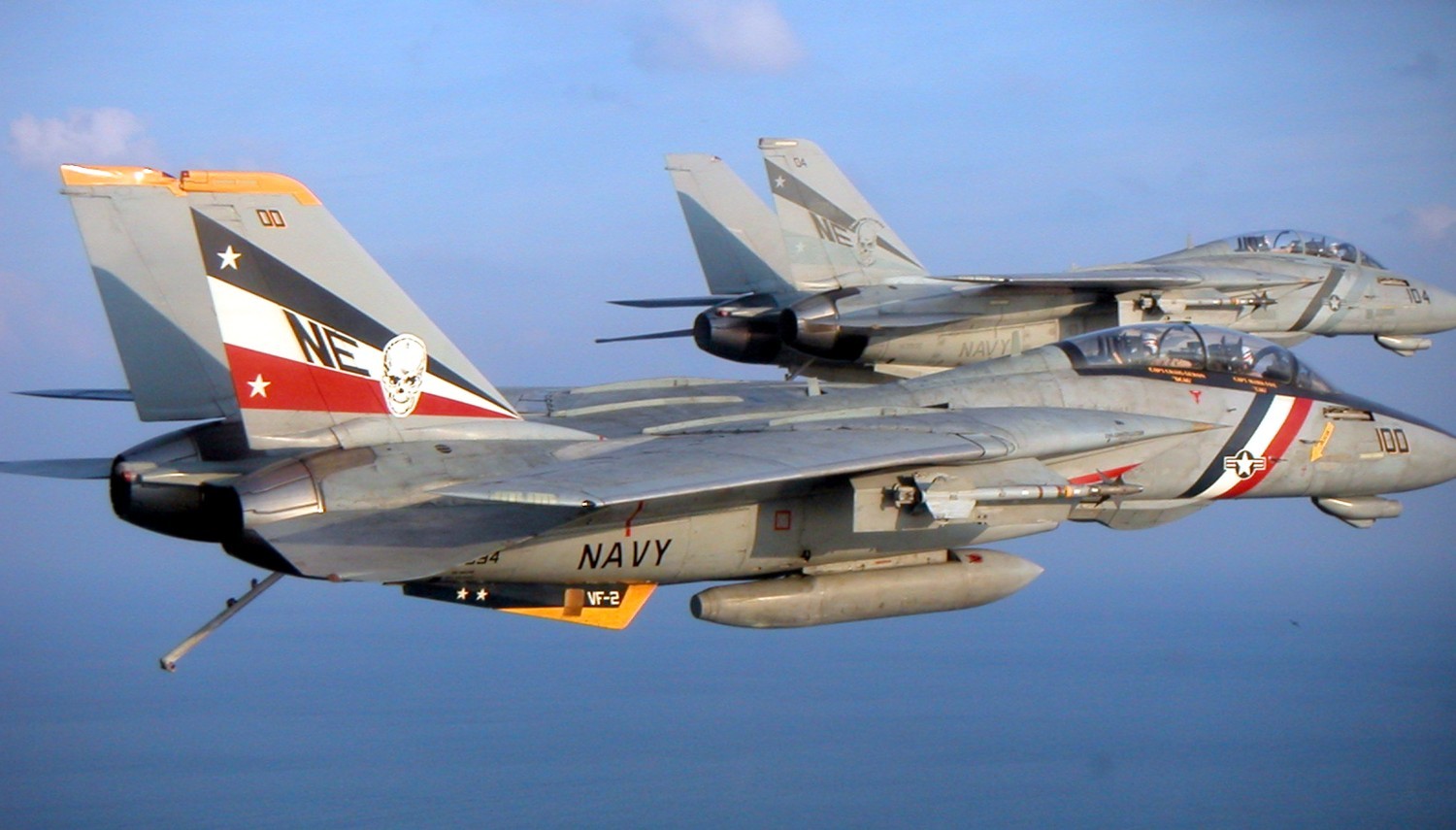 F-14D Tomcat (VF-2 / CVW-2) embarked on USS Constellation (CV 64) - 2003  F-14D Tomcat (VF-2 / CVW-2) embarked on USS Constellation (CV 64) - 2003 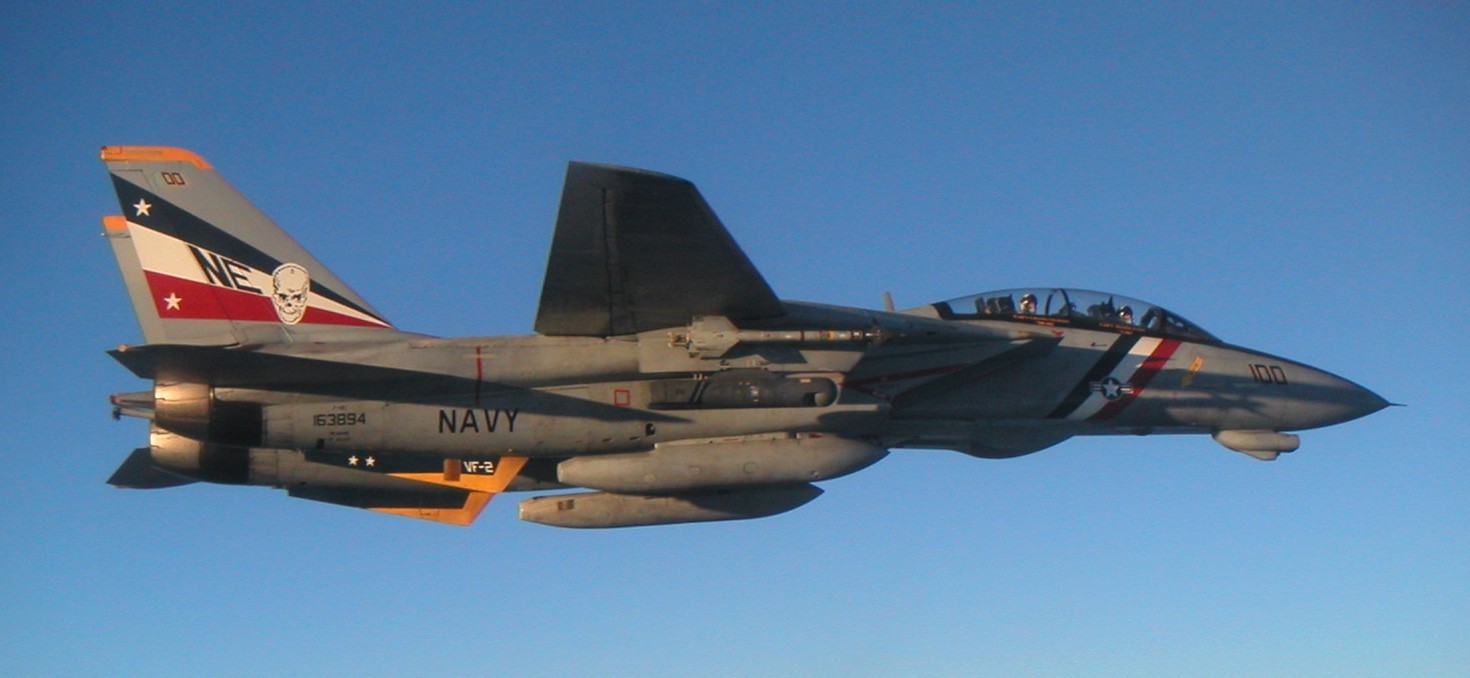 F-14D Tomcat (VF-2 / CVW-2) embarked on USS Constellation (CV 64) - 2003 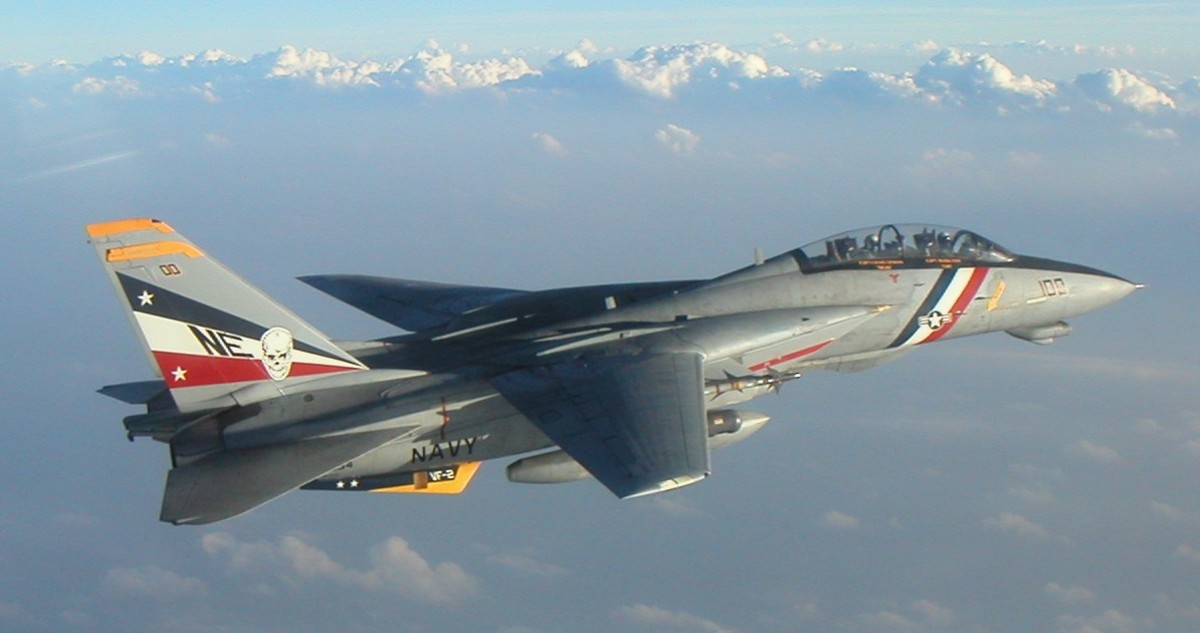 F-14D Tomcat (VF-2 / CVW-2) embarked on USS Constellation (CV 64) - 2003  F-14D Tomcat (VF-2 / CVW-2) embarked on USS Constellation (CV 64) - 2003 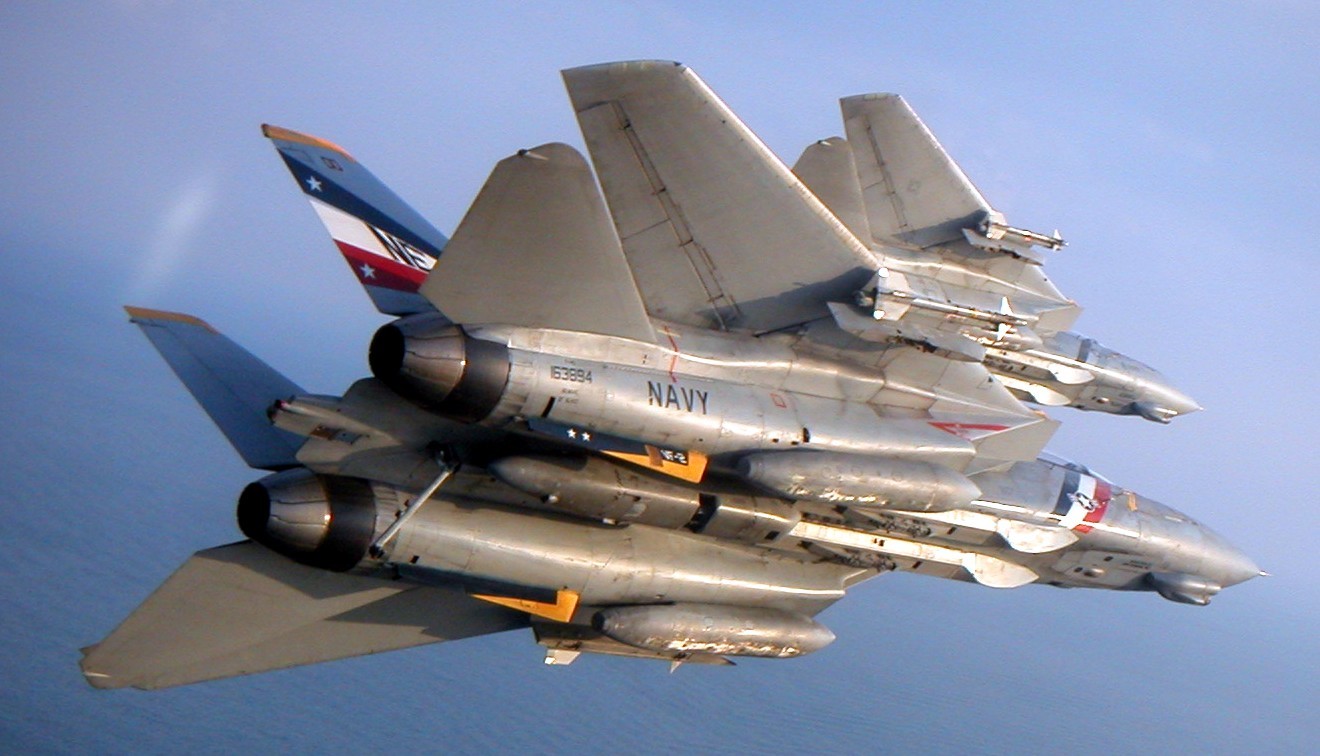 F-14D Tomcat (VF-2 / CVW-2) embarked on USS Constellation (CV 64) - 2003 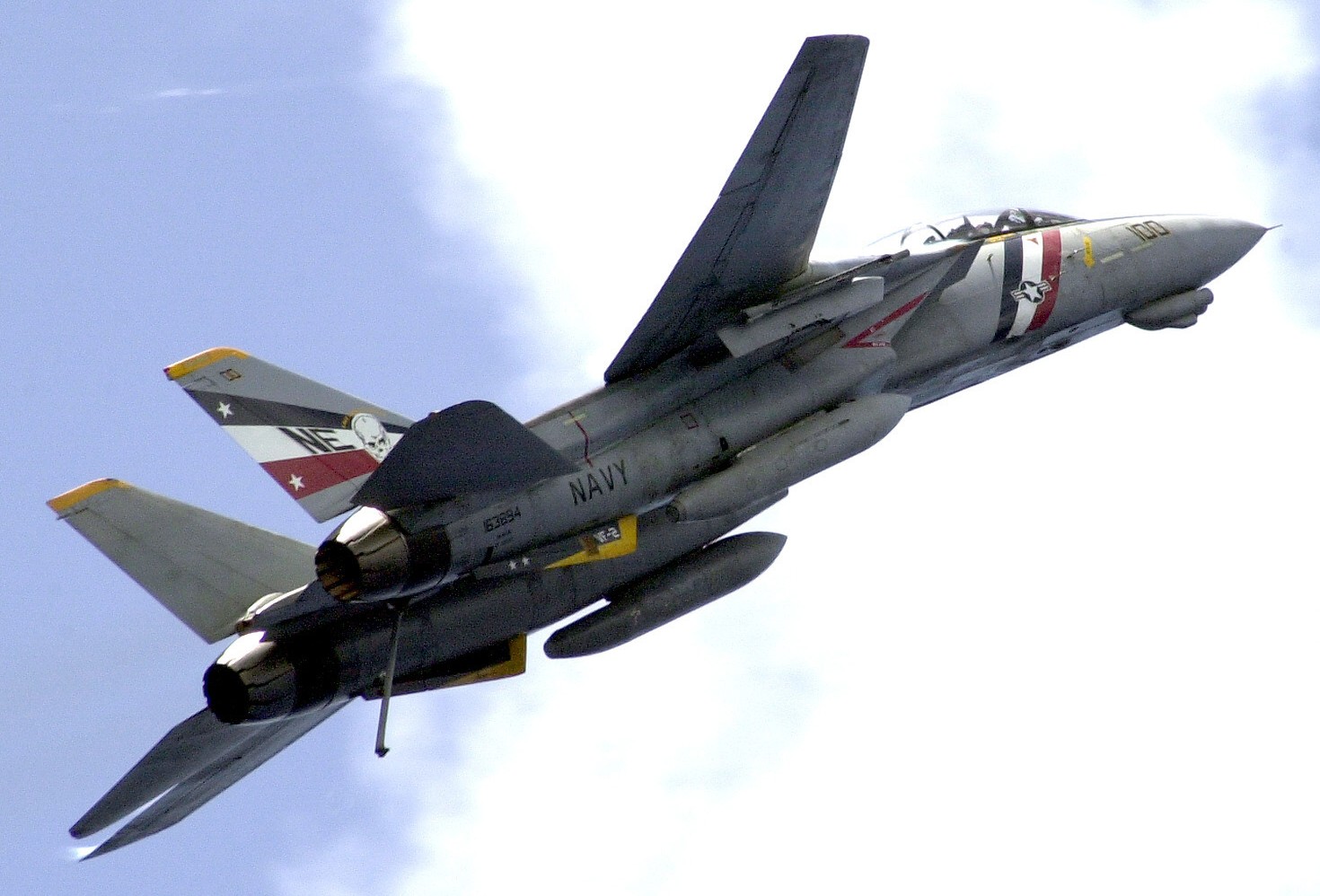 F-14D Tomcat (VF-2 / CVW-2) embarked on USS Constellation (CV 64) - May 2003 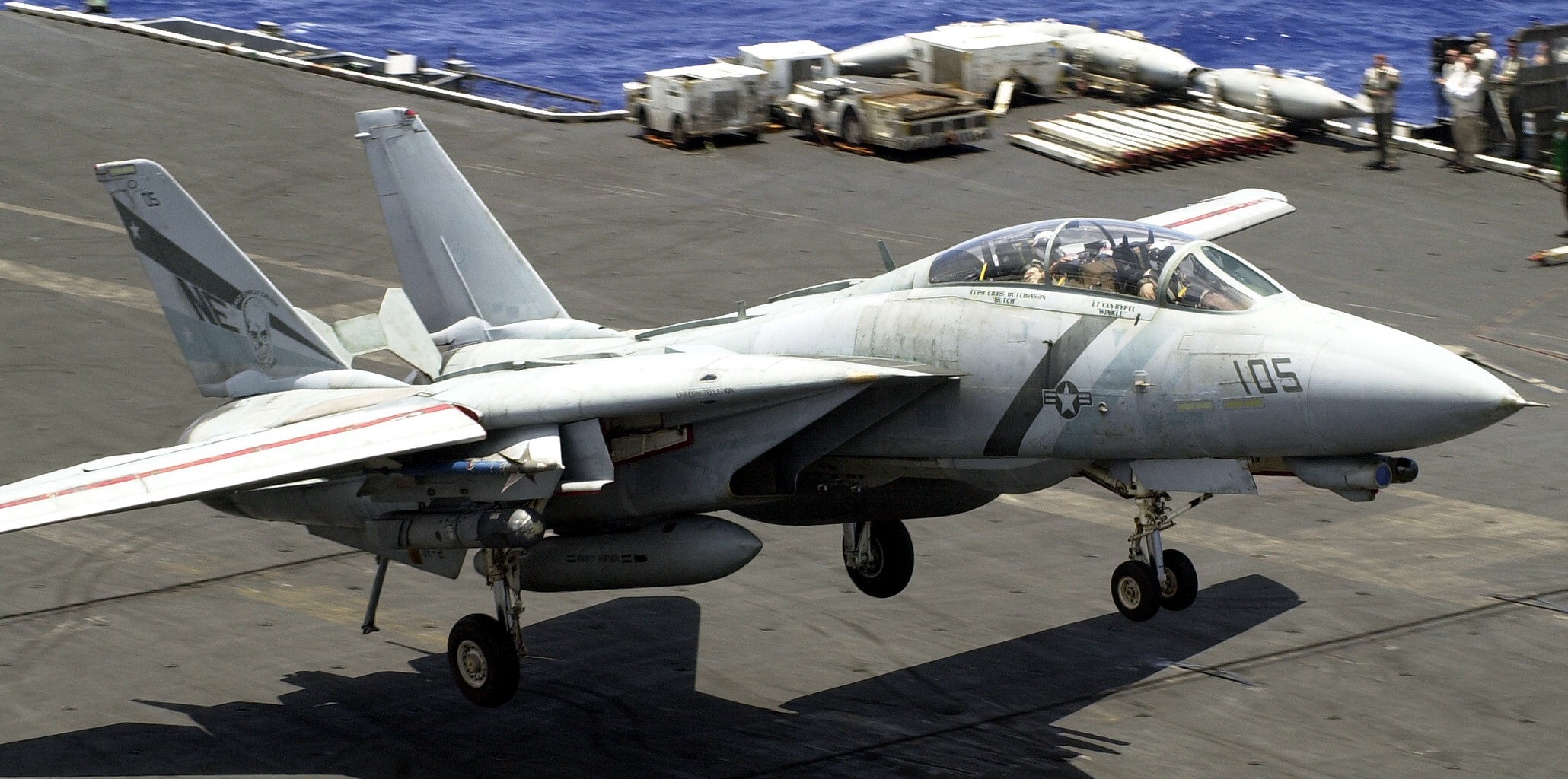 F-14D Tomcat (VF-2 / CVW-2) embarked on USS Constellation (CV 64) - May 2003 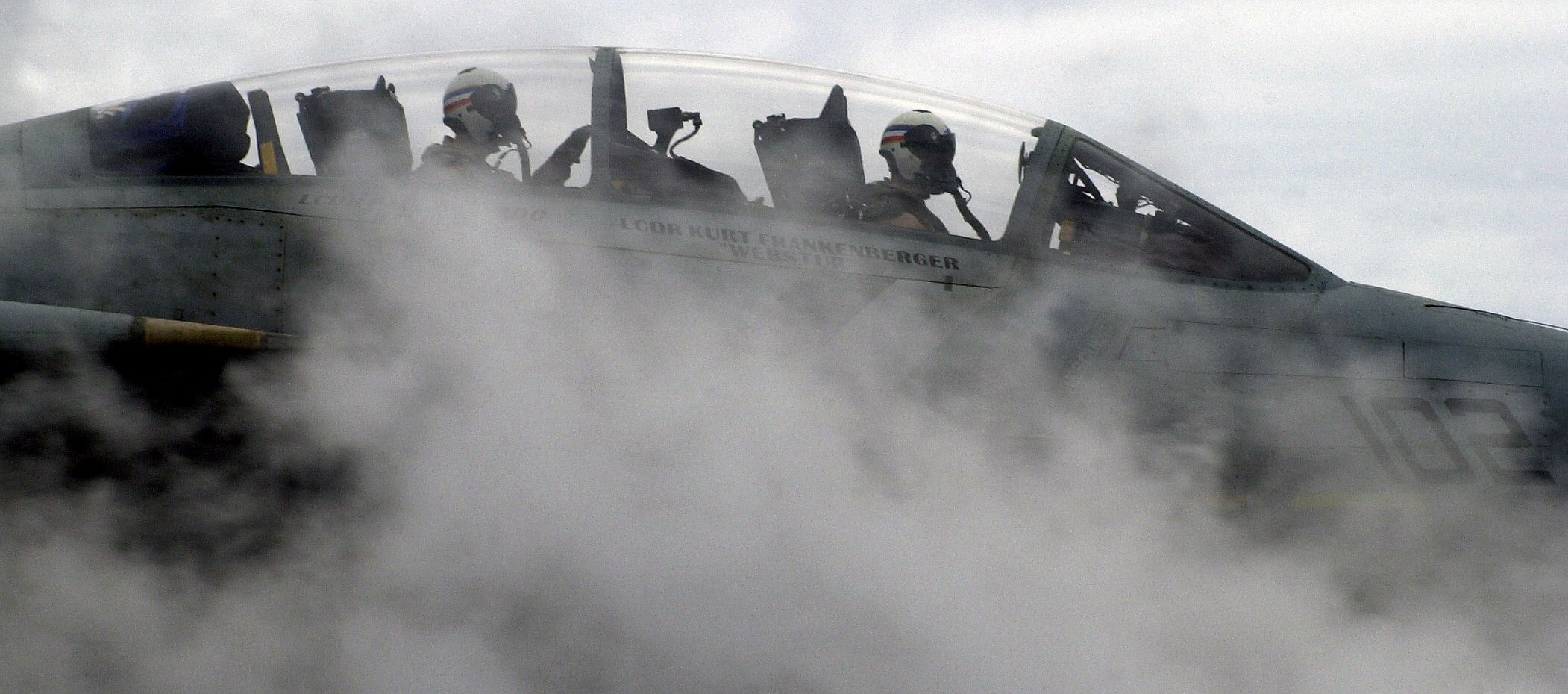 F-14D Tomcat (VF-2 / CVW-2) embarked on USS Constellation (CV 64) - May 2003 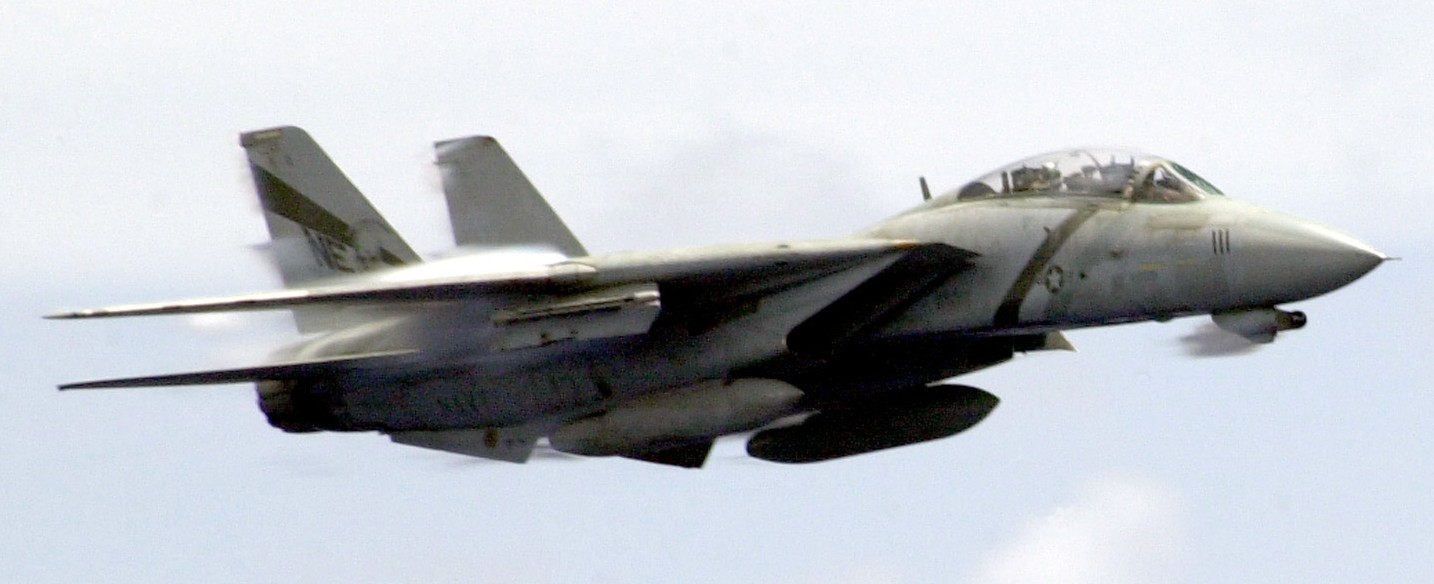 F-14D Tomcat (VF-2 / CVW-2) embarked on USS Constellation (CV 64) - May 2003 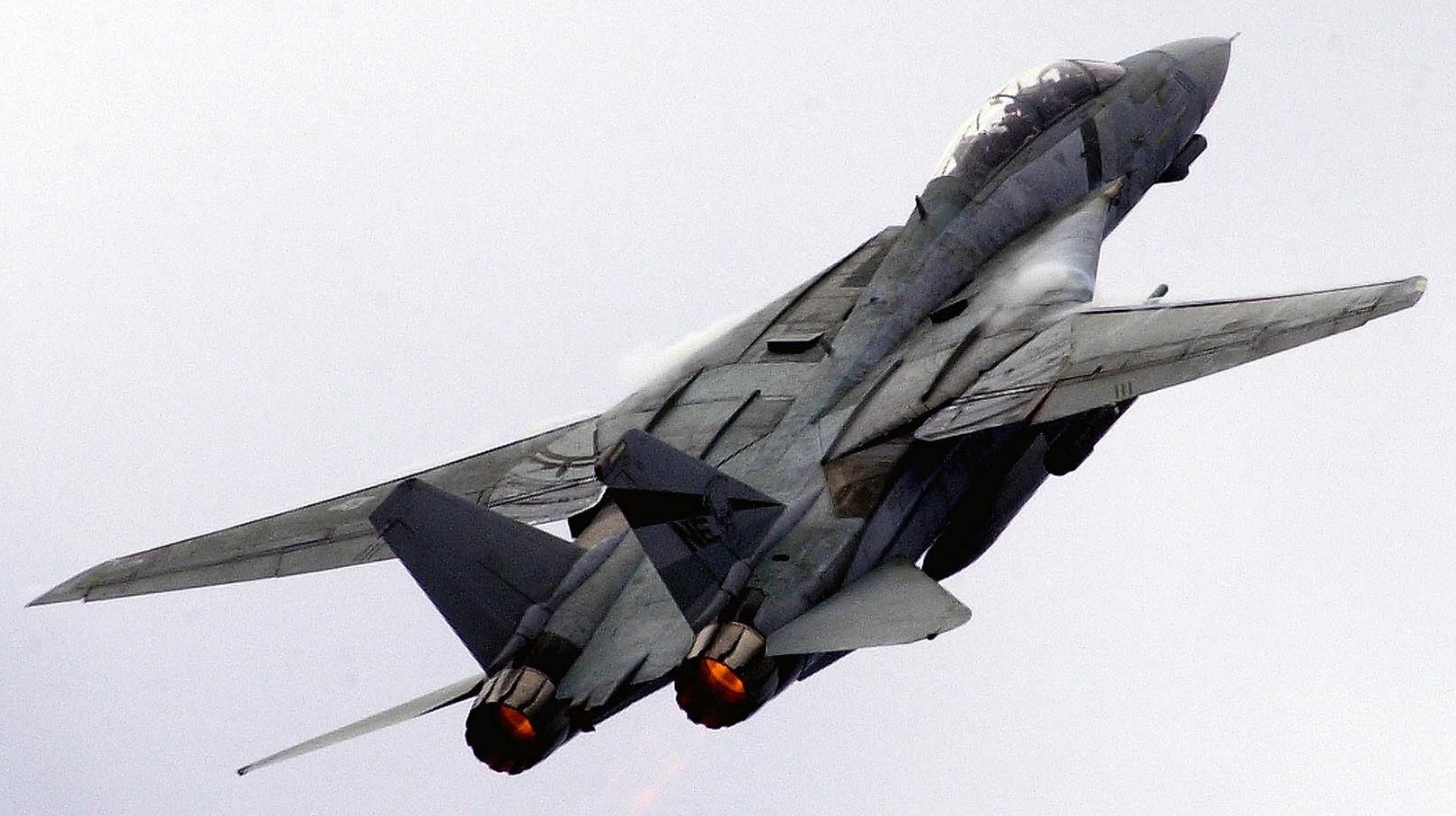 F-14D Tomcat (VF-2 / CVW-2) embarked on USS Constellation (CV 64) - May 2003 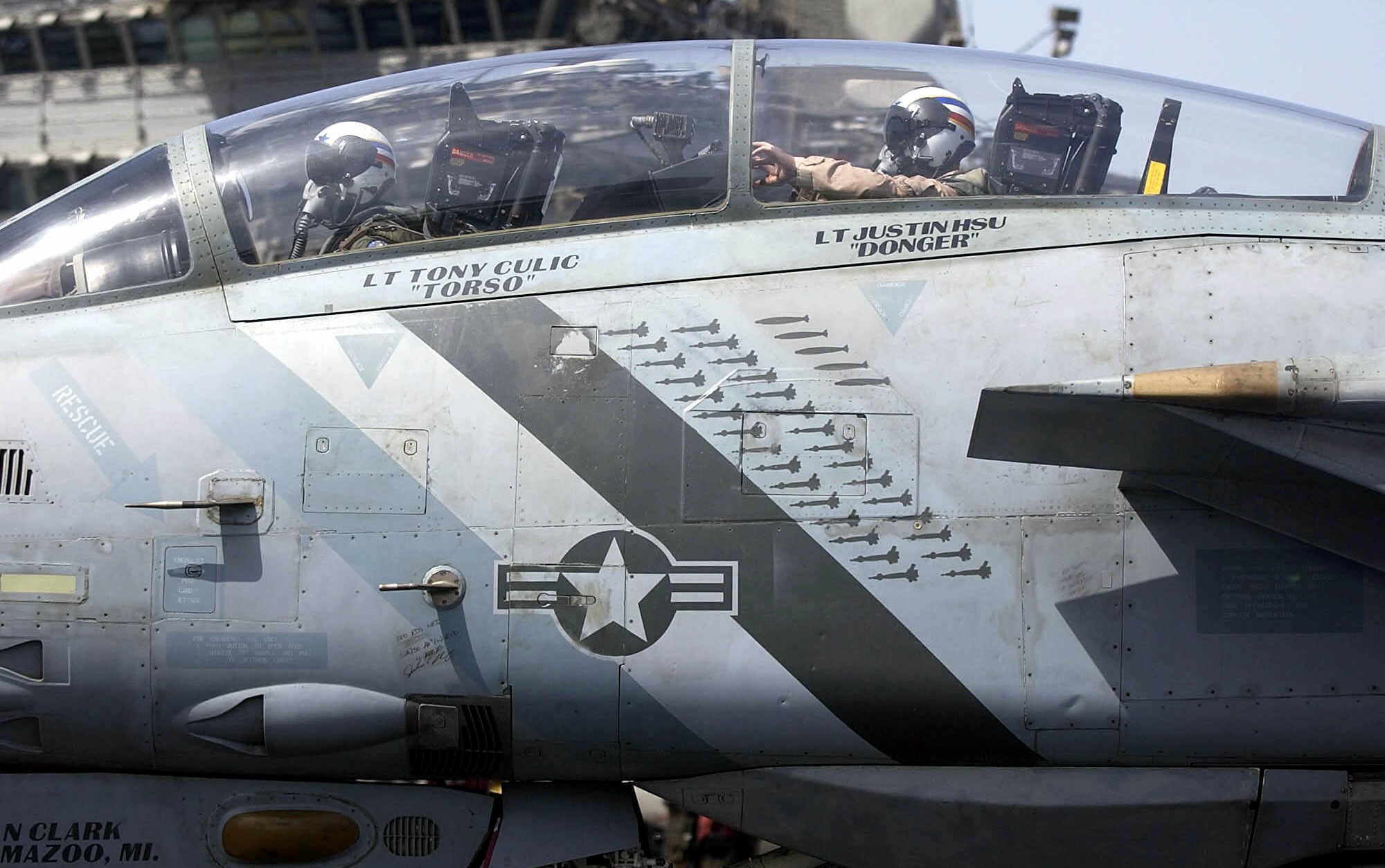 F-14D Tomcat (VF-2 / CVW-2) embarked on USS Constellation (CV 64) - April 2003 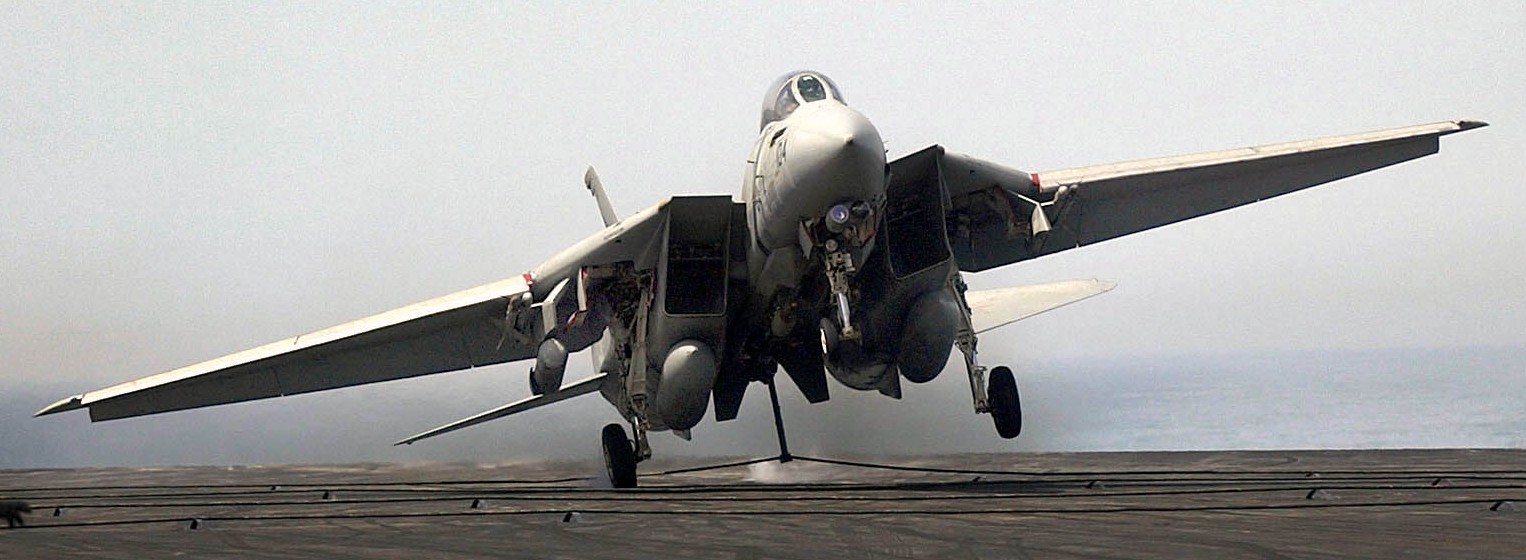 F-14D Tomcat (VF-2 / CVW-2) embarked on USS Constellation (CV 64) - April 2003 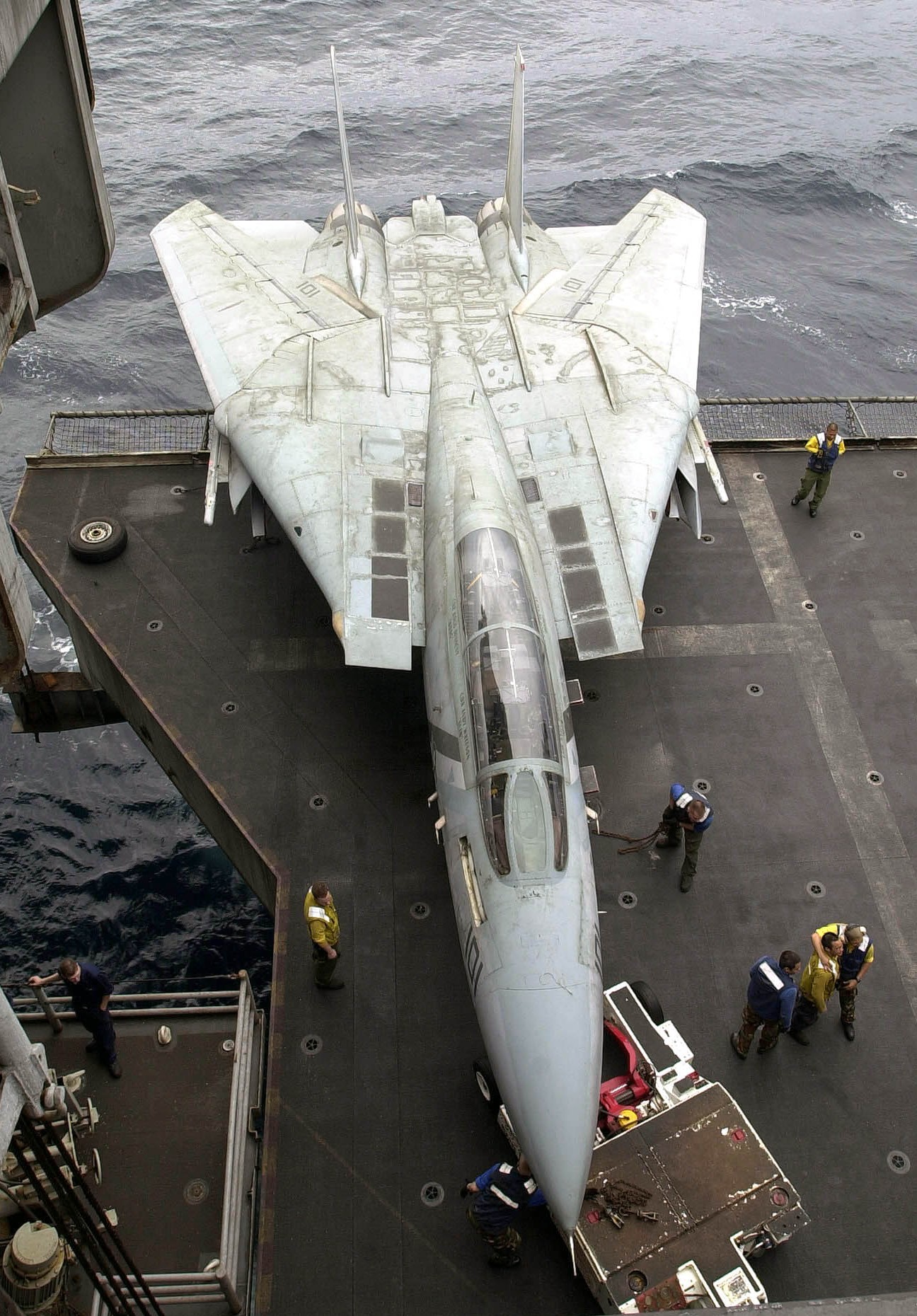 F-14D Tomcat (VF-2 / CVW-2) embarked on USS Constellation (CV 64) - April 2003 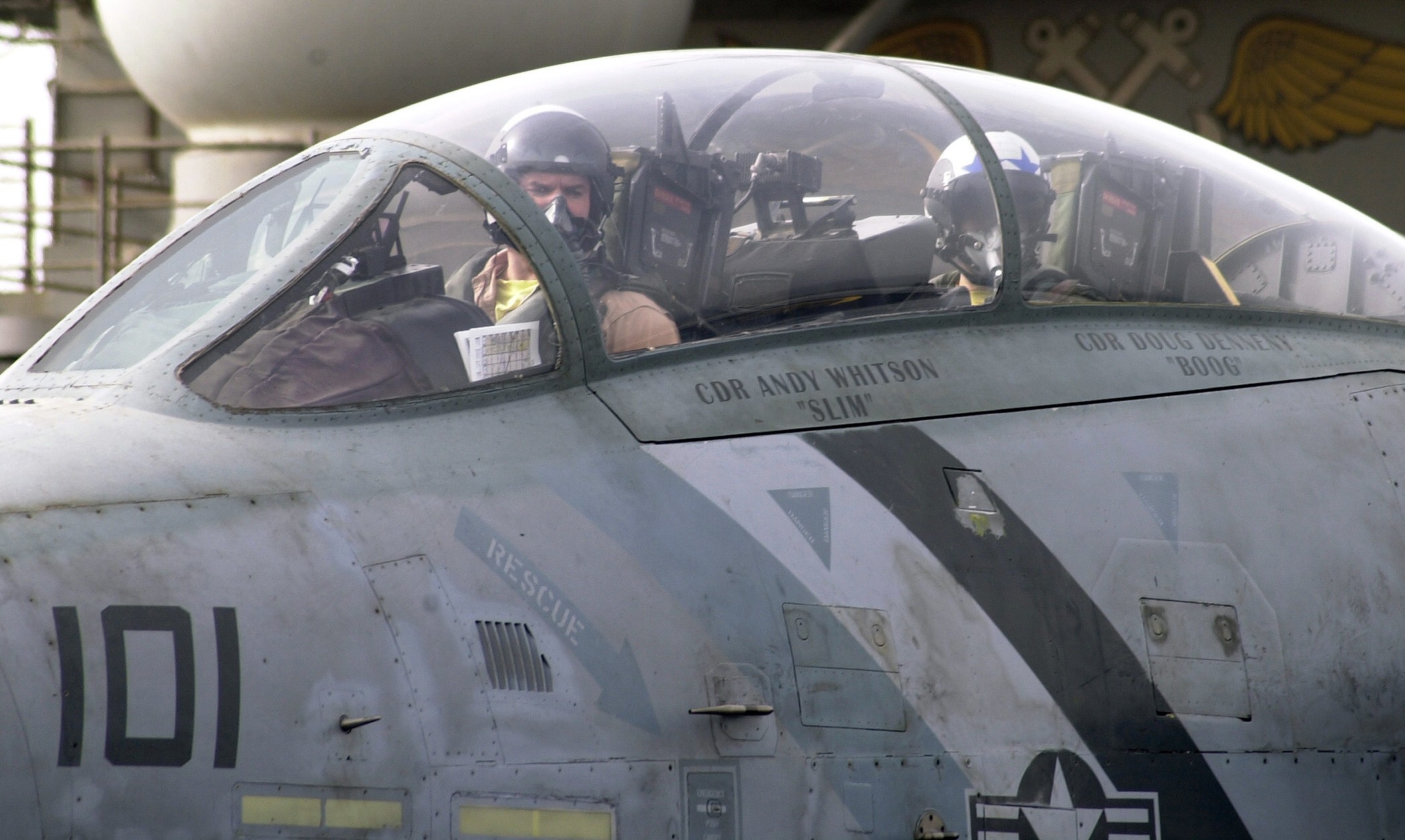 F-14D Tomcat (VF-2 / CVW-2) embarked on USS Constellation (CV 64) - March 2003 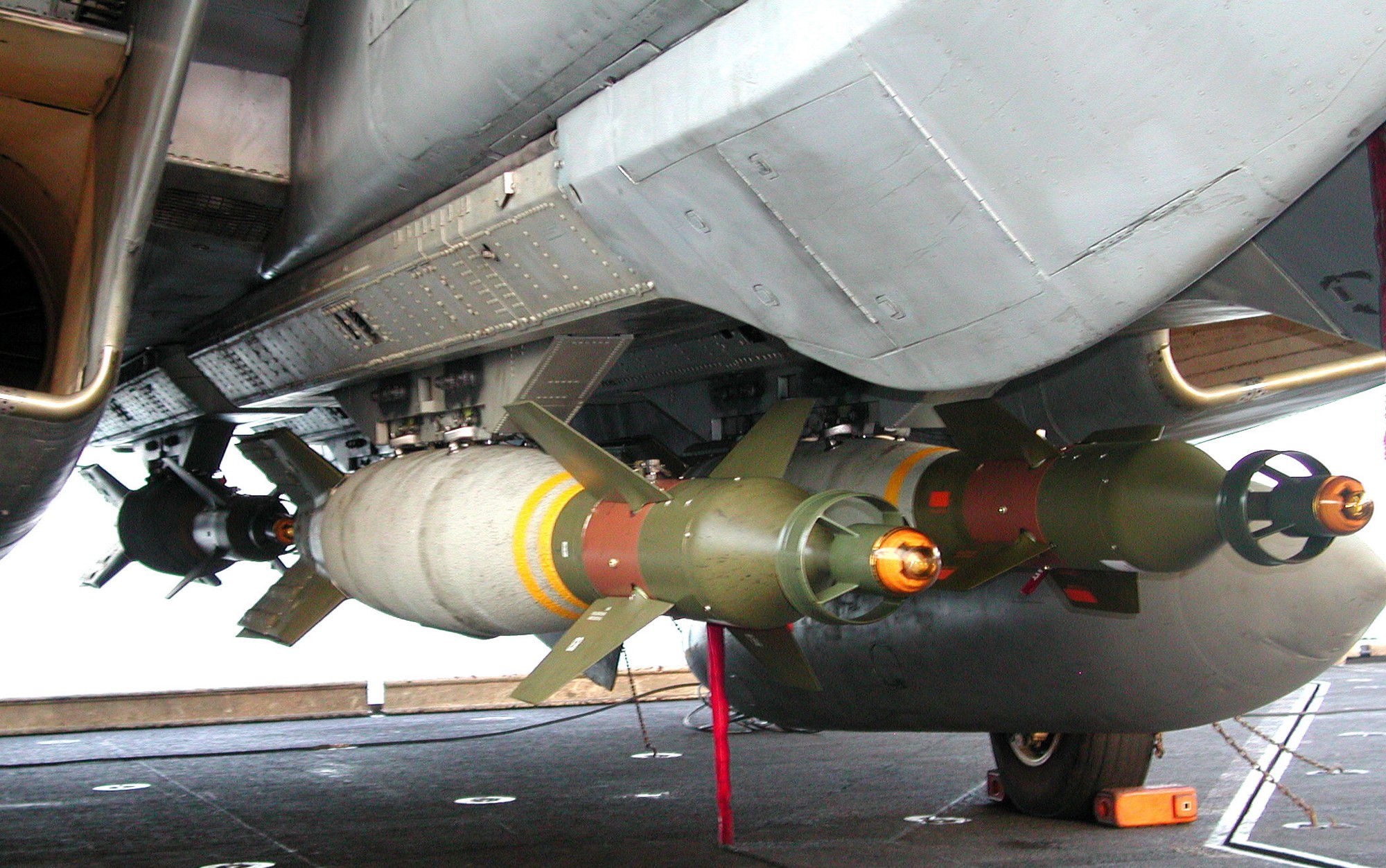 F-14D Tomcat (VF-2 / CVW-2) is loaded with four GBU-16 1000 lbs. Laser Guided Bombs - Operation Iraqi Freedom - March 2003 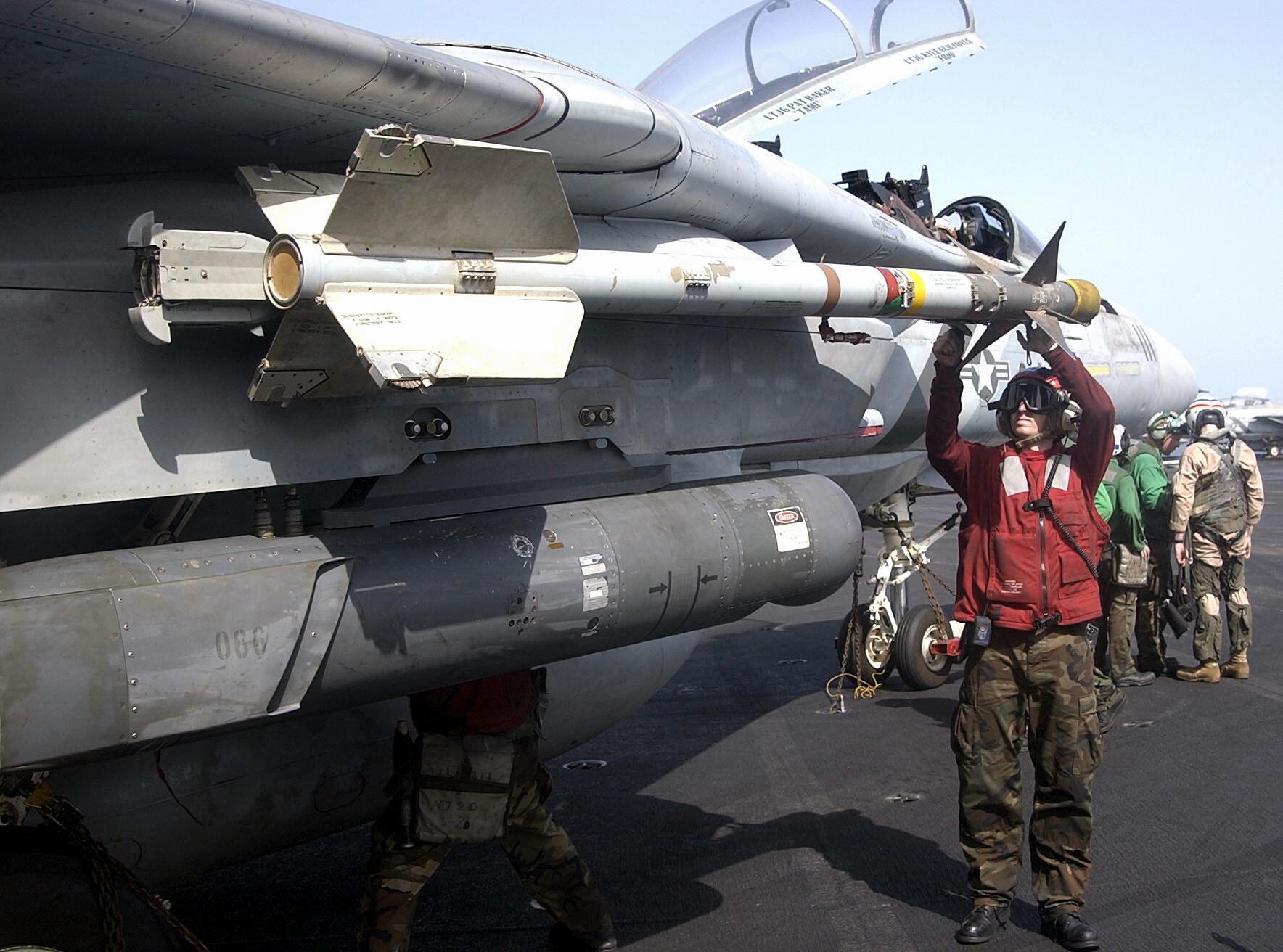 F-14D Tomcat (VF-2 / CVW-2) was armed with an AIM-9 Sidewinder SAM missile - March 2003 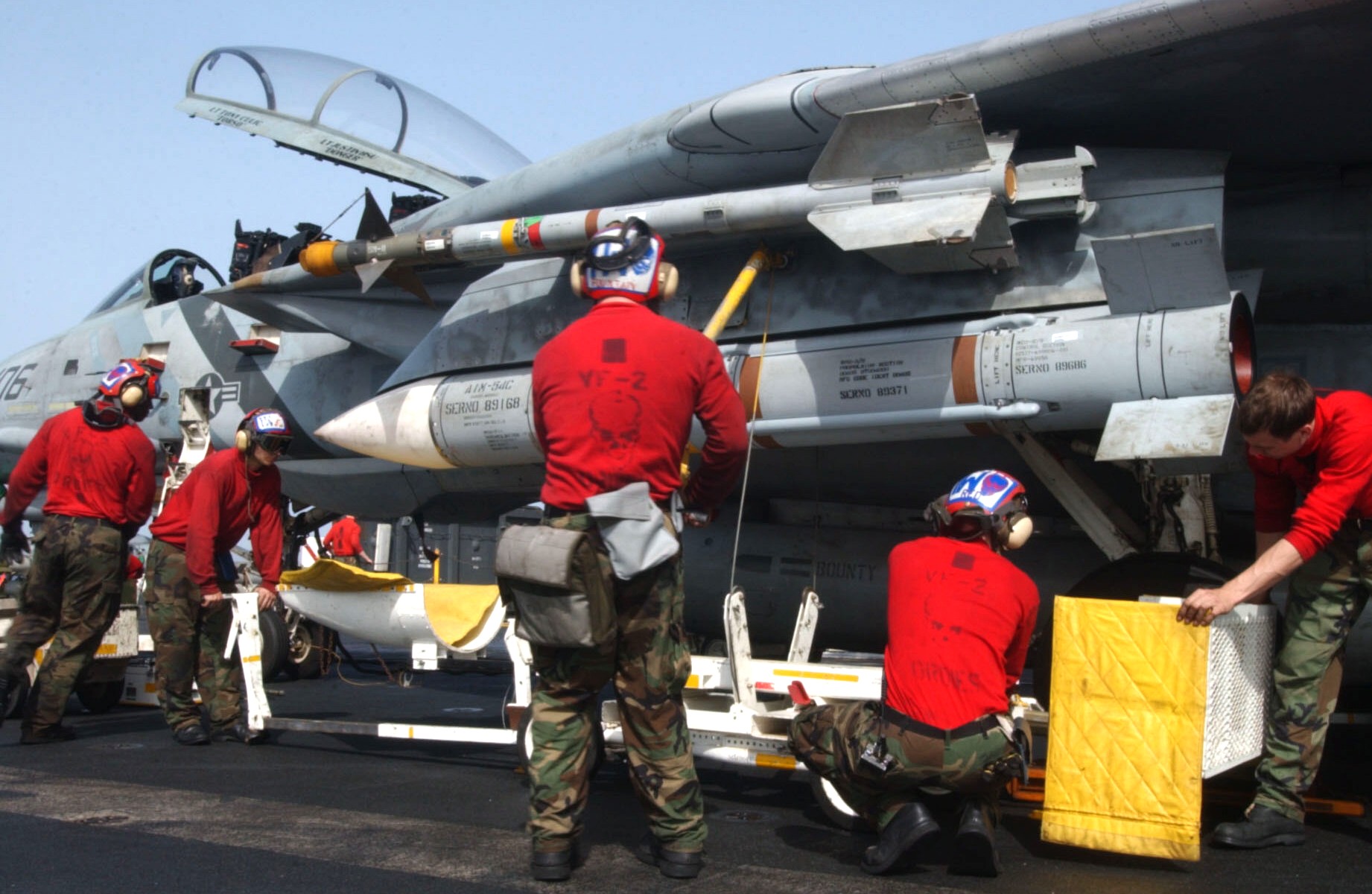 an AIM-54C Phoenix missile was loaded onto an F-14D Tomcat (VF-2 / CVW-2) embarked on USS Constellation (CV 64) - March 2003  an AIM-54C Phoenix missile was loaded onto an F-14D Tomcat (VF-2 / CVW-2) embarked on USS Constellation (CV 64) - March 2003 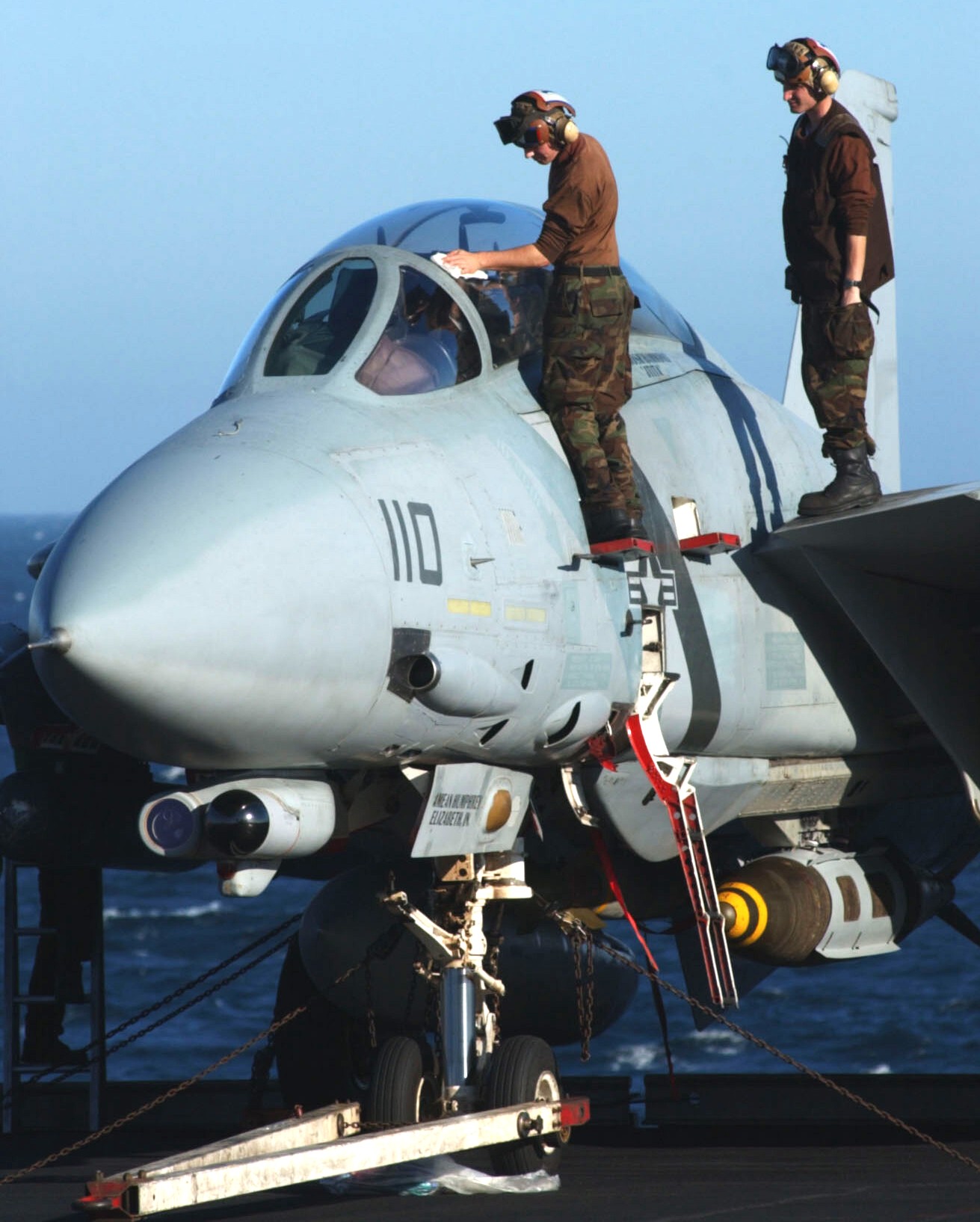 F-14D Tomcat (VF-2 / CVW-2) embarked on USS Constellation (CV 64) - March 2003 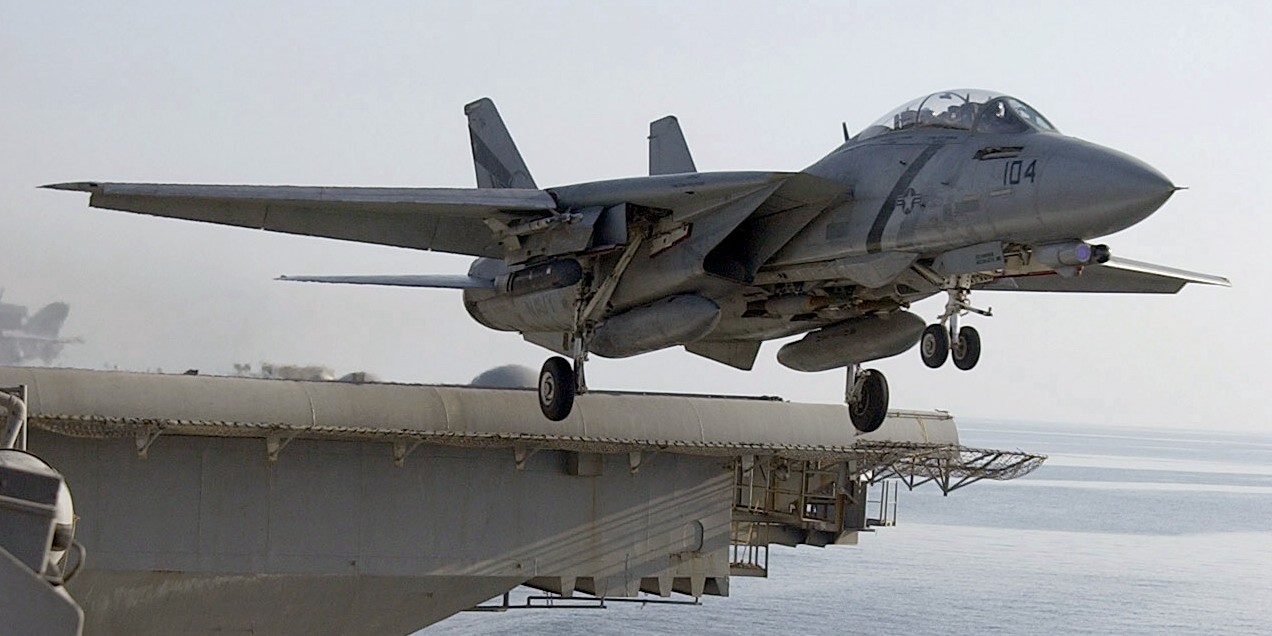 F-14D Tomcat (VF-2 / CVW-2) embarked on USS Constellation (CV 64) - February 2003 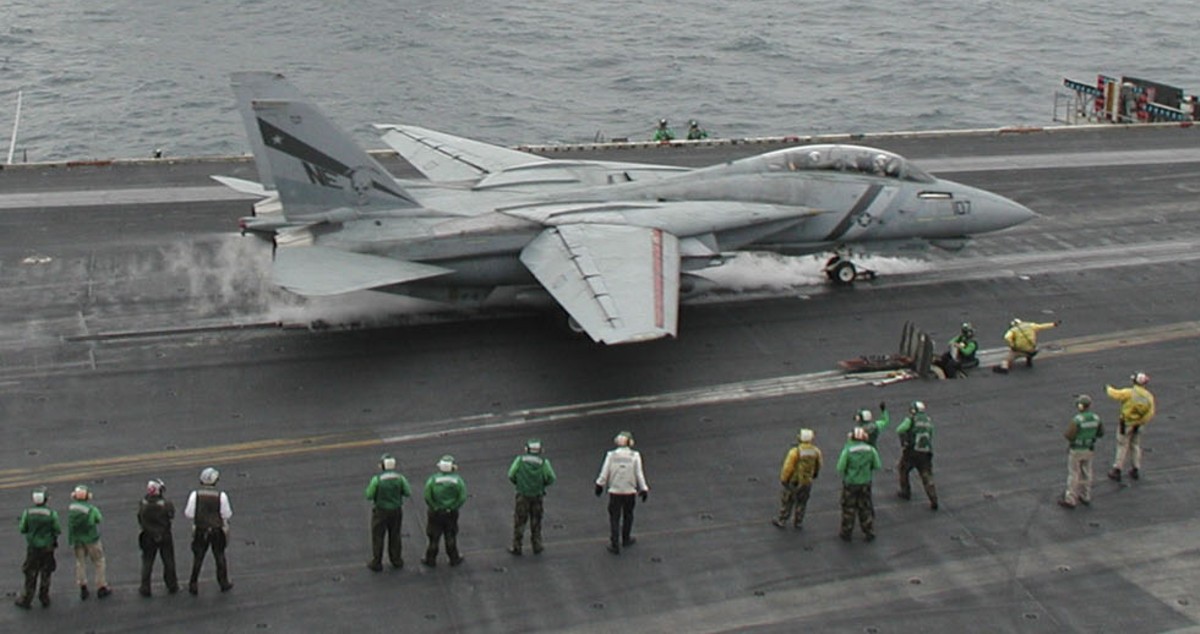 F-14D Tomcat (VF-2 / CVW-2) embarked on USS Constellation (CV 64) - February 2003 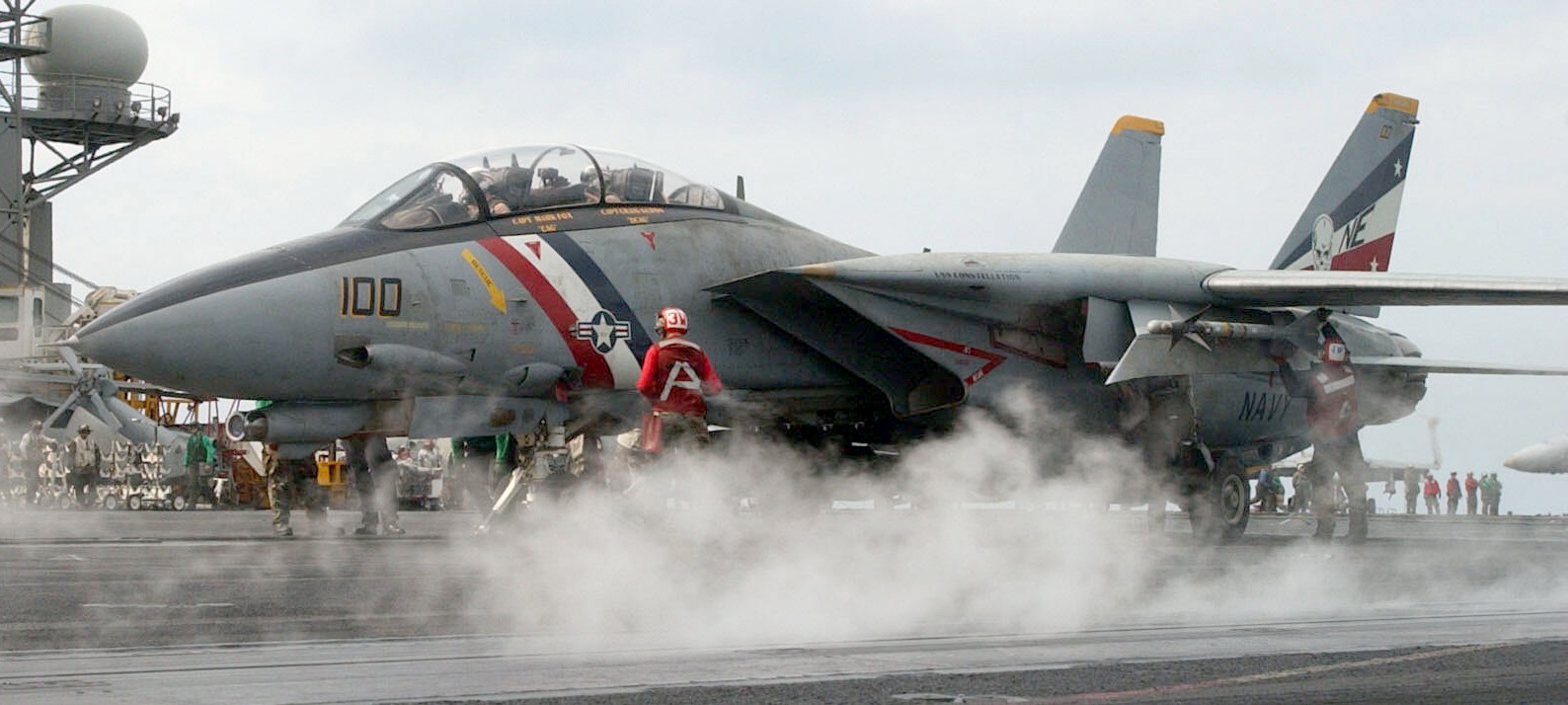 F-14D Tomcat (VF-2 / CVW-2) embarked on USS Constellation (CV 64) - January 2003  F-14D Tomcat (VF-2 / CVW-2) embarked on USS Constellation (CV 64) - 2003  F-14D Tomcat (VF-2 / CVW-2) embarked on USS Constellation (CV 64) - undated 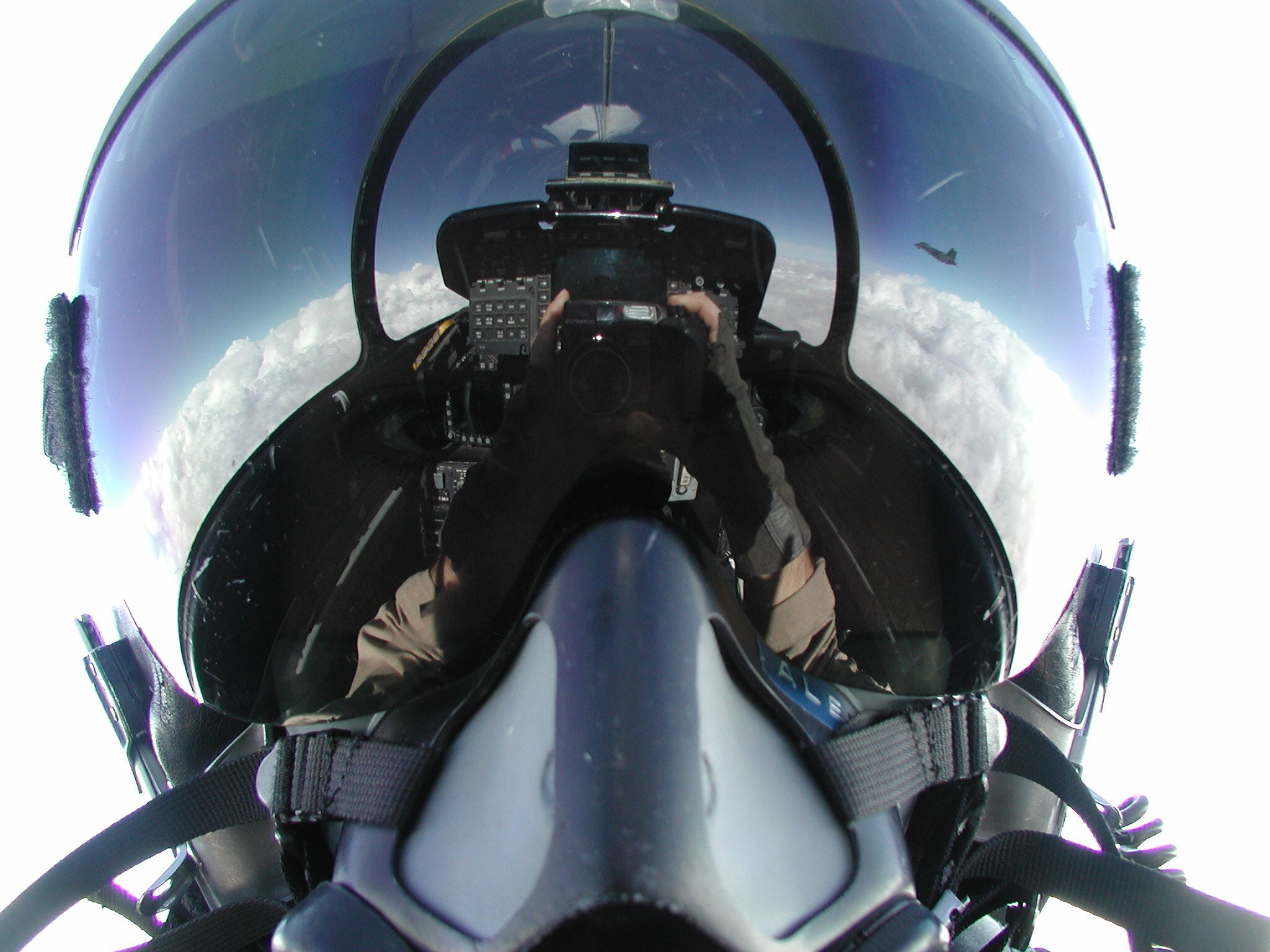 F-14D Tomcat (VF-2 / CVW-2) embarked on USS Constellation (CV 64) - 2003 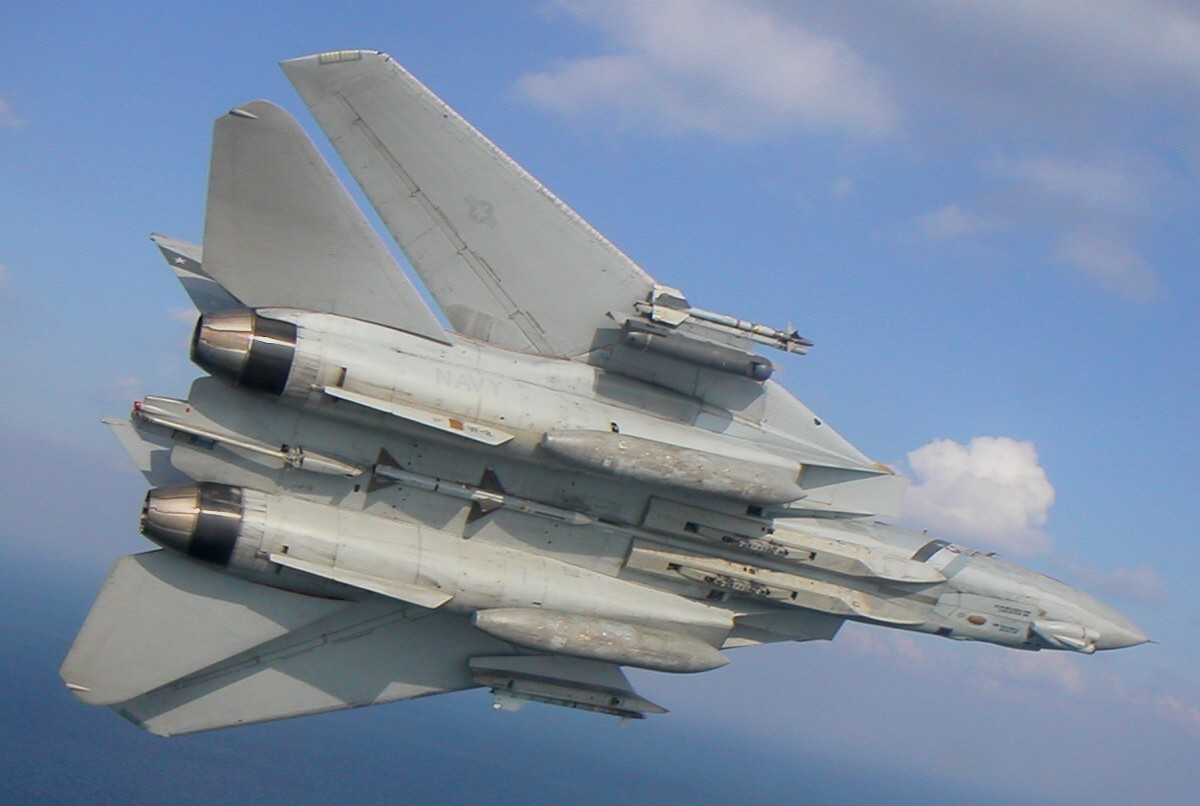 F-14D Tomcat (VF-2 / CVW-2) embarked on USS Constellation (CV 64) - 2003  F-14D Tomcat (VF-2 / CVW-2) embarked on USS Constellation (CV 64) - 2003 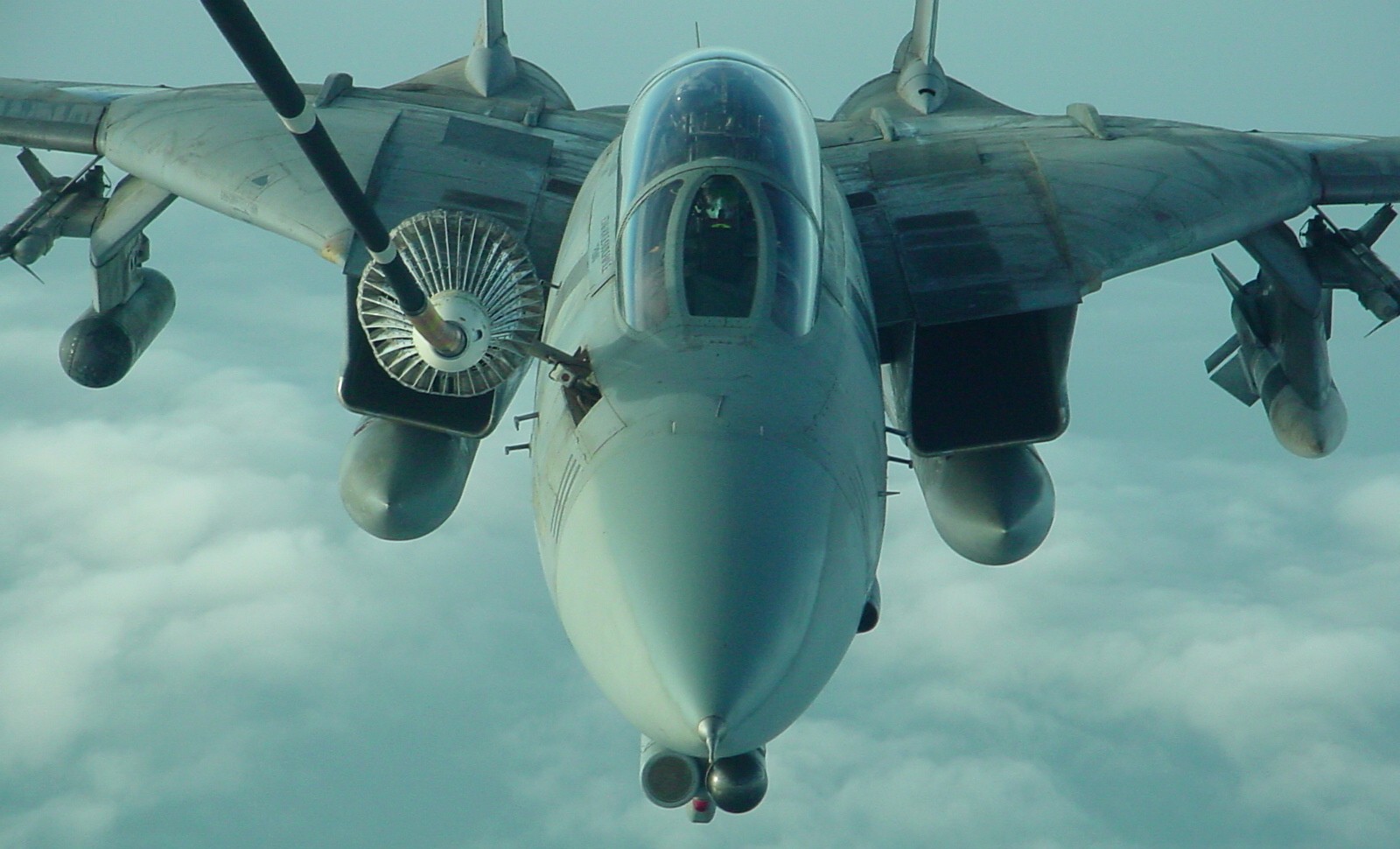 F-14D Tomcat (VF-2 / CVW-2) during inflight refueling - 2003 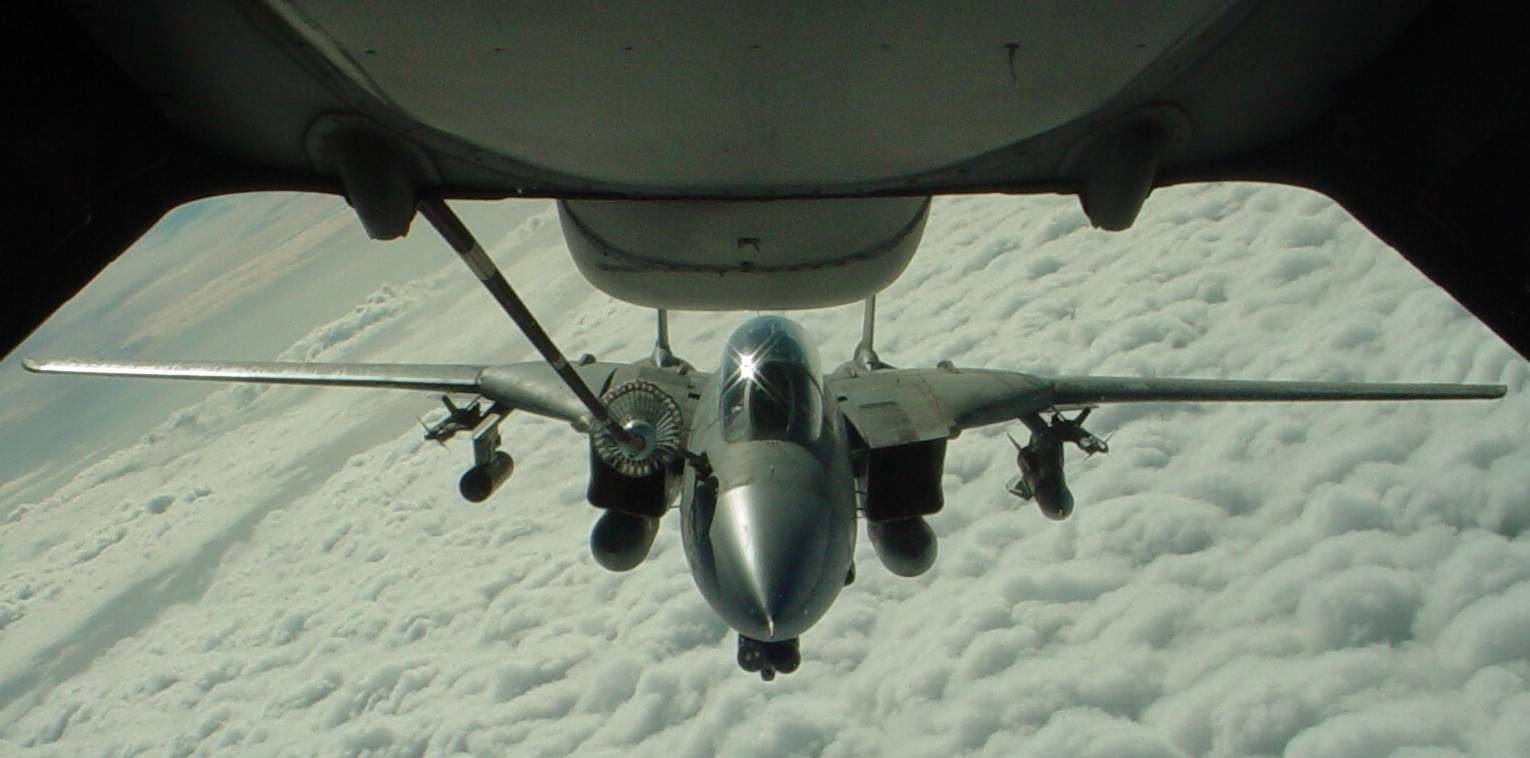 F-14D Tomcat (VF-2 / CVW-2) during inflight refueling - 2003  F-14D Tomcat (VF-2 / CVW-2) embarked on USS Constellation (CV 64) - December 2002 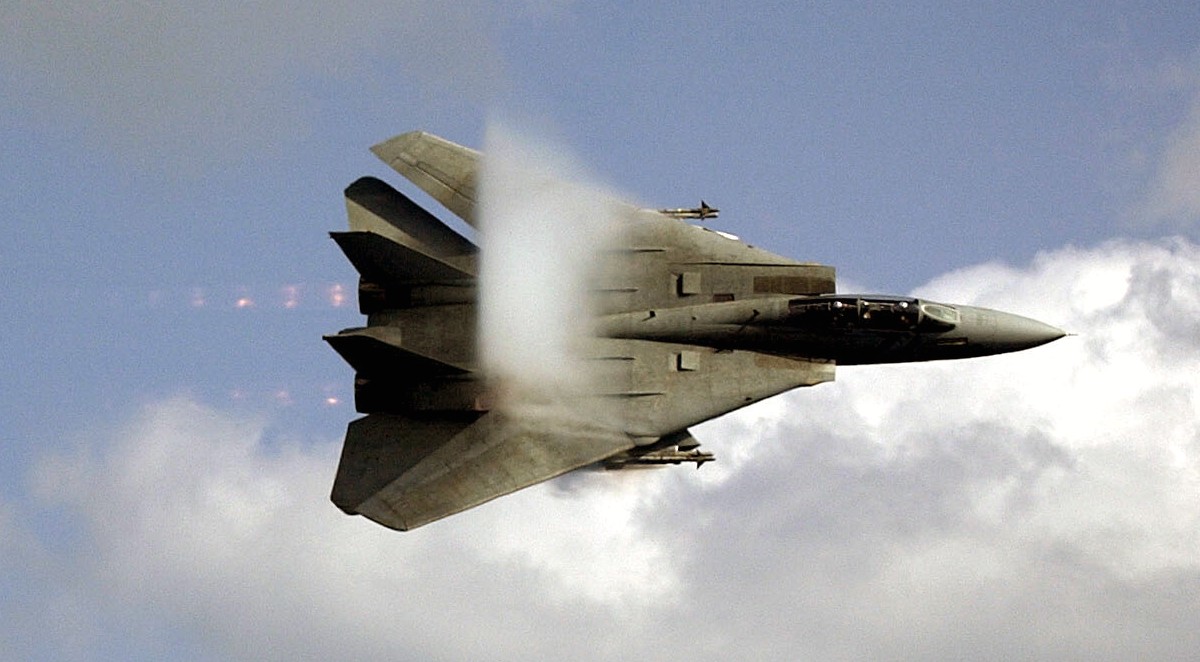 F-14D Tomcat (VF-2 / CVW-2) embarked on USS Constellation (CV 64) - December 2002 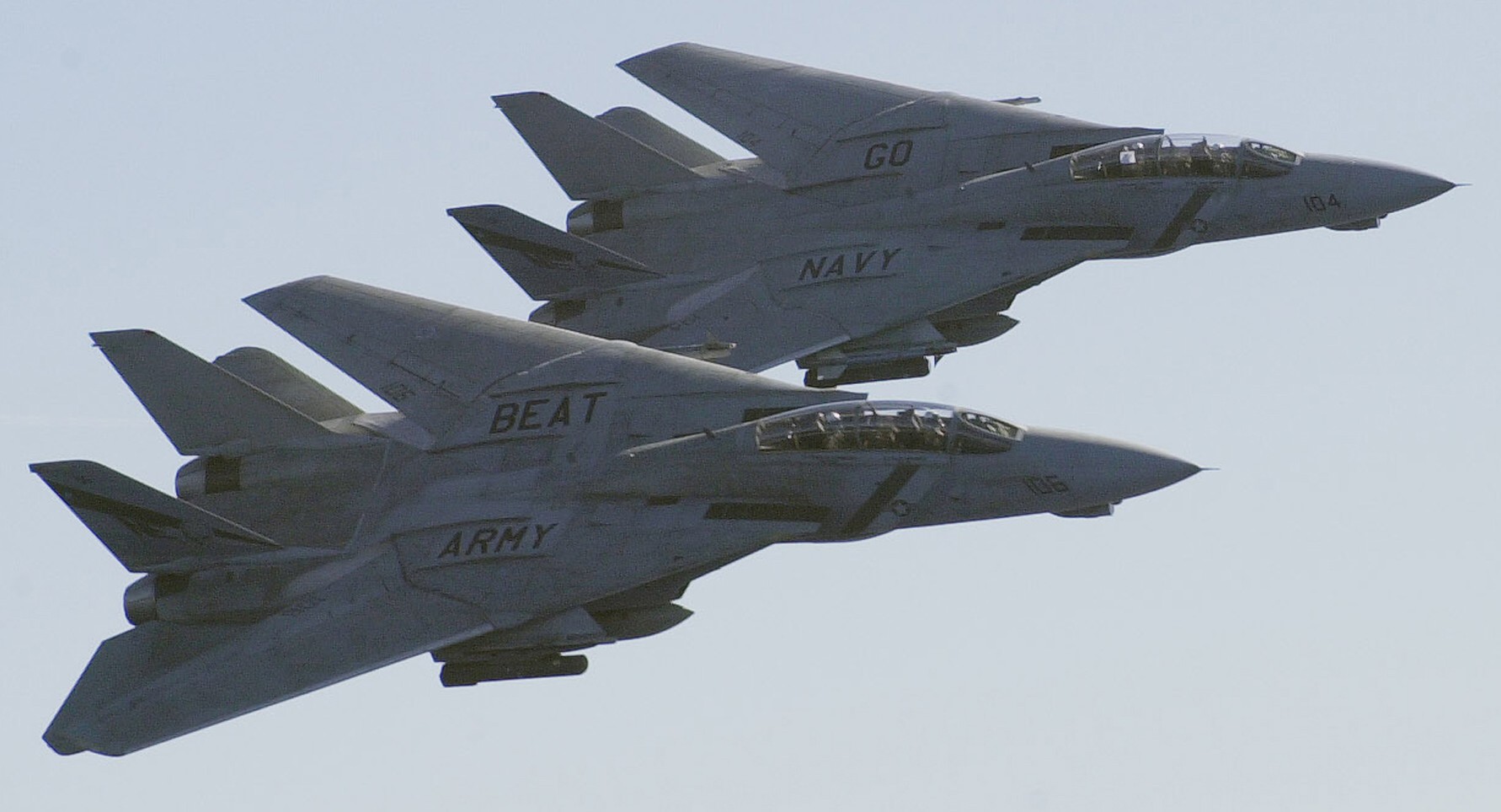 F-14D Tomcats (VF-2 / CVW-2) with special messages for the upcoming Army vs. Navy Football Game - November 2002 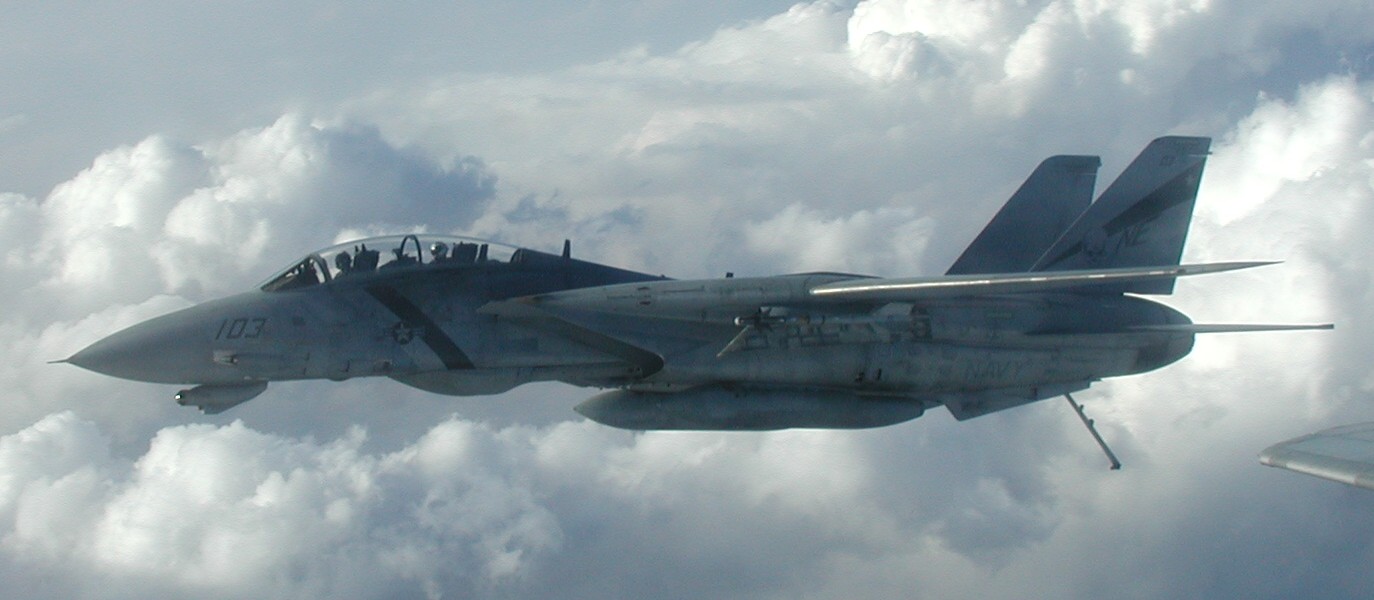 F-14D Tomcat (VF-2 / CVW-2) embarked on USS Constellation (CV 64) - November 2002 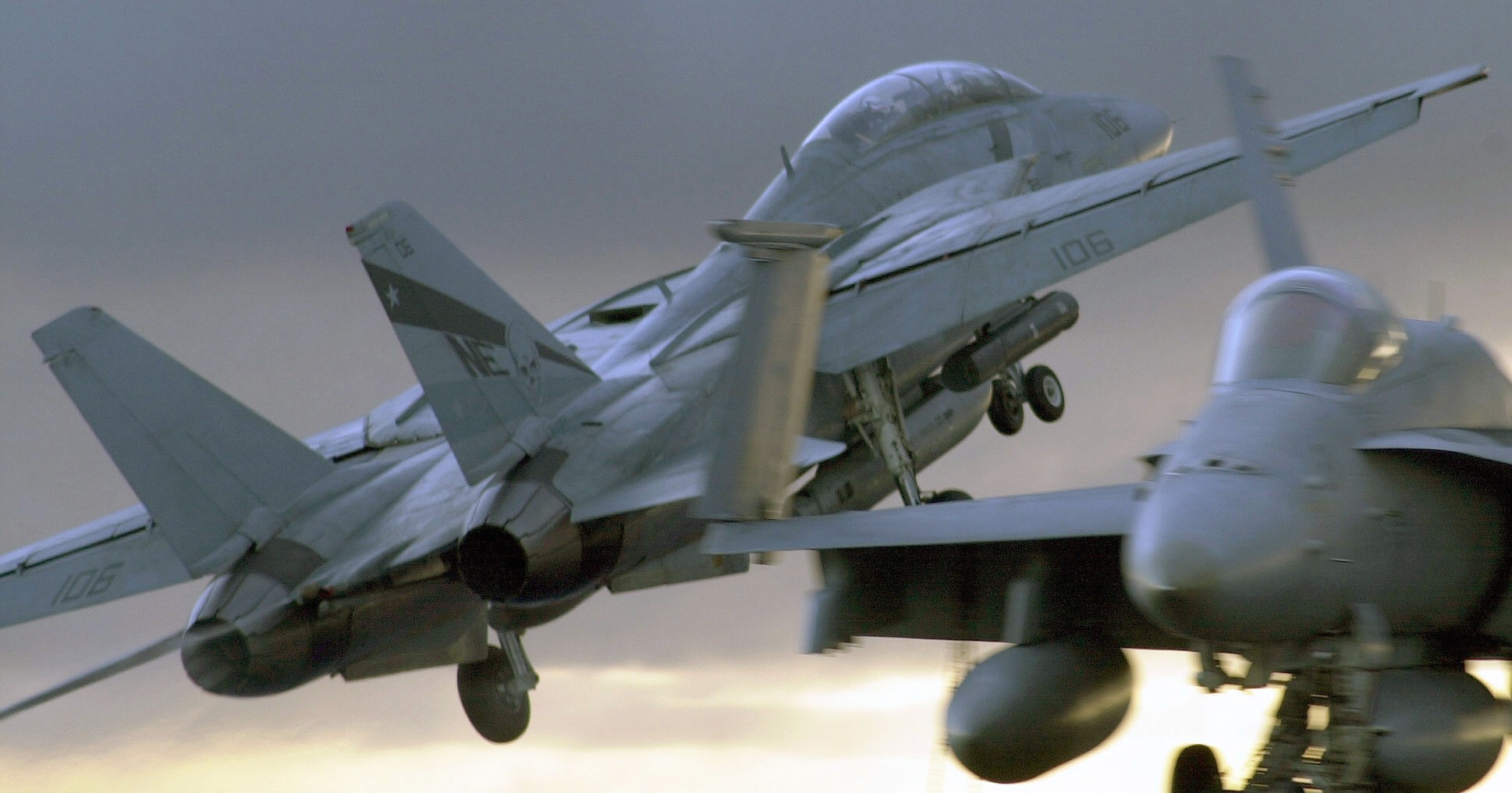 F-14D Tomcat (VF-2 / CVW-2) embarked on USS Constellation (CV 64) - November 2002 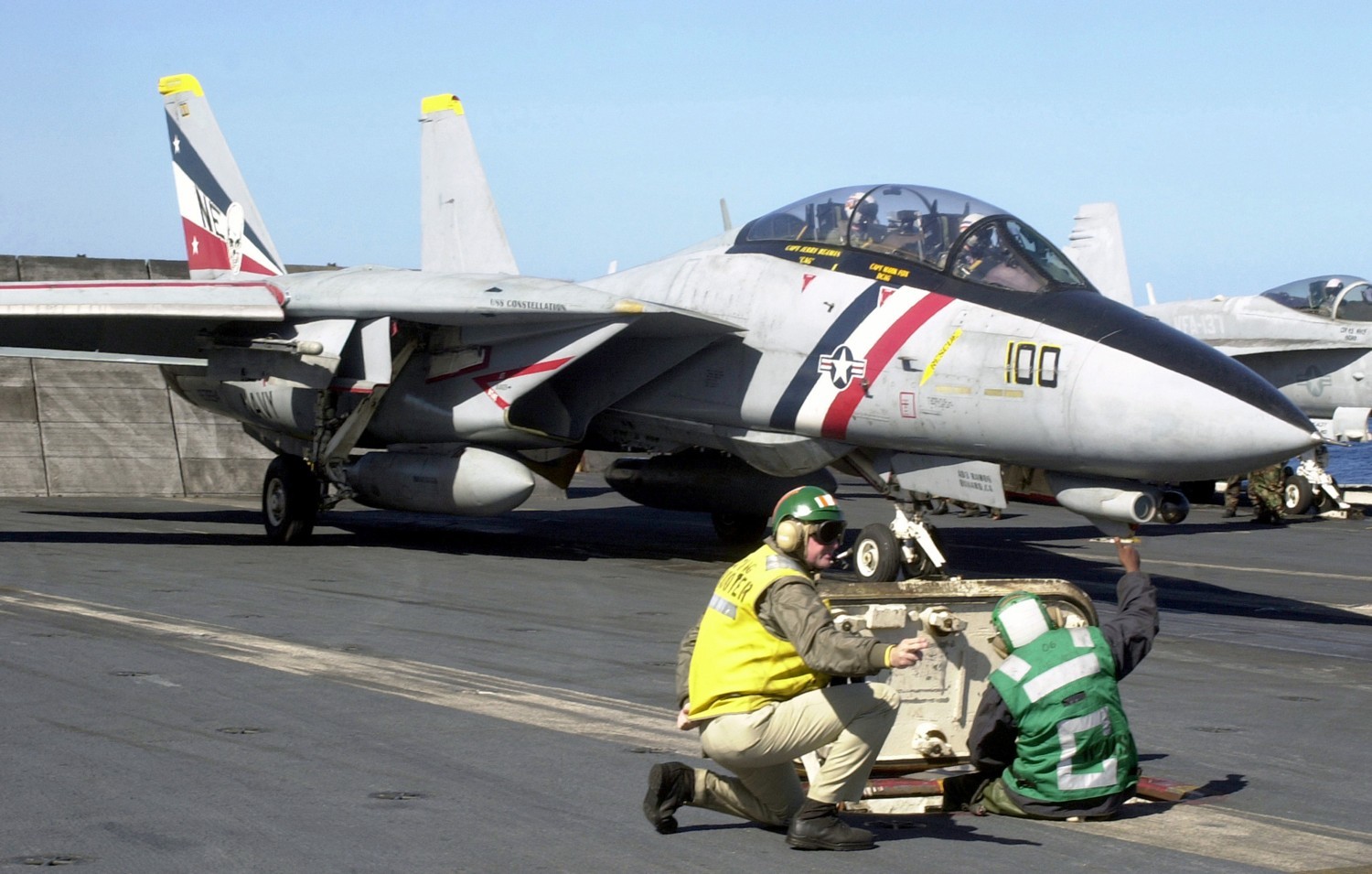 F-14D Tomcat (VF-2 / CVW-2) embarked on USS Constellation (CV 64) - April 2001 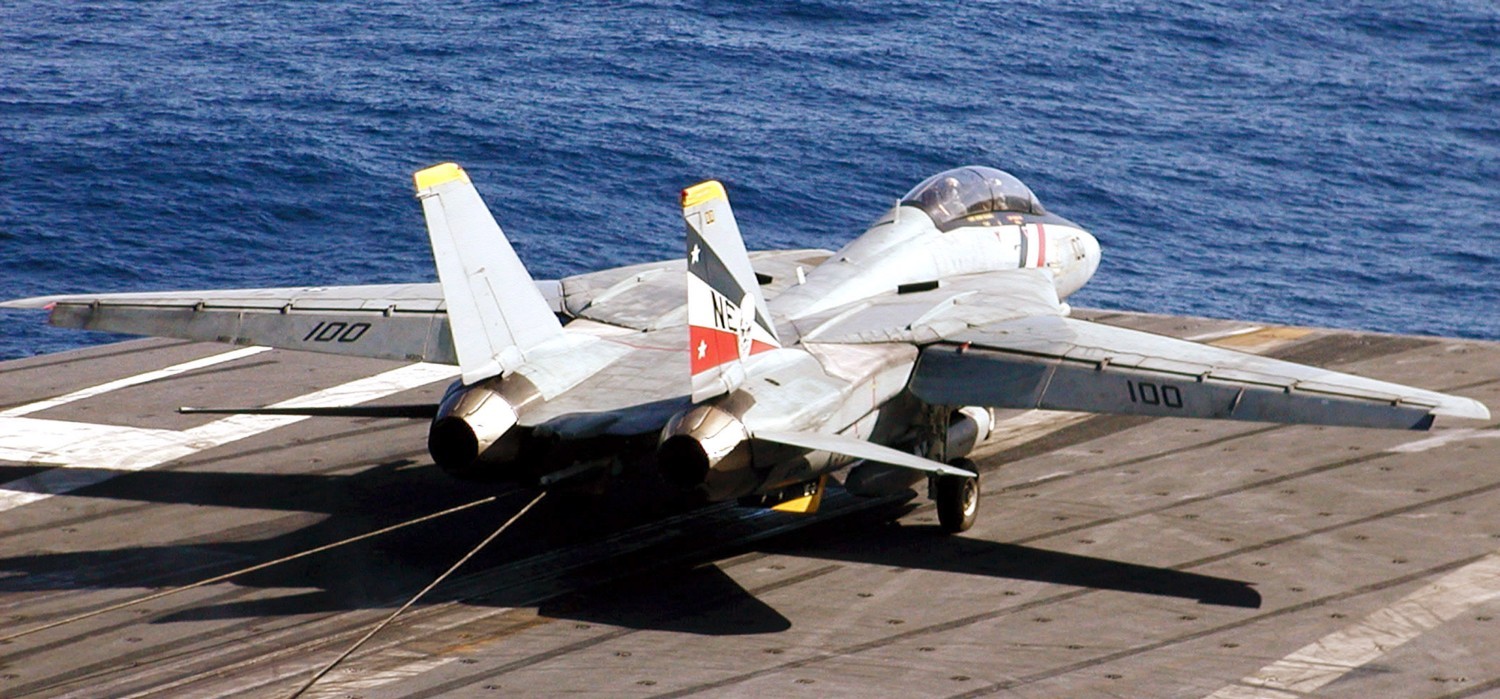 F-14D Tomcat (VF-2 / CVW-2) embarked on USS Constellation (CV 64) - April 2001  F-14D Tomcat (VF-2 / CVW-2) embarked on USS Constellation (CV 64) - April 2001 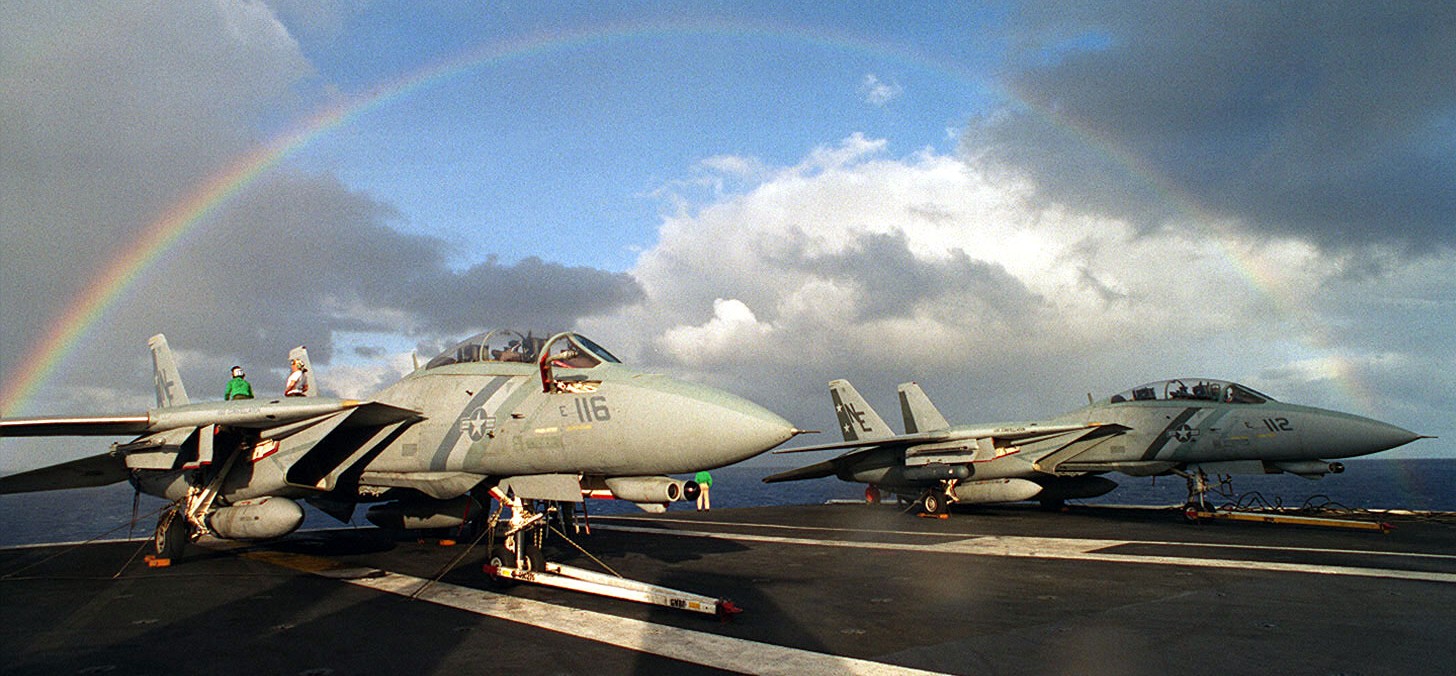 F-14D Tomcat (VF-2 / CVW-2) embarked on USS Constellation (CV 64) - April 1997  F-14D Tomcat (VF-2 / CVW-2) embarked on USS Constellation (CV 64) - circa 1994  F-14A Tomcat (VF-2 / CVW-2) embarked on USS Ranger (CV 61) - 1993  F-14A Tomcat (VF-2 / CVW-2) embarked on USS Ranger (CV 61) - 1993 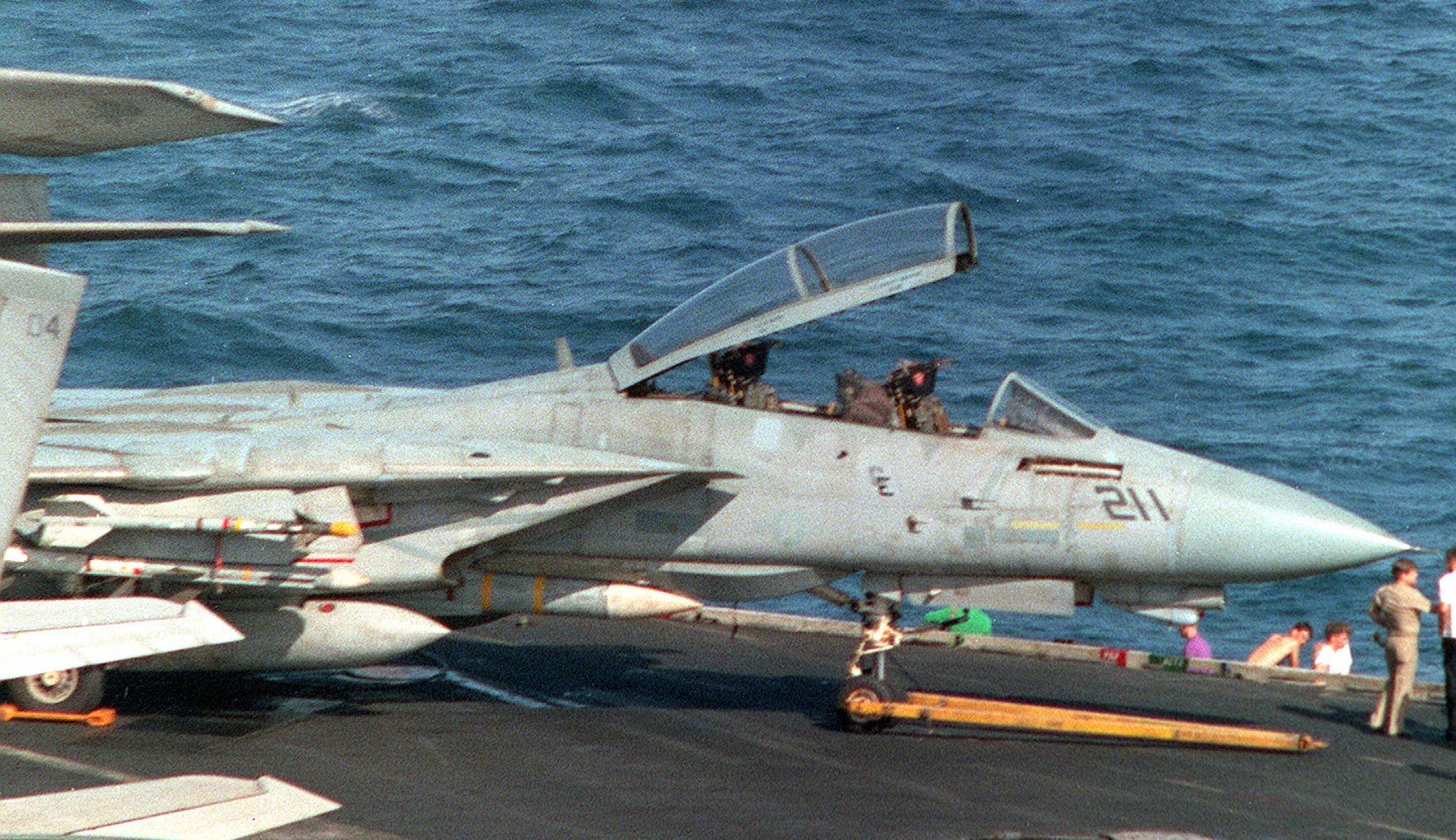 F-14A Tomcat (VF-2 / CVW-2) embarked on USS Ranger (CV 61) - 1993  F-14A Tomcat (VF-2 / CVW-2) embarked on USS Ranger (CV 61) - 1990 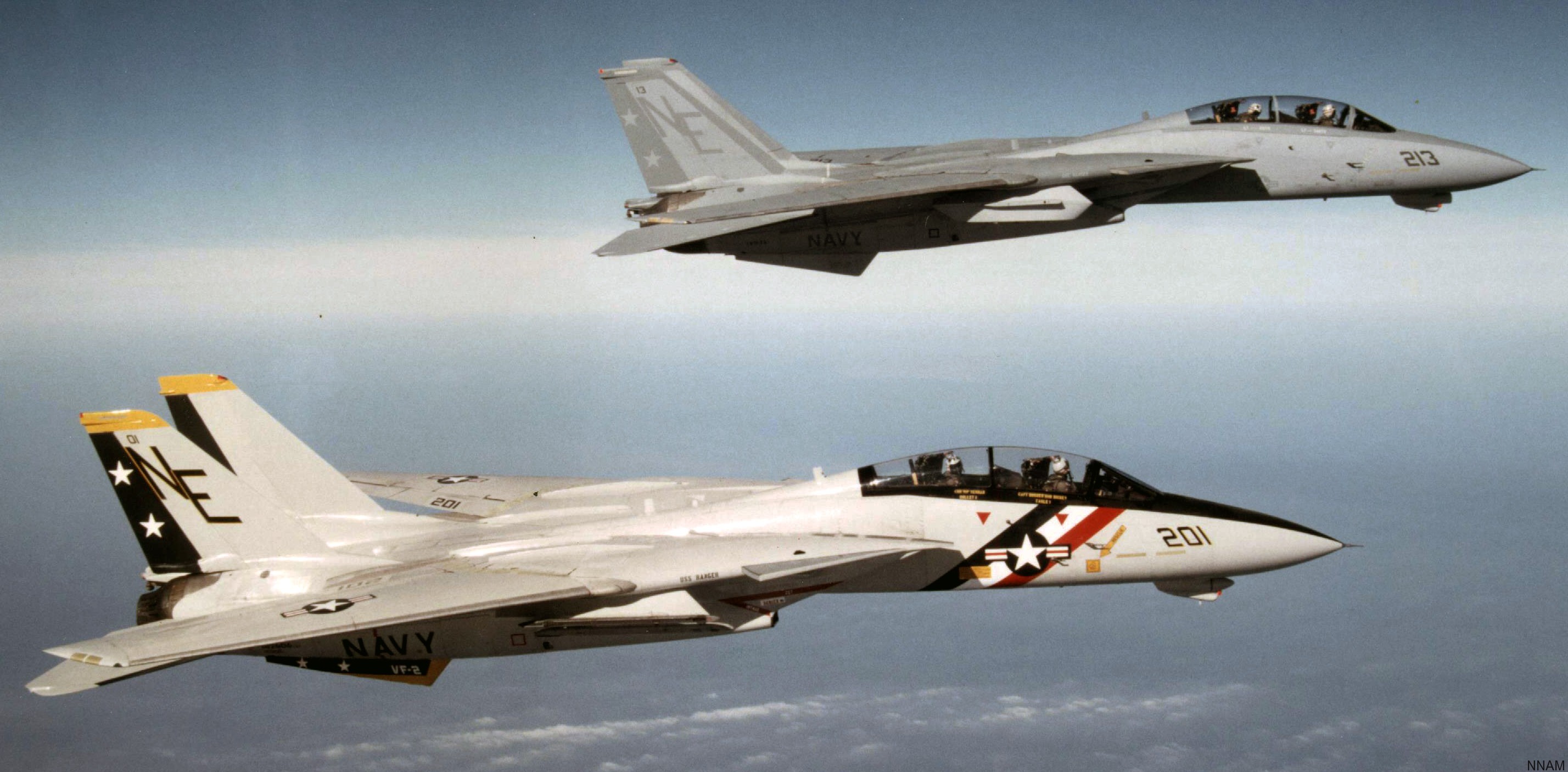 F-14A Tomcats (VF-2 / CVW-2) embarked on USS Ranger (CV 61) - November 1989 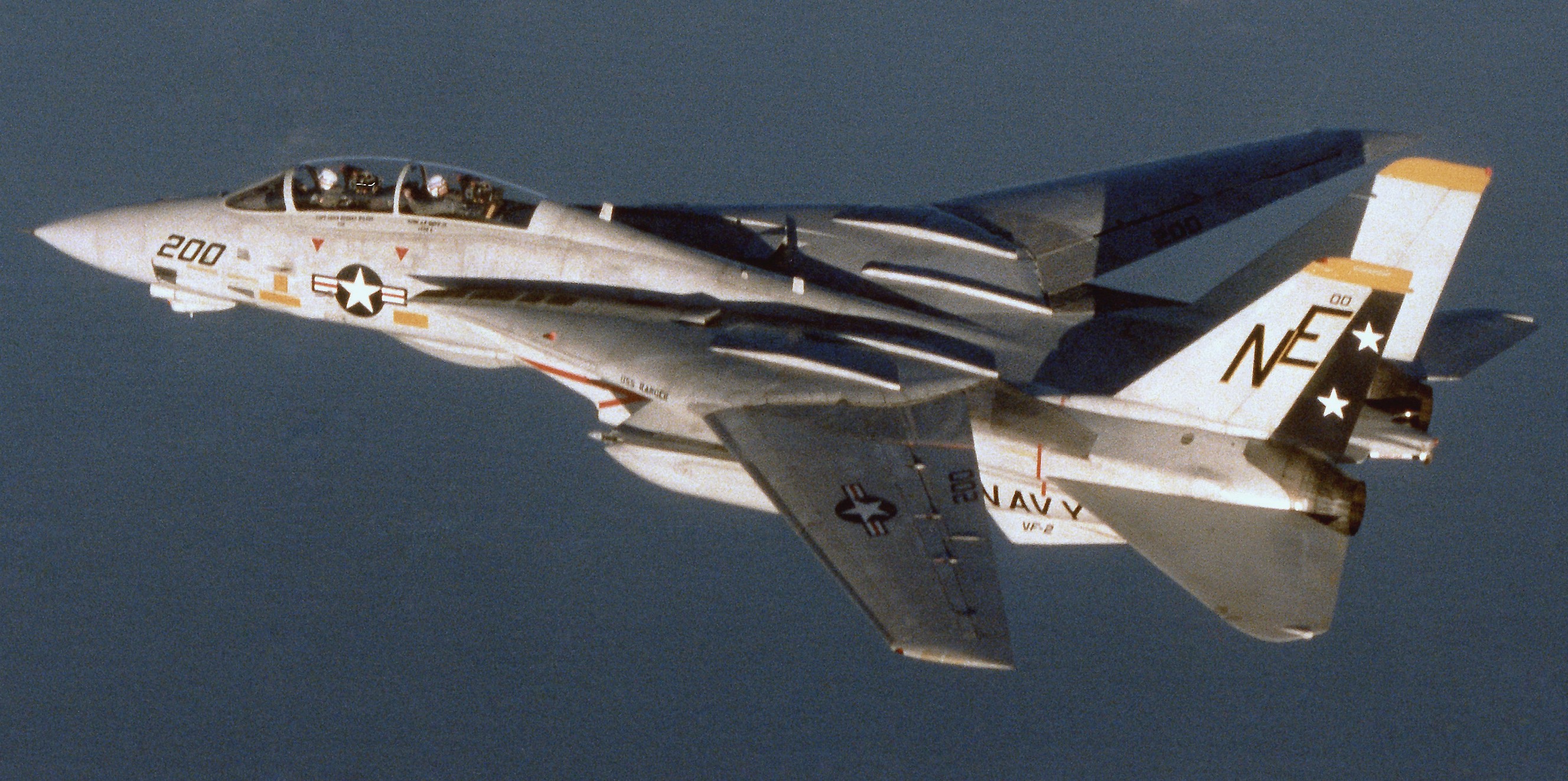 F-14A Tomcat (VF-2 / CVW-2) over California - September 1989  F-14A Tomcat (VF-2 / CVW-2) embarked on USS Ranger (CV 61) - 1989 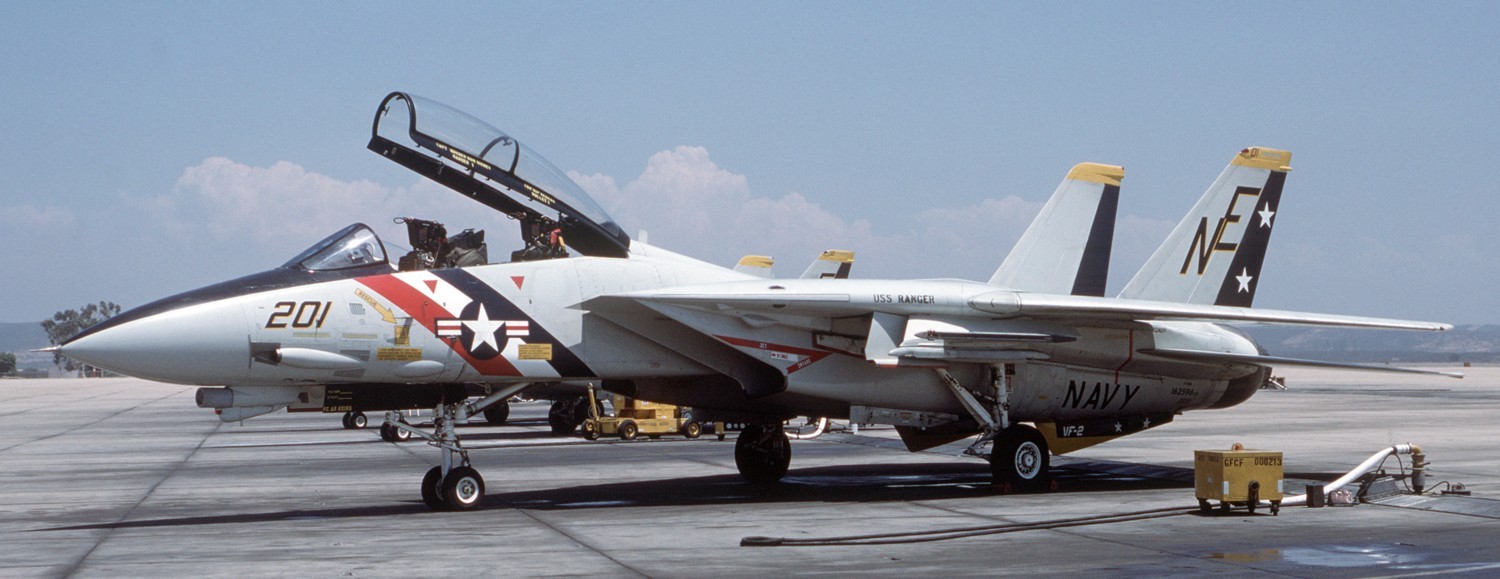 F-14A Tomcat (VF-2 / CVW-2) embarked on USS Ranger (CV 61) - 1989  F-14A Tomcats (VF-2 / CVW-2) embarked on USS Ranger (CV 61) - 1989  F-14A Tomcats (VF-2 / CVW-2) embarked on USS Ranger (CV 61) - 1989  F-14A Tomcats (VF-2 / CVW-2) embarked on USS Ranger (CV 61) - 1989  F-14A Tomcats (VF-2 / CVW-2) embarked on USS Ranger (CV 61) - 1989 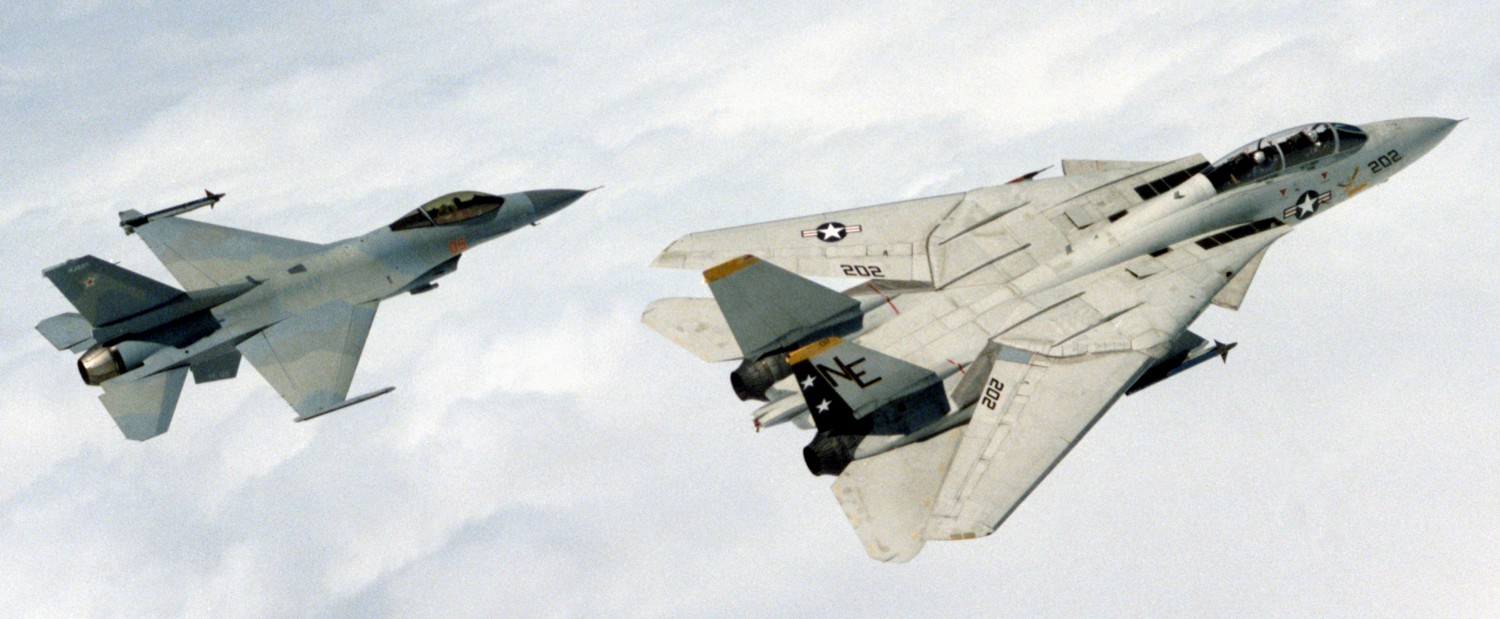 F-14A Tomcat (VF-2 / CVW-2) embarked on USS Ranger (CV 61) with a F-16N (VF-126) - 1989  excerpt 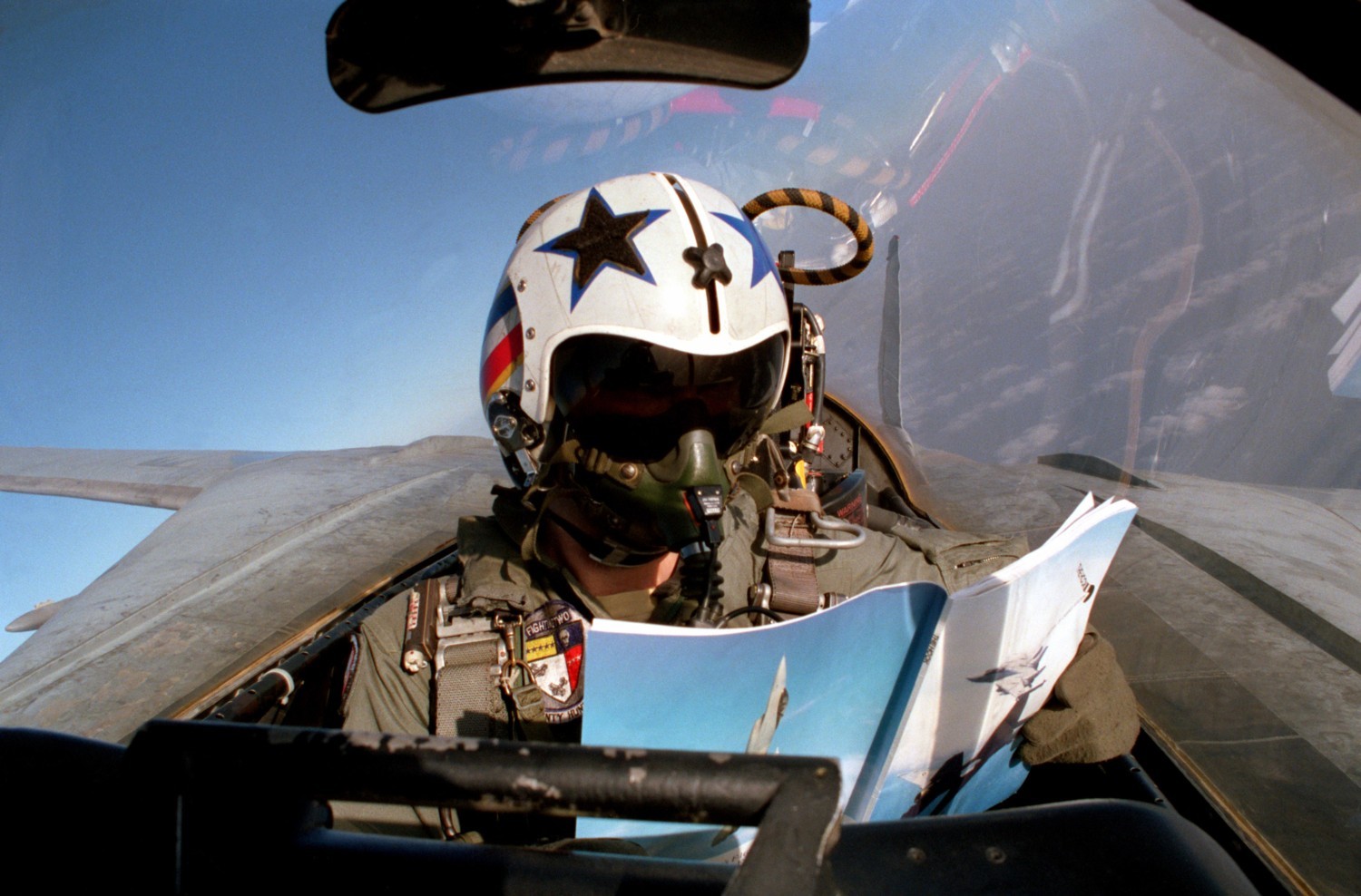 F-14A Tomcat (VF-2 / CVW-2) embarked on USS Ranger (CV 61) - 1989 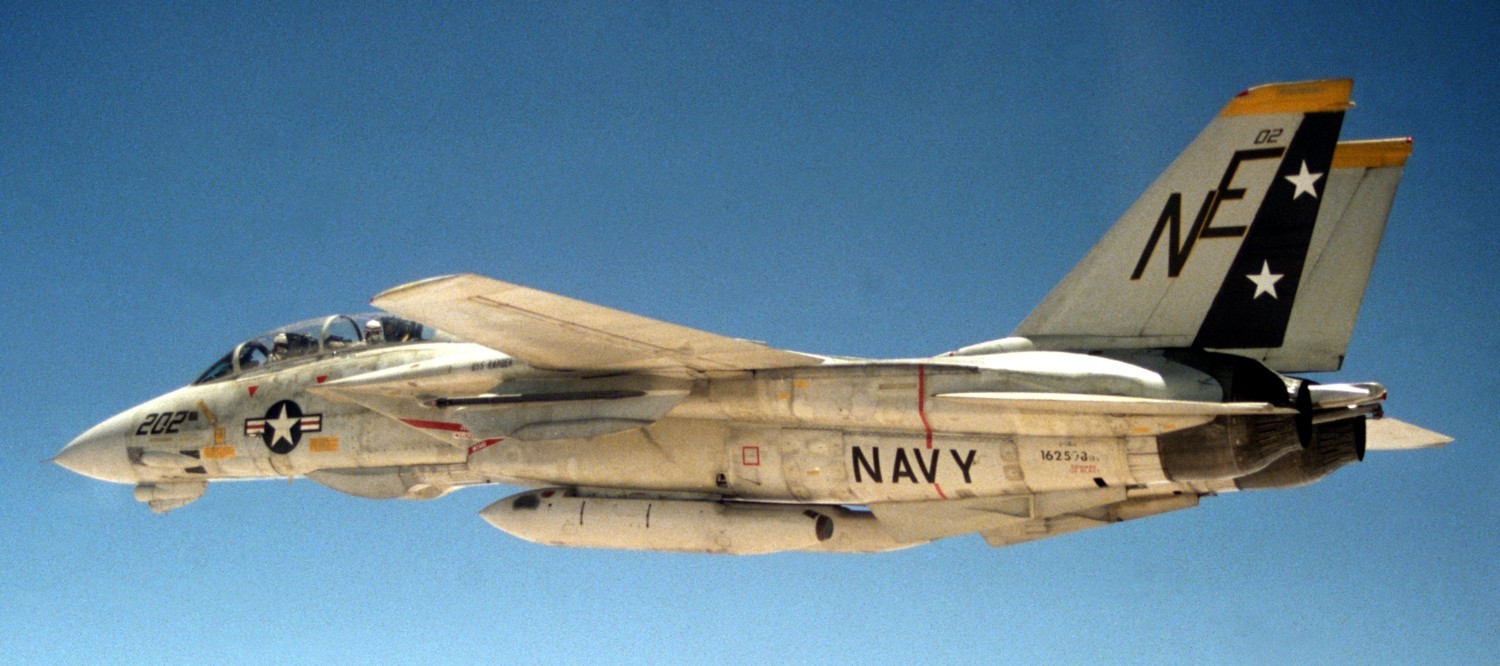 F-14A Tomcat (VF-2 / CVW-2) embarked on USS Ranger (CV 61) - 1989 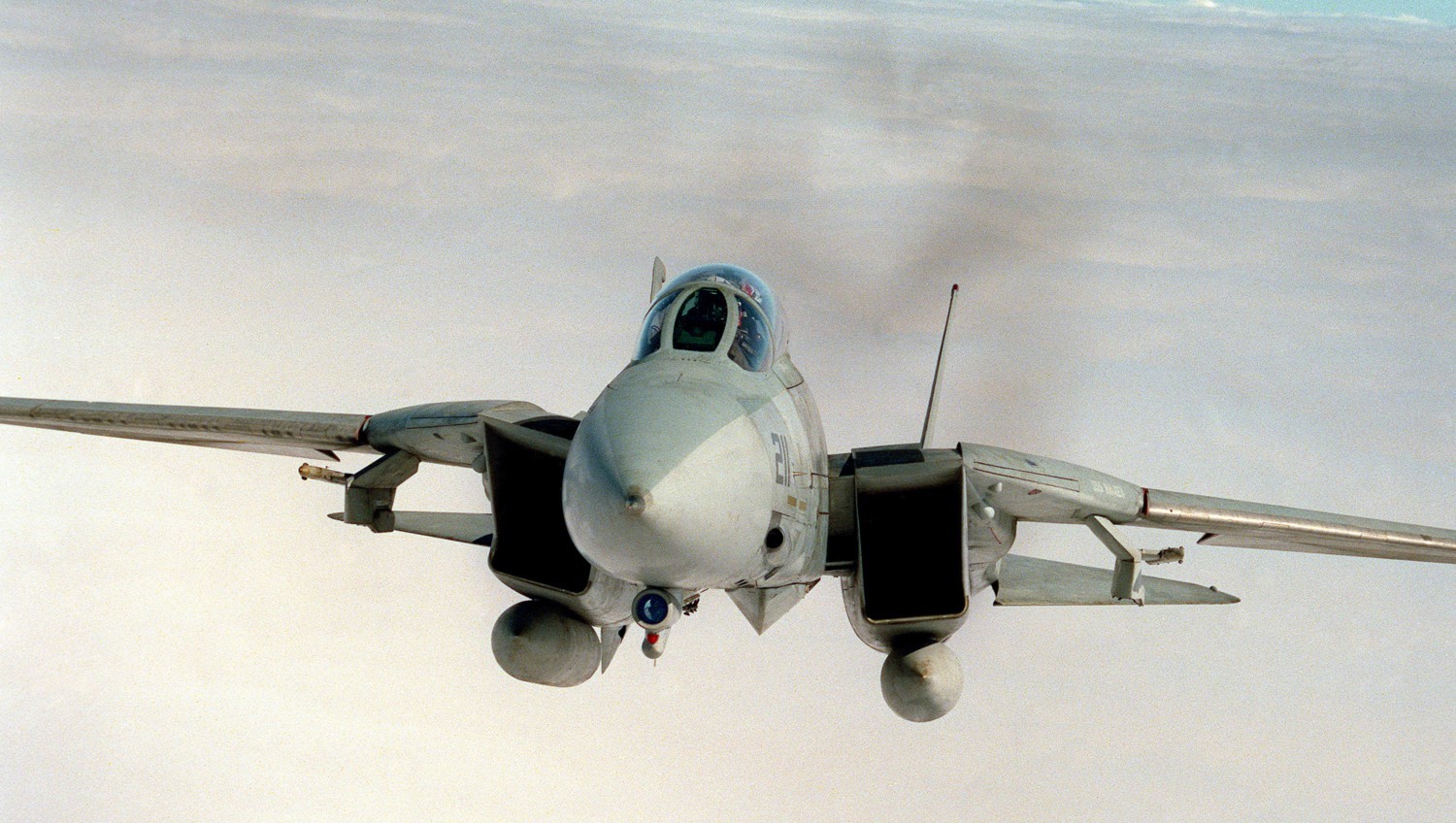 F-14A Tomcat (VF-2 / CVW-2) embarked on USS Ranger (CV 61) - 1989 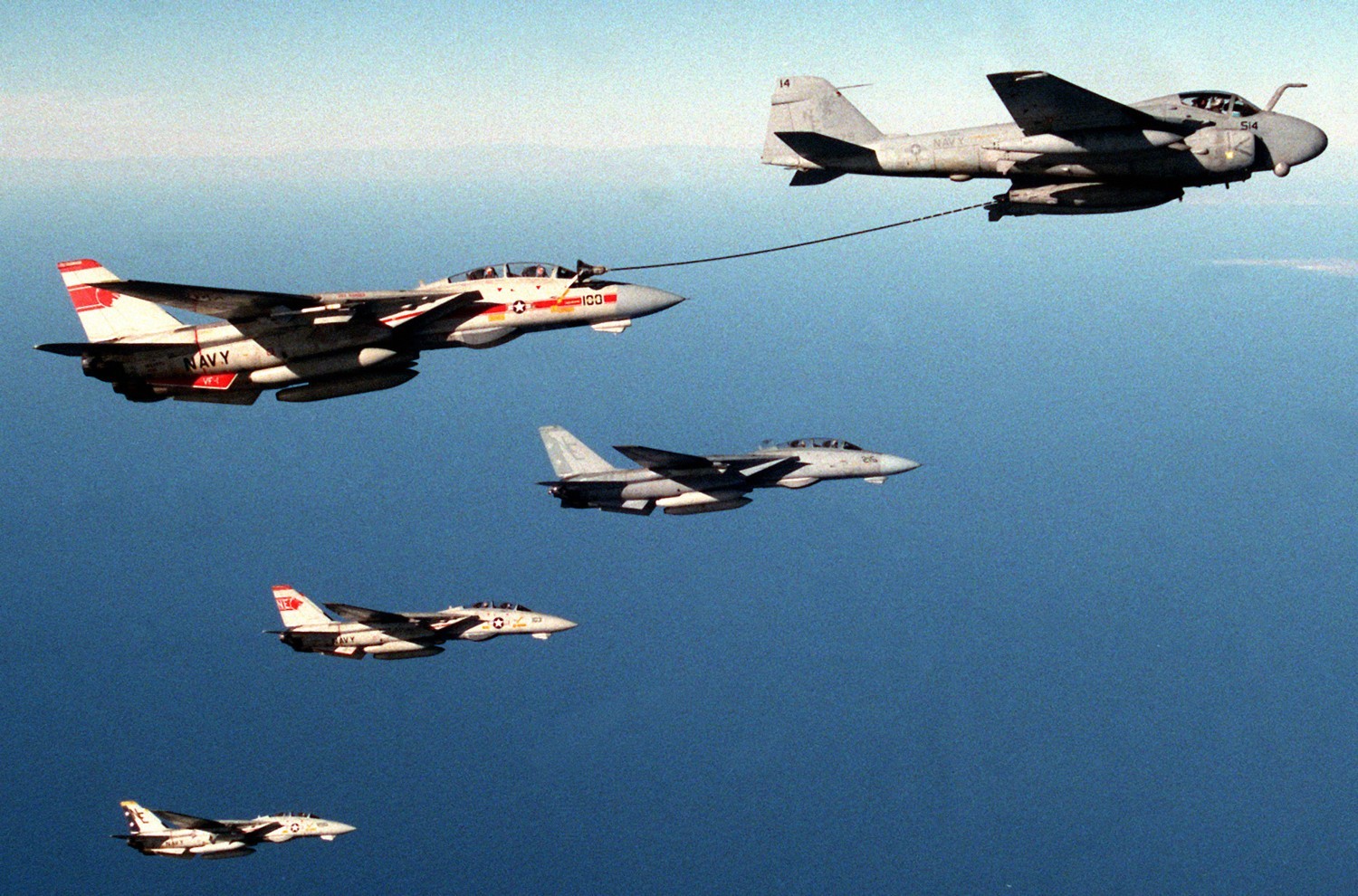 F-14A Tomcats (VF-2 / CVW-2) embarked on USS Ranger (CV 61) during aerial refueling with an A-6E Intruder of VA-145 - 1989 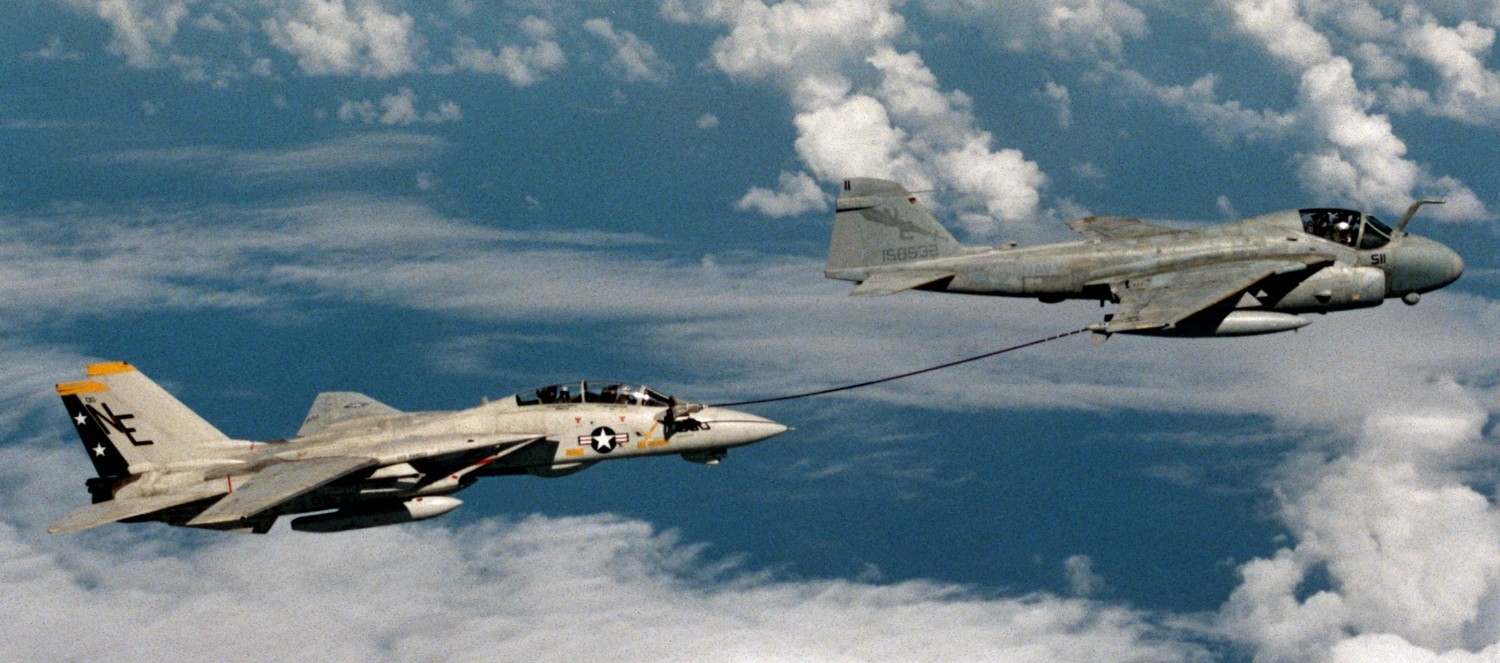 F-14A Tomcat (VF-2 / CVW-2) embarked on USS Ranger (CV 61) during aerial refueling with an A-6E Intruder of VA-145 - 1989 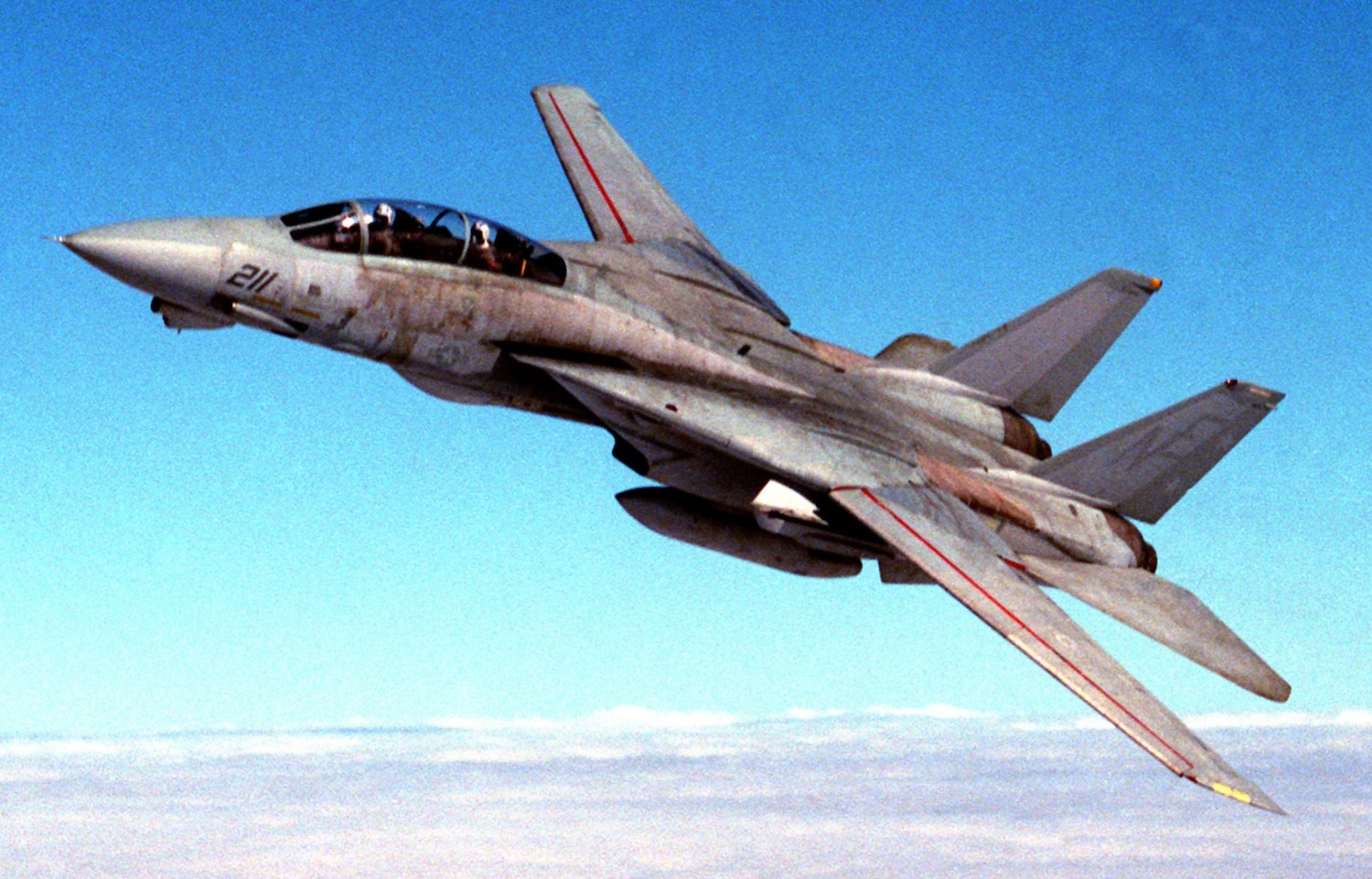 F-14A Tomcat (VF-2 / CVW-2) embarked on USS Ranger (CV 61) - 1989 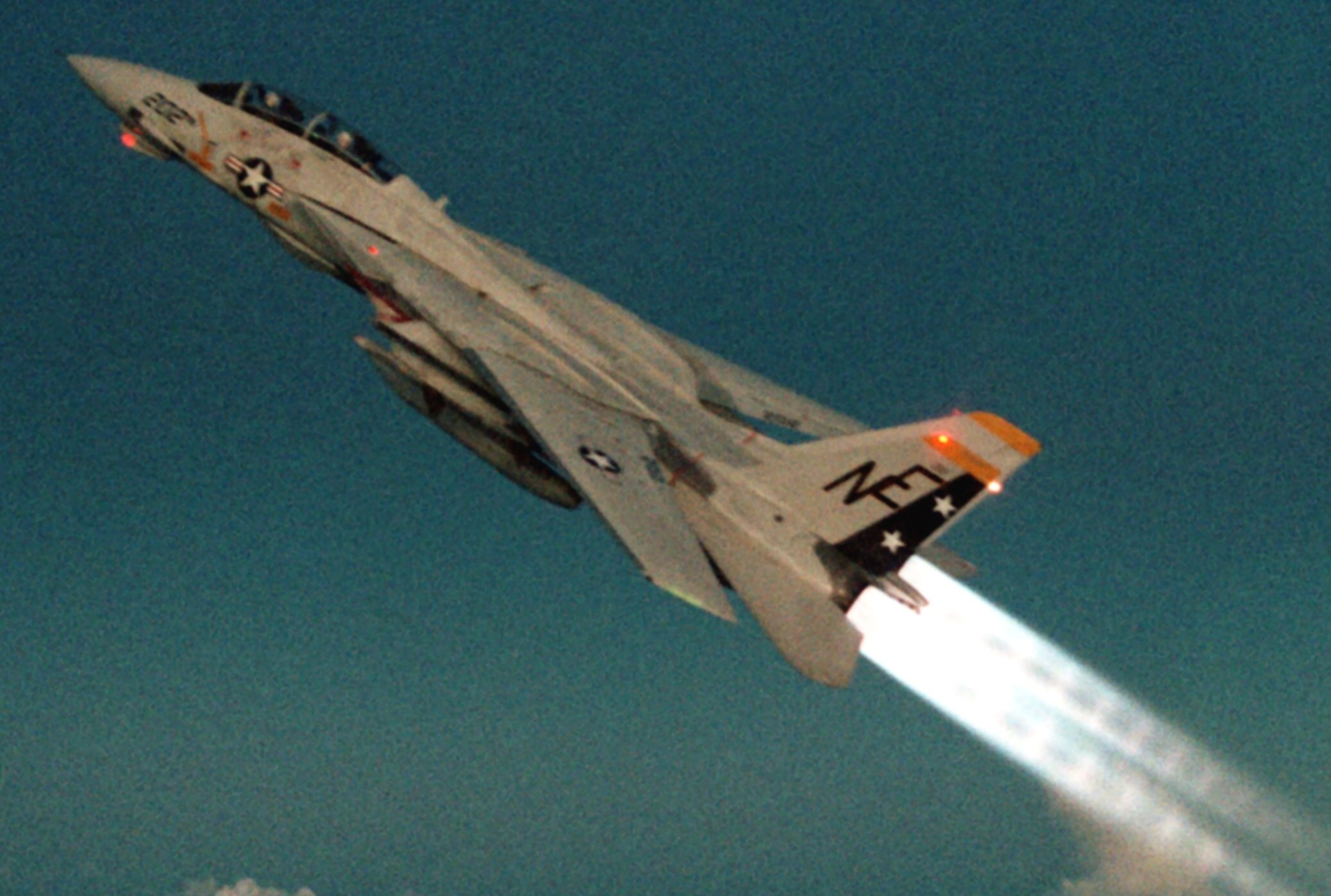 F-14A Tomcat (VF-2 / CVW-2) embarked on USS Ranger (CV 61) - 1989 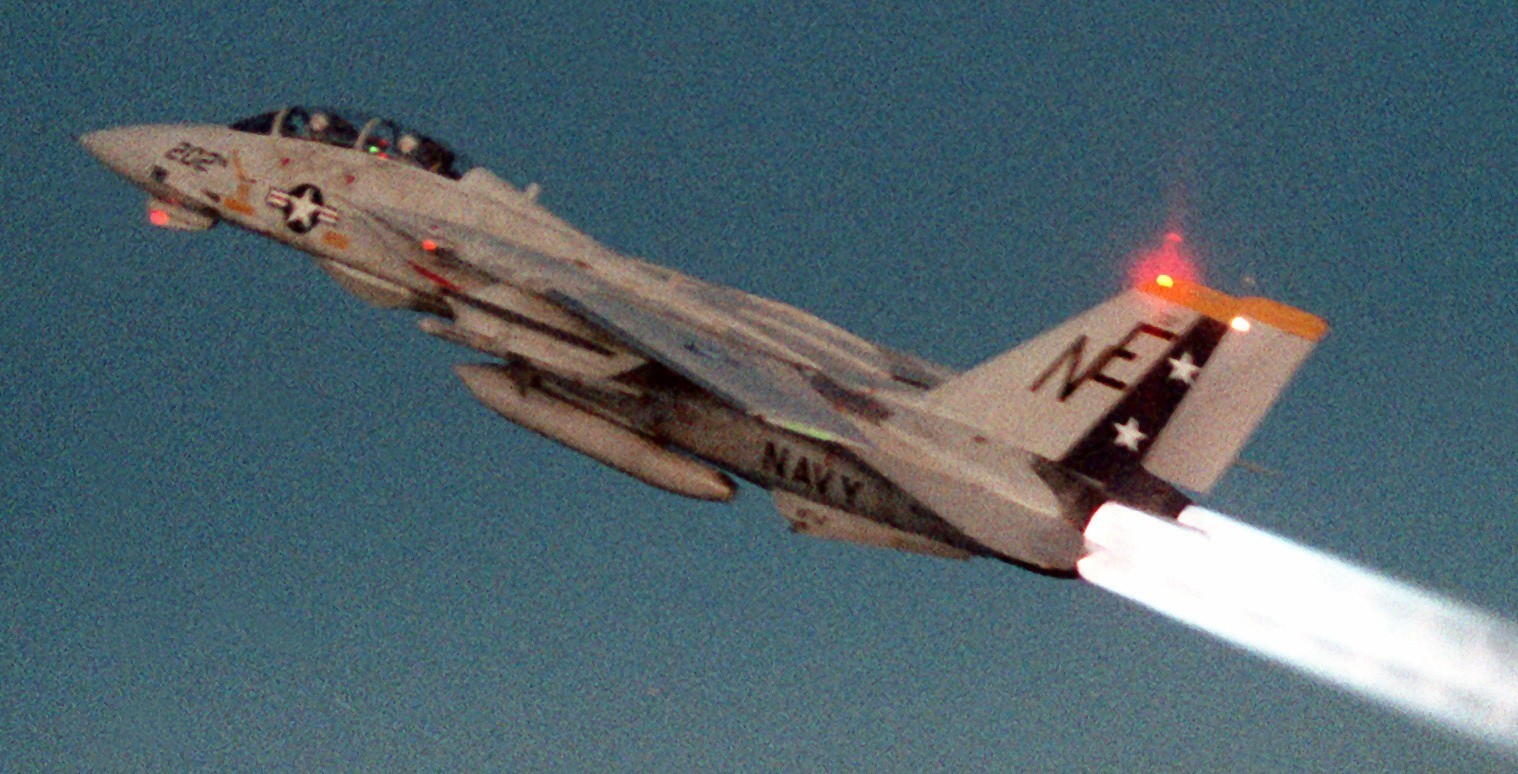 F-14A Tomcat (VF-2 / CVW-2) embarked on USS Ranger (CV 61) - 1989  F-14A Tomcat (VF-2 / CVW-2) embarked on USS Ranger (CV 61) - 1989 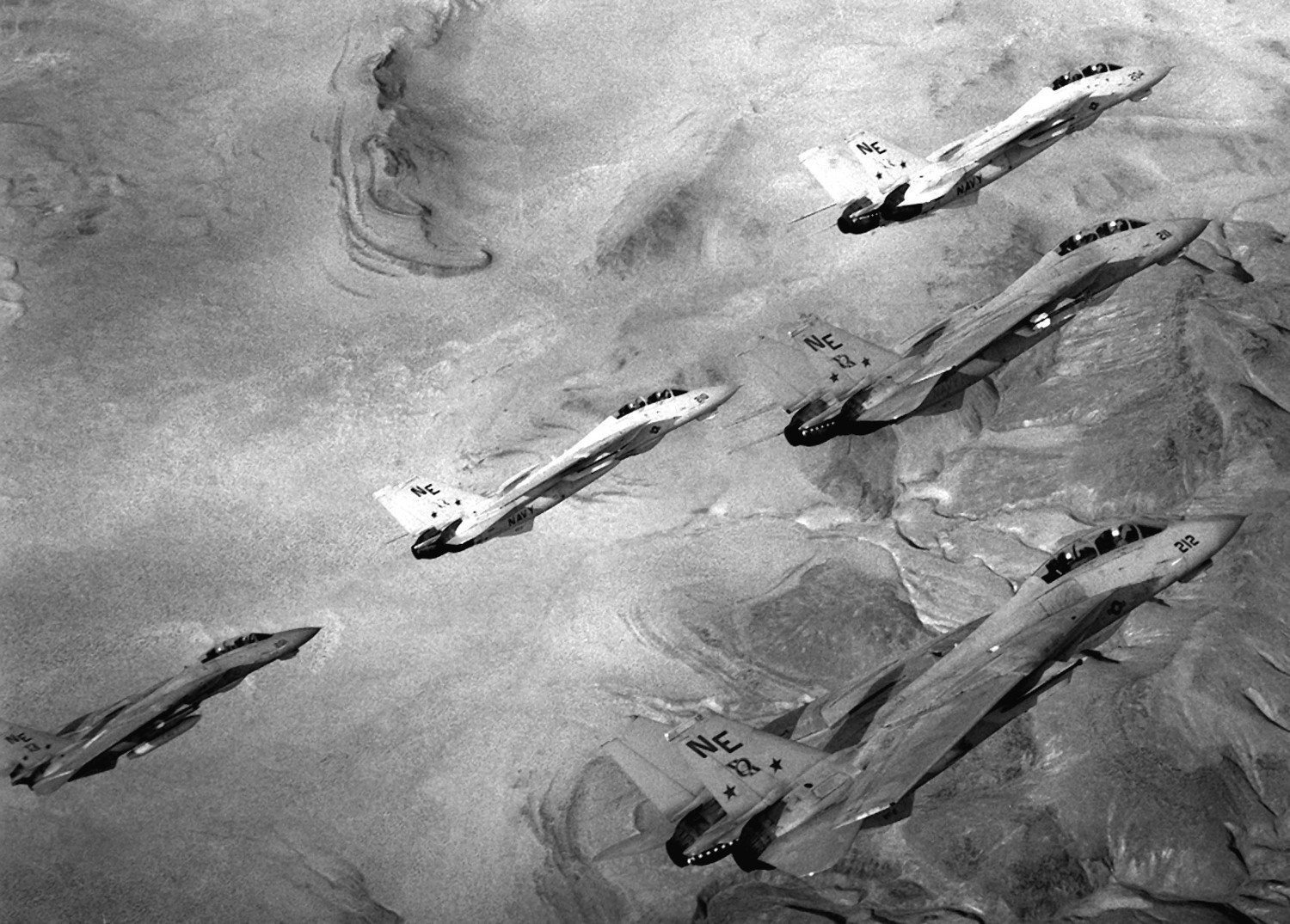 F-14A Tomcats (VF-2 / CVW-2) embarked on USS Ranger (CV 61) at NAS Fallon, Nevada - 1988  F-14A Tomcat (VF-2 / CVW-2) embarked on USS Ranger (CV 61) at NAS Fallon, Nevada - 1988 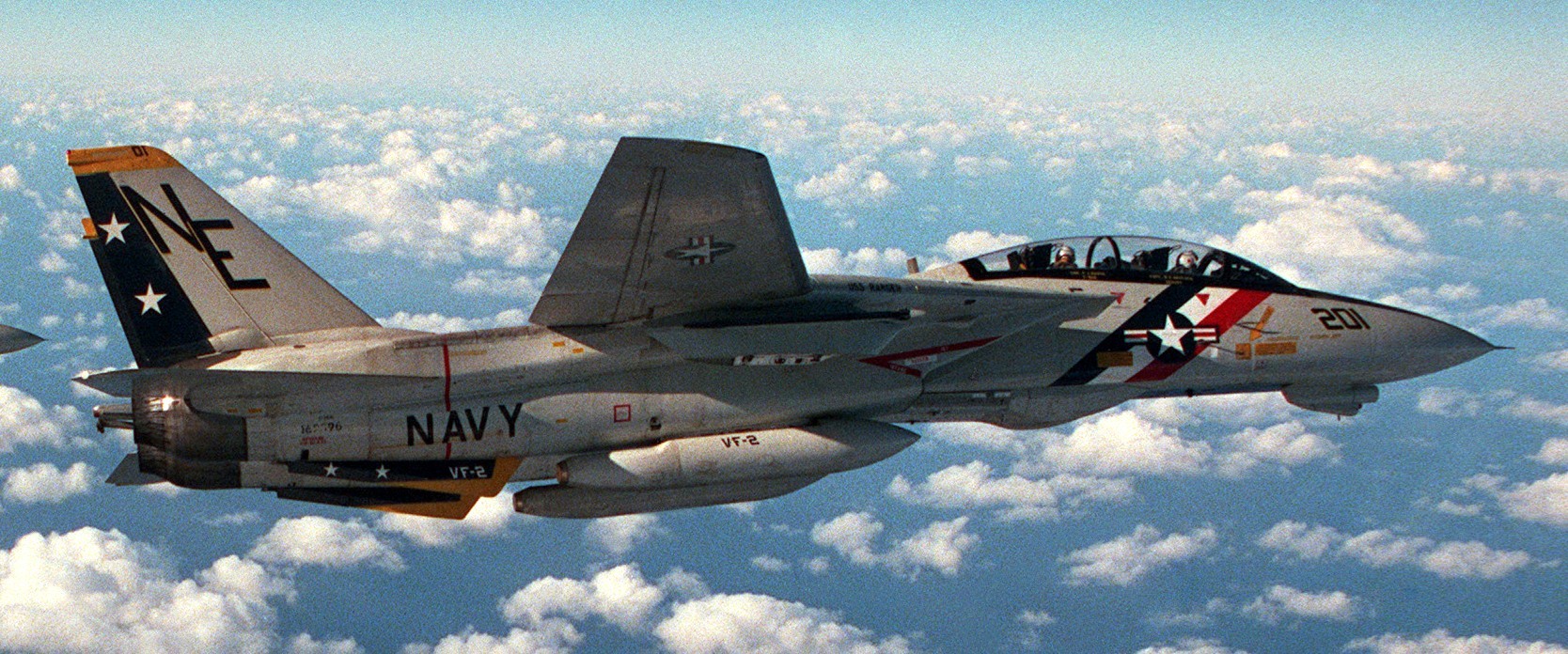 F-14A Tomcat (VF-2 / CVW-2) embarked on USS Ranger (CV 61) - 1988 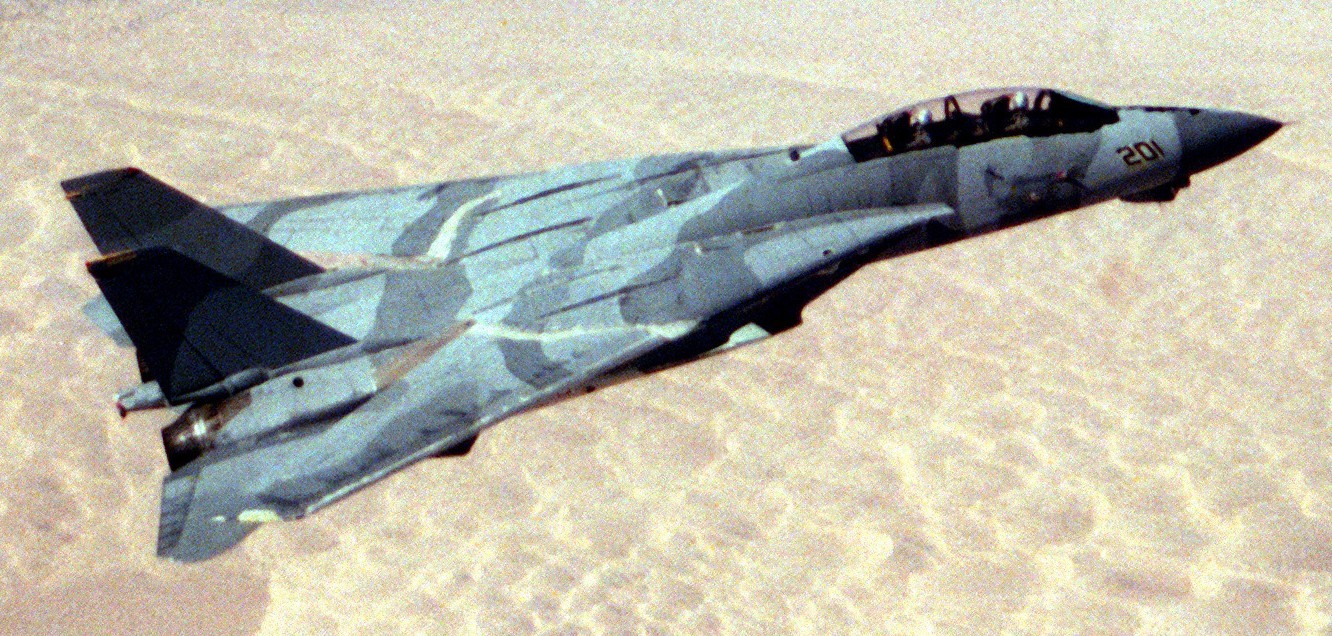 F-14A Tomcat (VF-2 / CVW-2) embarked on USS Ranger (CV 61) - 1988 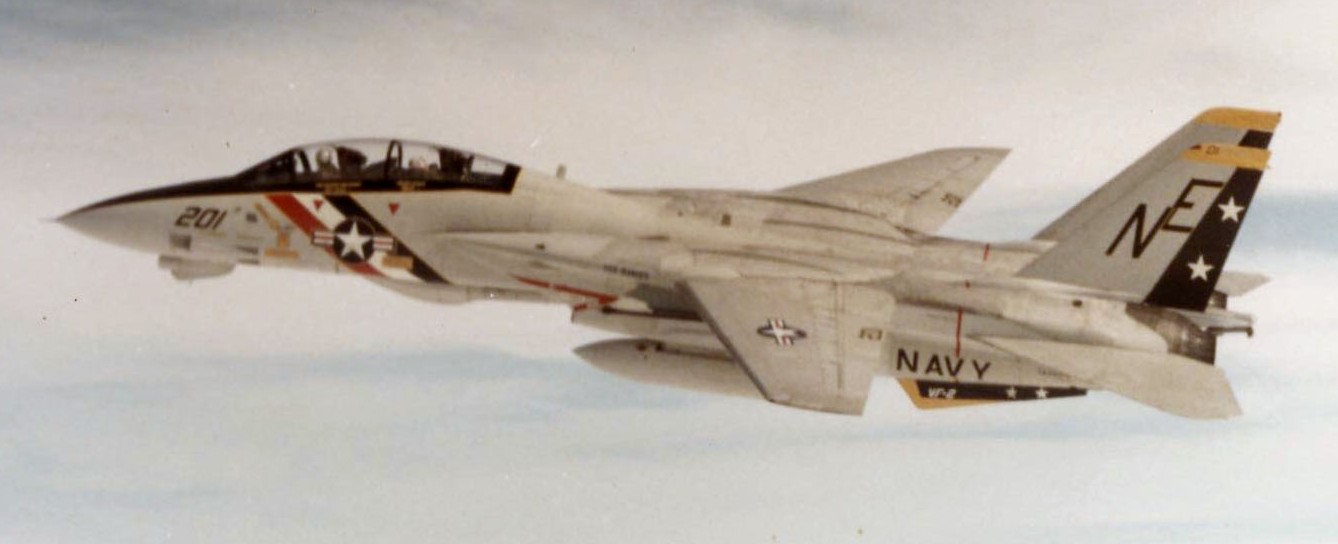 F-14A Tomcat (VF-2 / CVW-2) embarked on USS Ranger (CV 61) - November 1988  F-14A Tomcat (VF-2 / CVW-2) armed with AIM-9 Sidewinder, AIM-7 Sparrow and AIM-54 Phoenix missiles - 1988  F-14A Tomcat (VF-2 / CVW-2) at NAS Fallon, Nevada - 1988  F-14A Tomcat (VF-2 / CVW-2) in temporary camouflage with F-16N Fighting Falcons of VF-126 near MCAS Yuma, Arizona - 1988 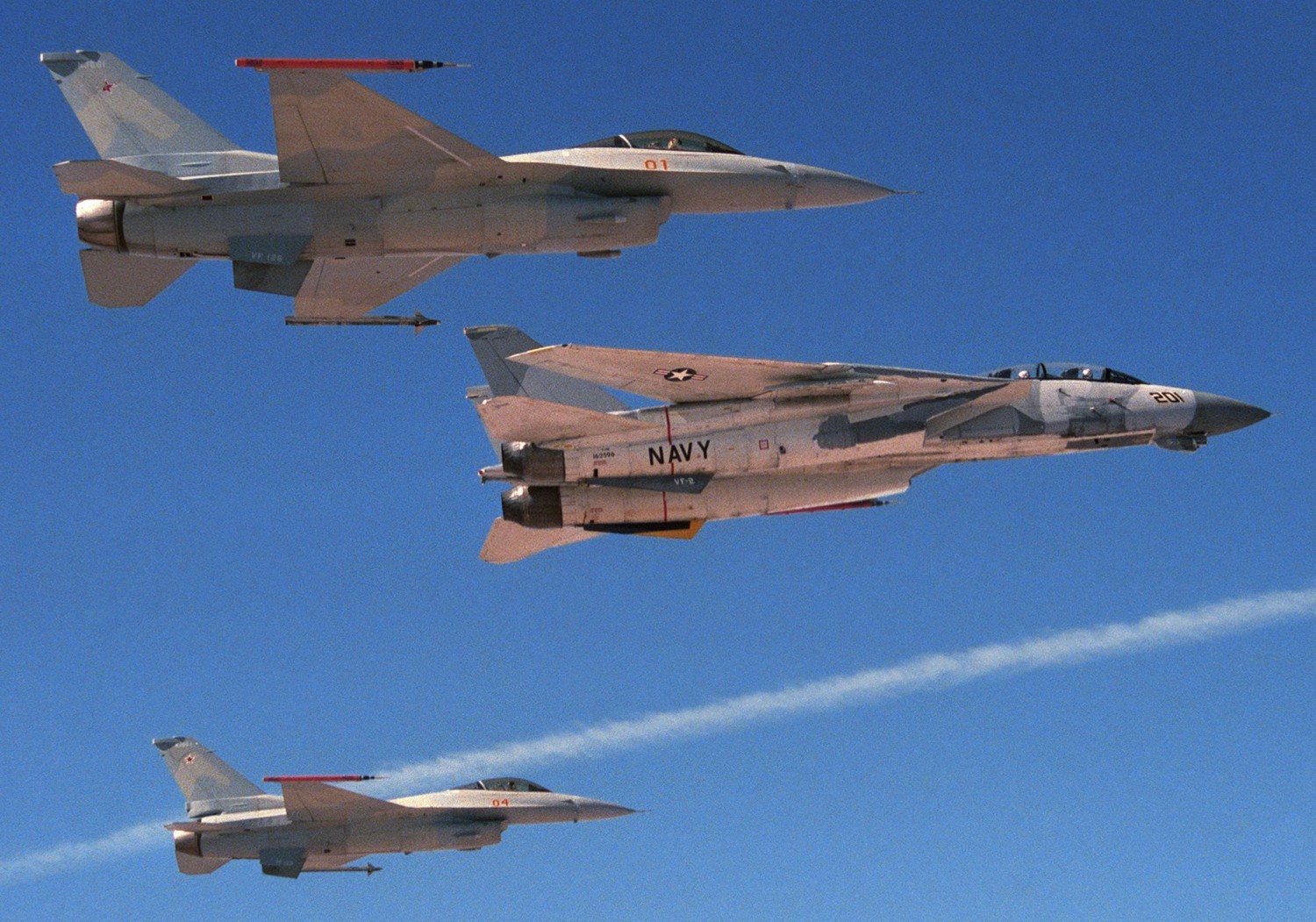 F-14A Tomcat (VF-2 / CVW-2) in temporary camouflage with F-16N Fighting Falcons of VF-126 near MCAS Yuma, Arizona - 1988 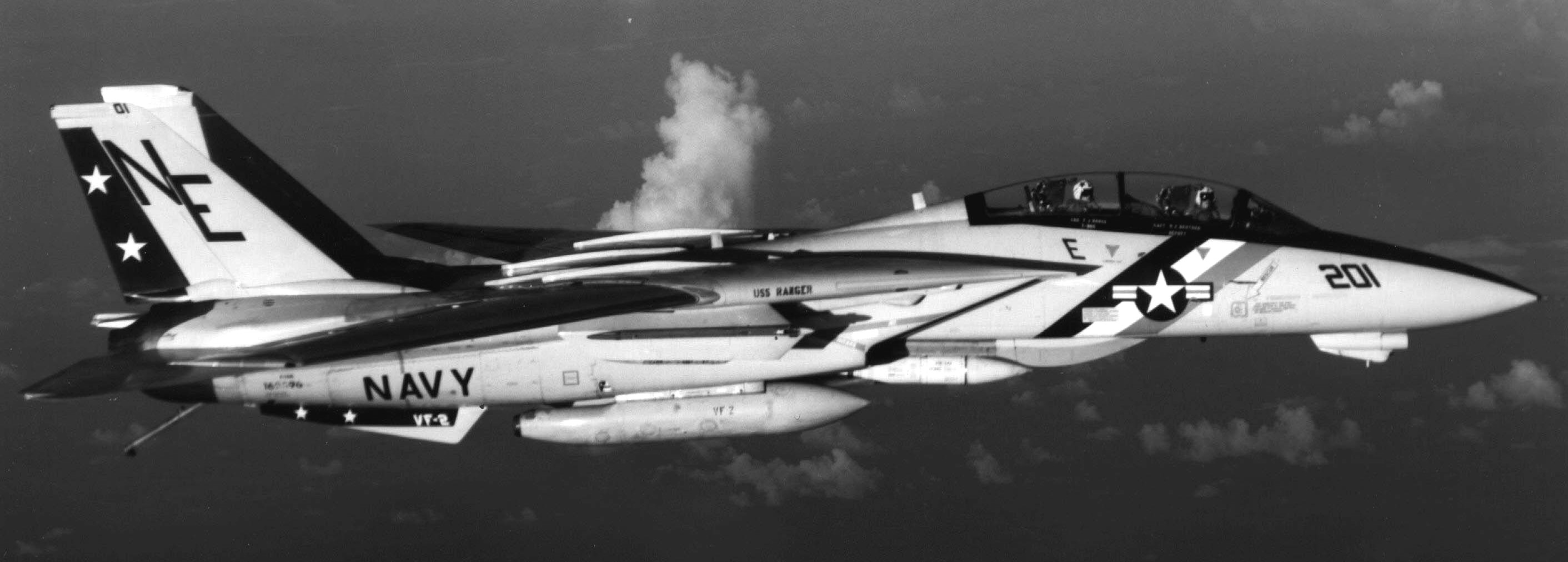 F-14A Tomcat (VF-2 / CVW-2) embarked on USS Ranger (CV 61) - August 1987 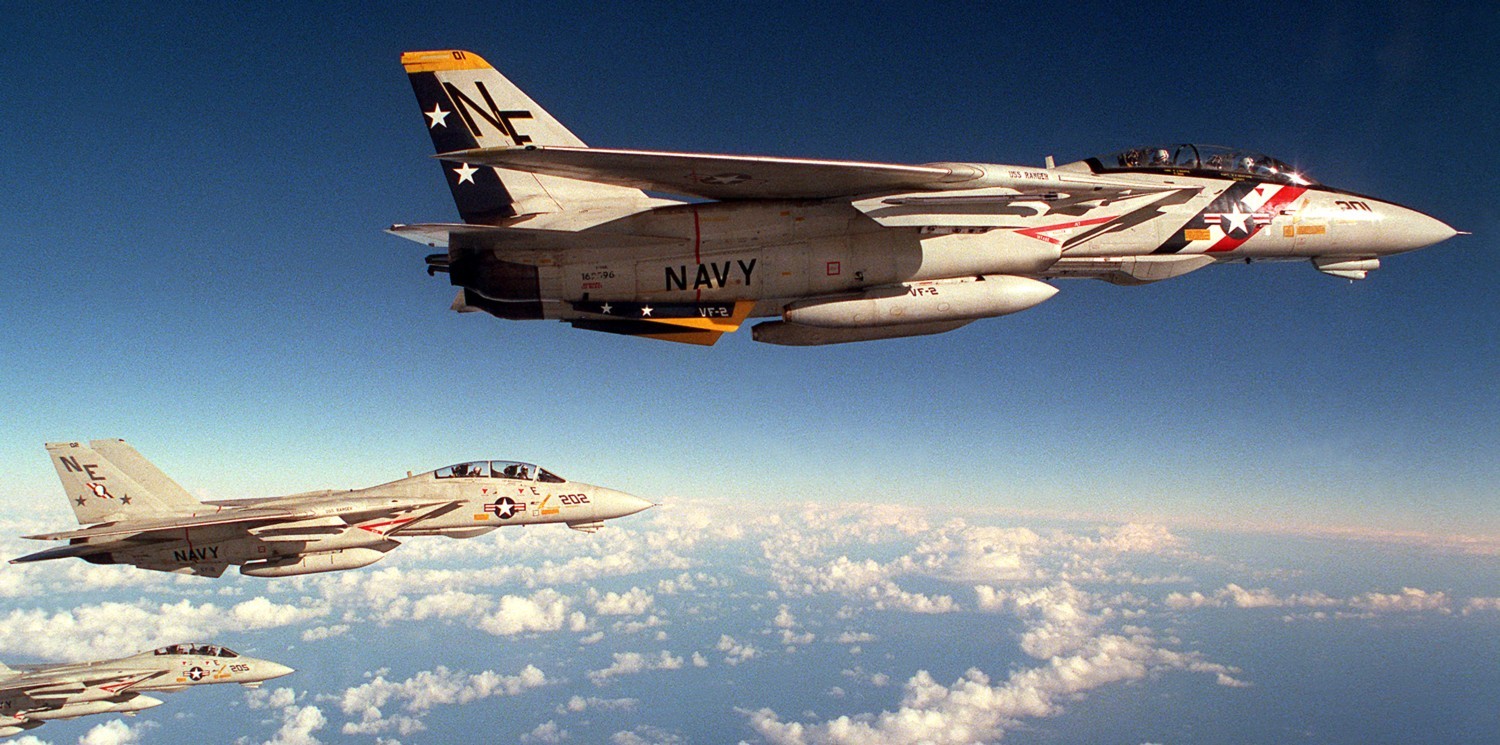 F-14A Tomcat (VF-2 / CVW-2) embarked on USS Ranger (CV 61) - 1987 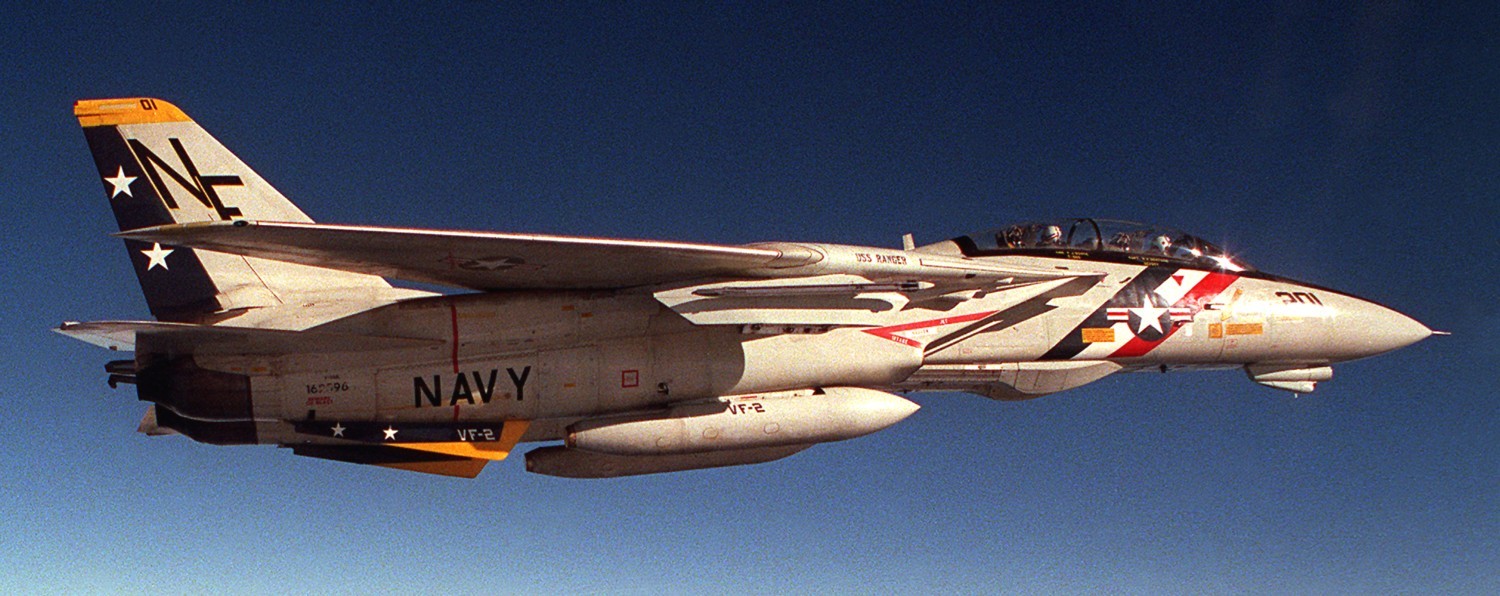 excerpt 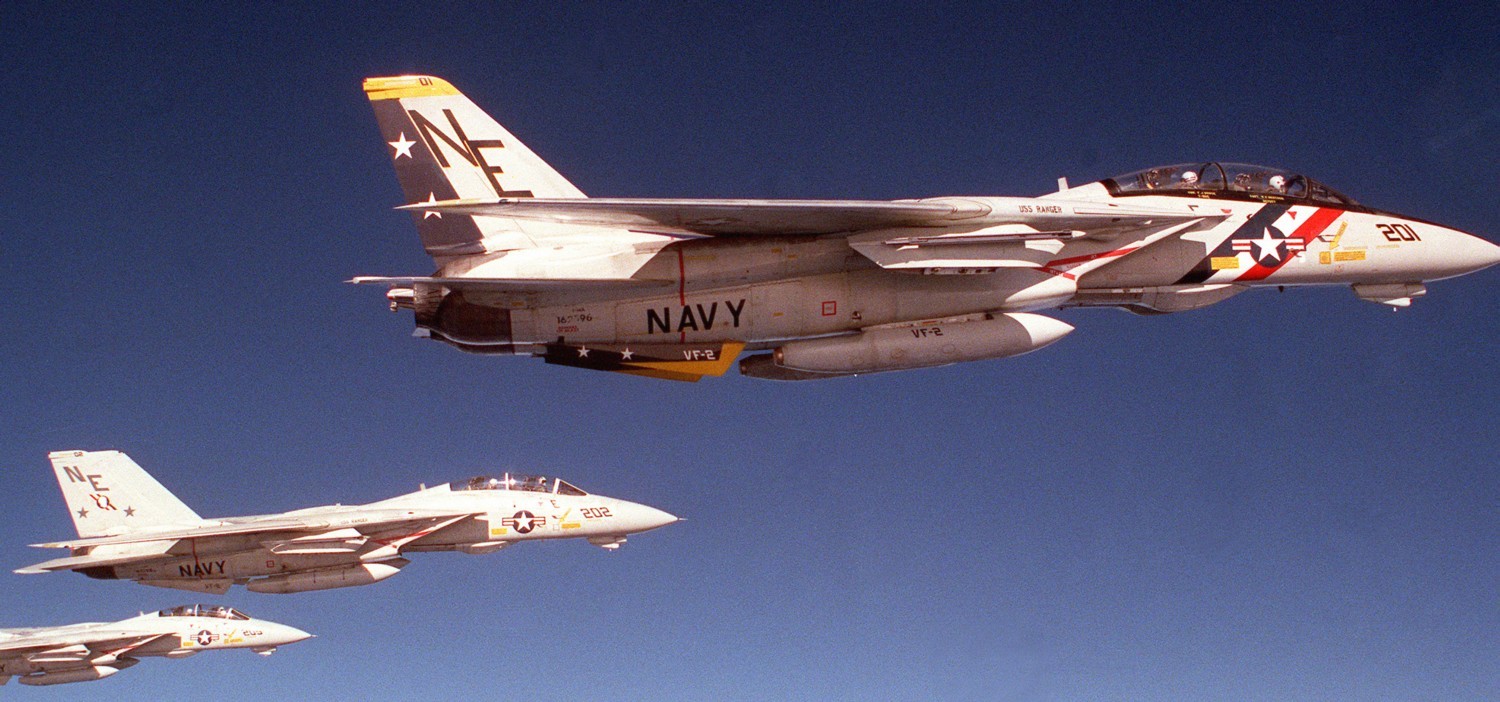 F-14A Tomcat (VF-2 / CVW-2) embarked on USS Ranger (CV 61) - 1987  excerpt  F-14A Tomcats (VF-2 + VF-1 / CVW-2) embarked on USS Ranger (CV 61) - 1987 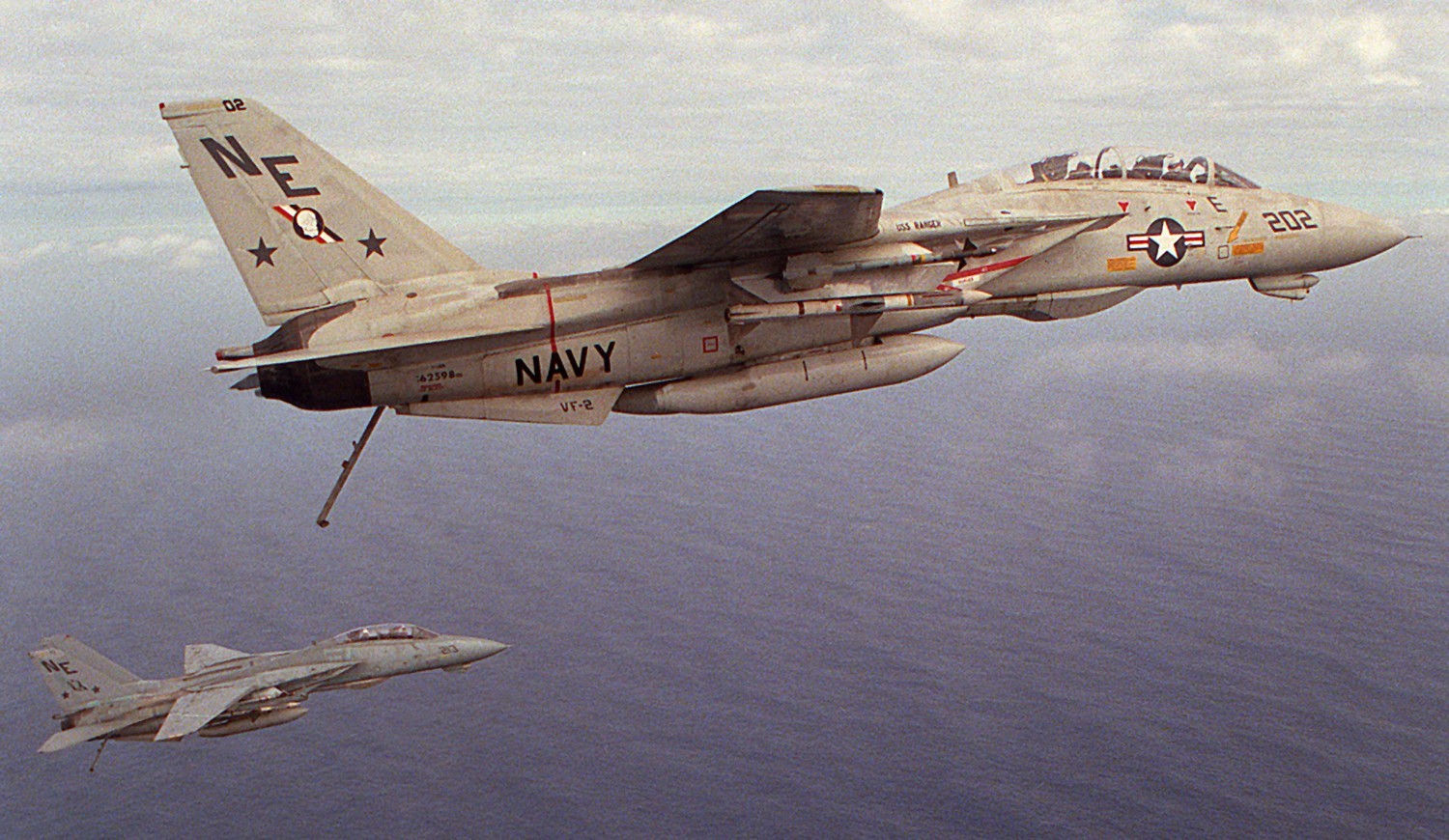 F-14A Tomcat (VF-2 / CVW-2) embarked on USS Ranger (CV 61) - 1987 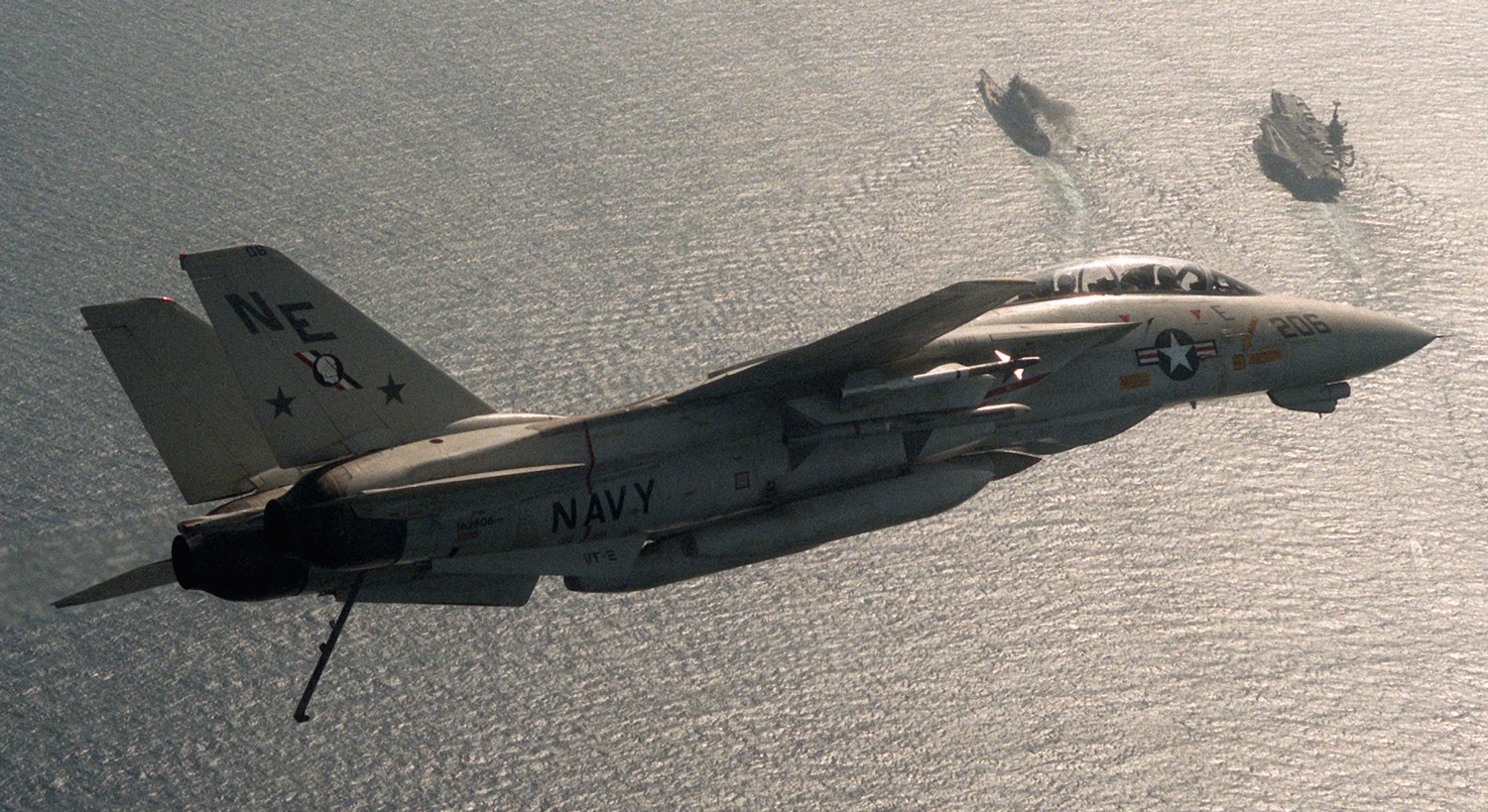 F-14A Tomcat (VF-2 / CVW-2) embarked on USS Ranger (CV 61) - 1987  F-14A Tomcat (VF-2 / CVW-2) embarked on USS Ranger (CV 61) - 1987 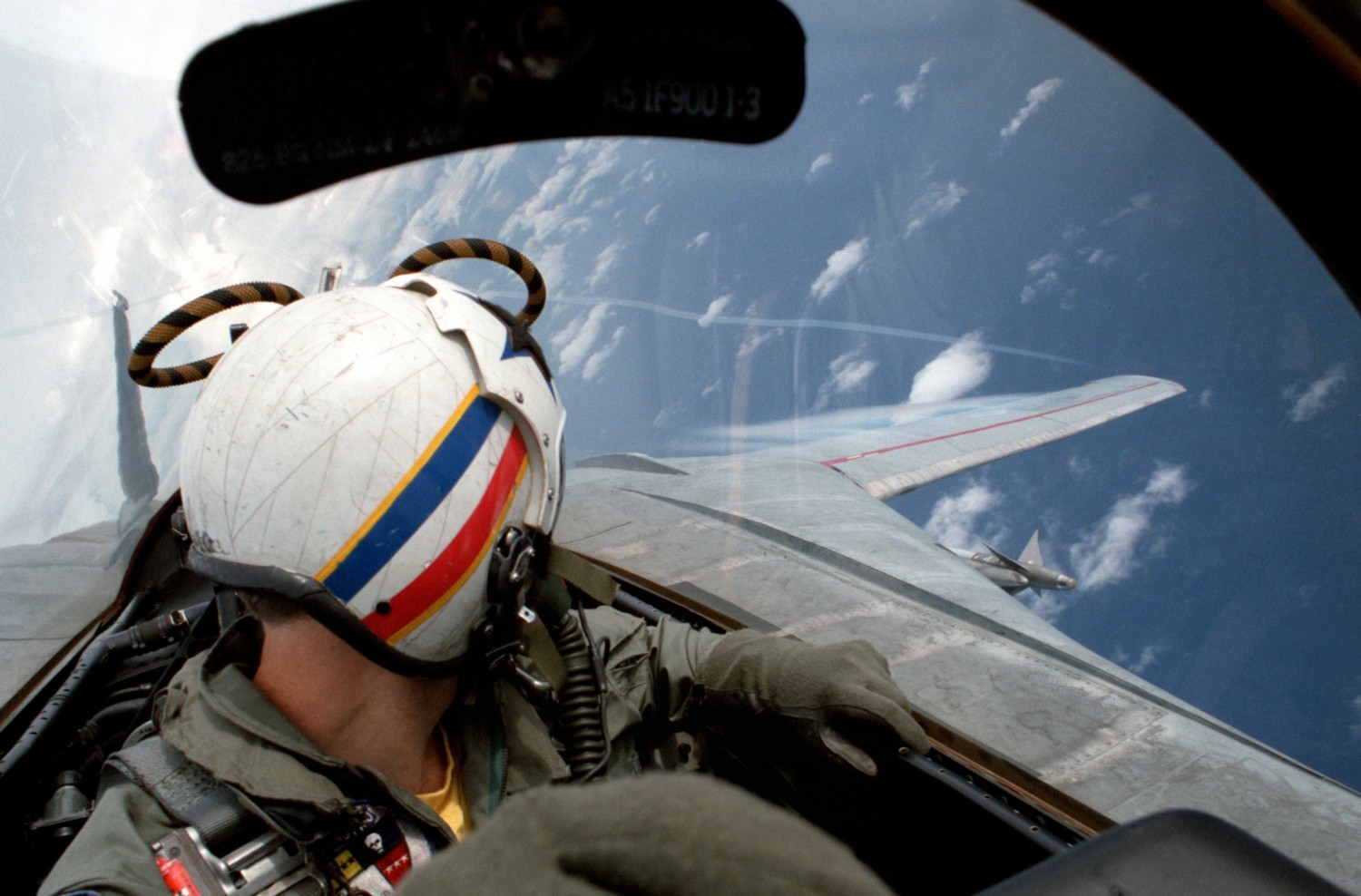 F-14A Tomcat (VF-2 / CVW-2) embarked on USS Ranger (CV 61) - 1987 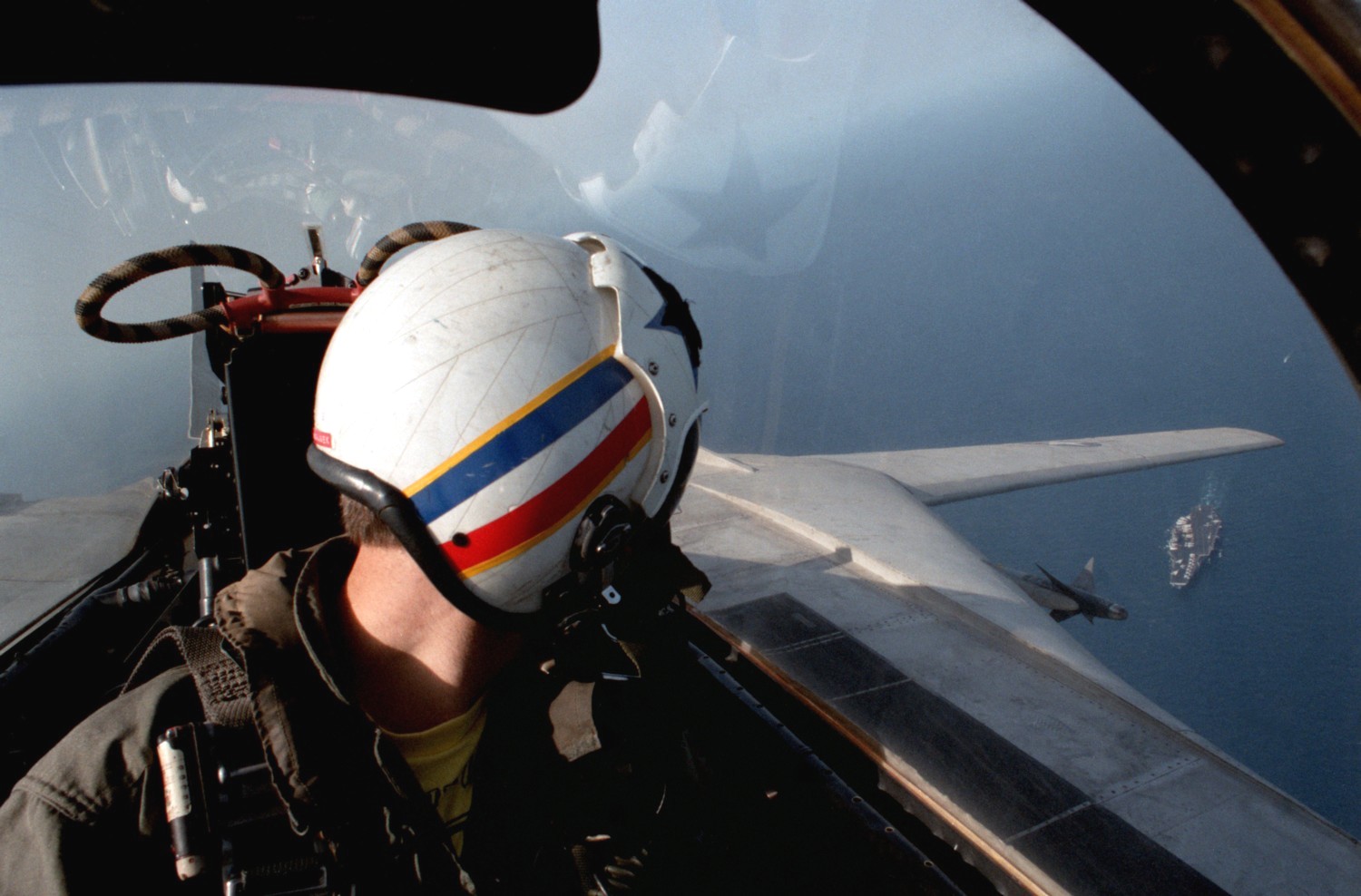 F-14A Tomcat (VF-2 / CVW-2) embarked on USS Ranger (CV 61) - 1987 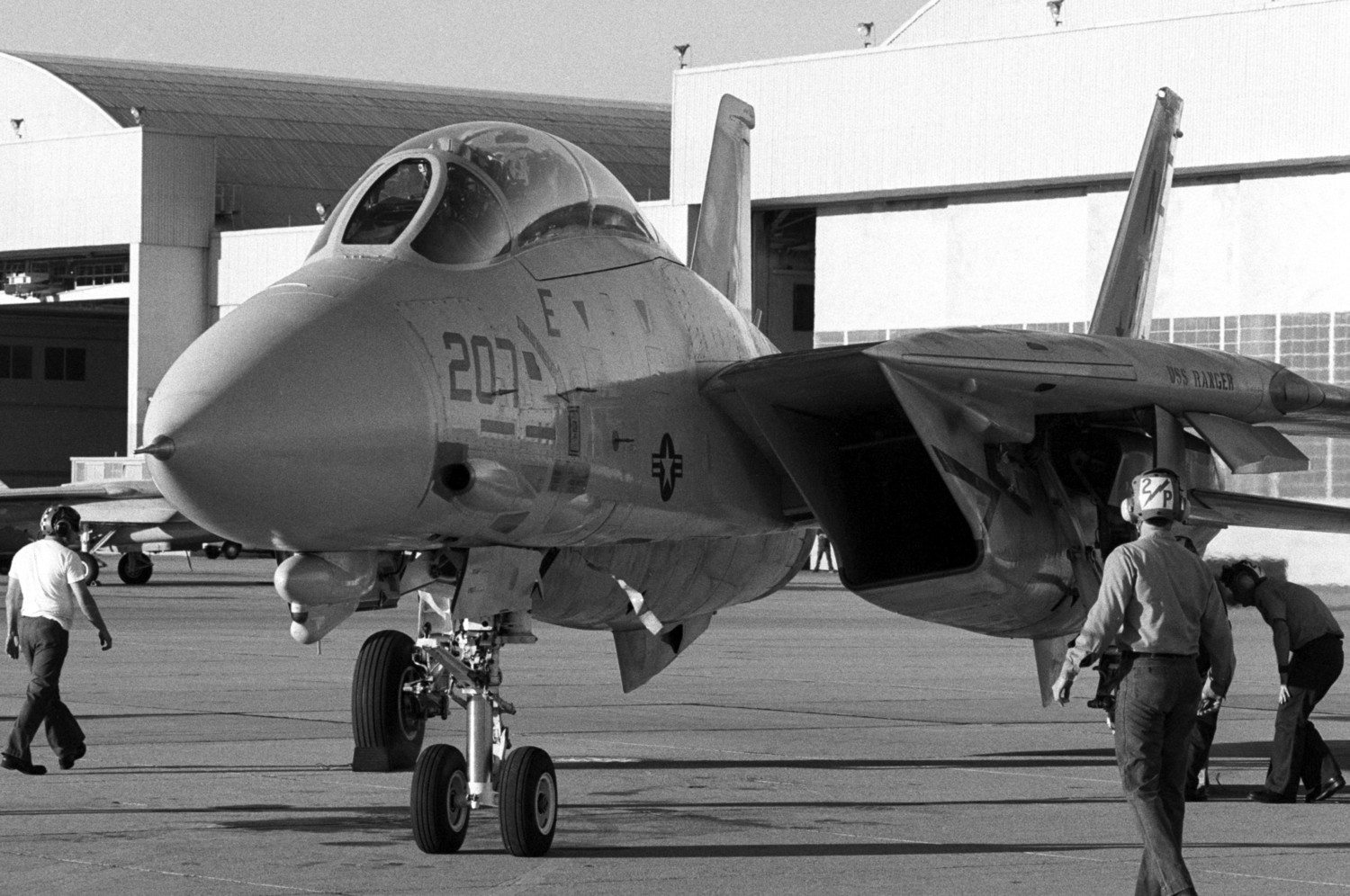 F-14A Tomcat (VF-2 / CVW-2) embarked on USS Ranger (CV 61) - 1987 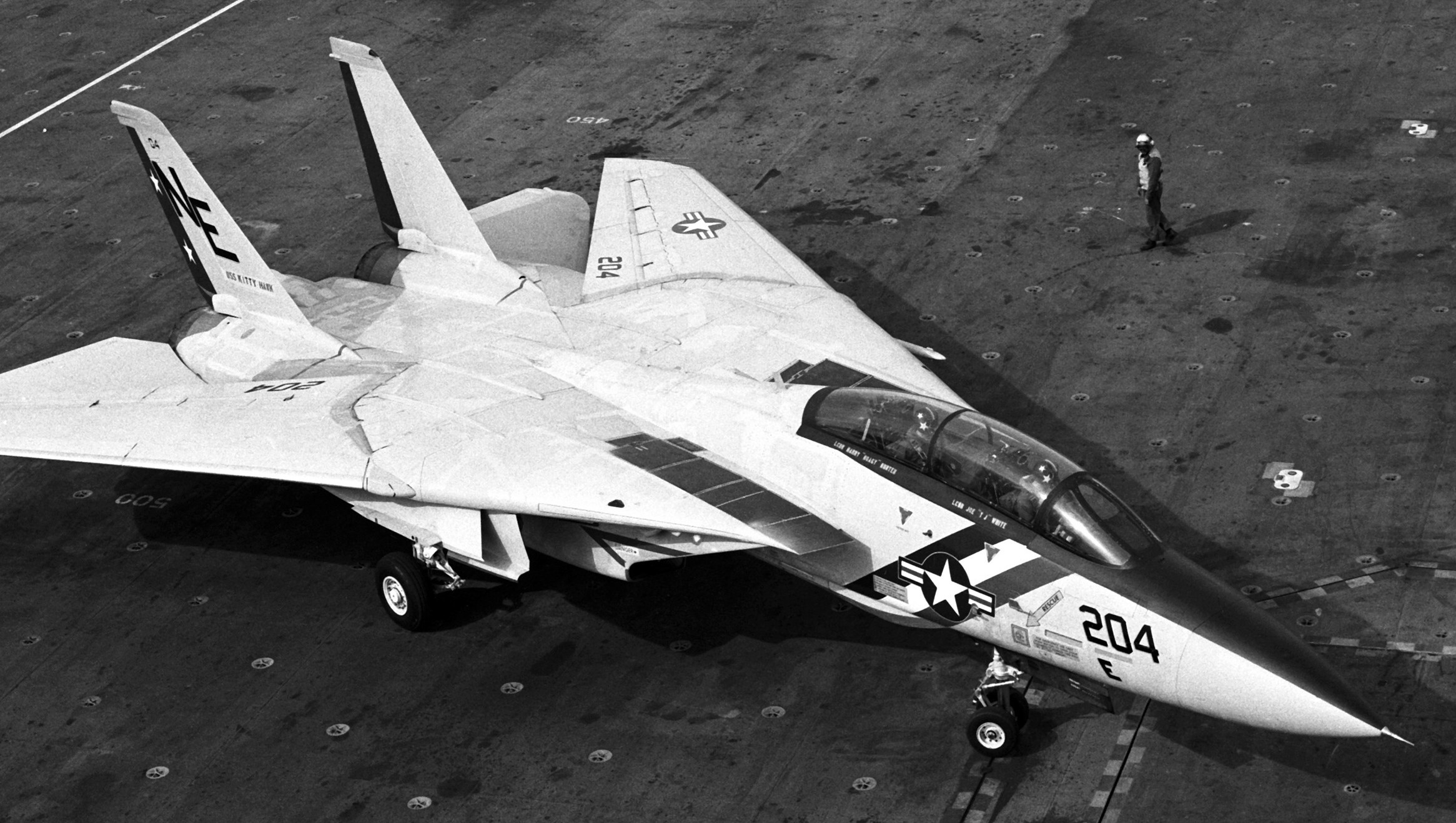 F-14A Tomcat (VF-2 / CVW-2) embarked on USS Kitty Hawk (CV 63) - January 1983 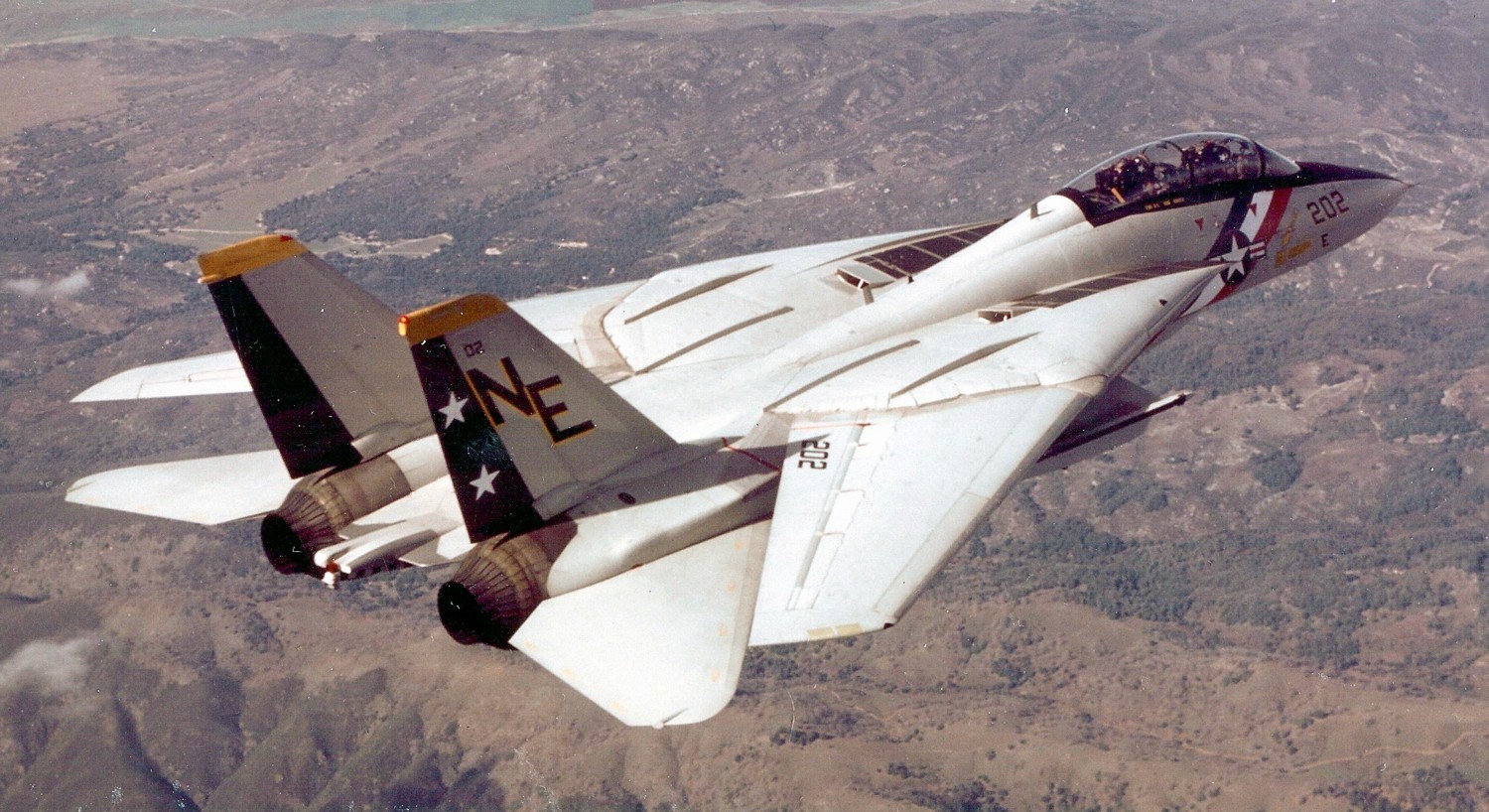 F-14A Tomcat (VF-2 / CVW-2) undated 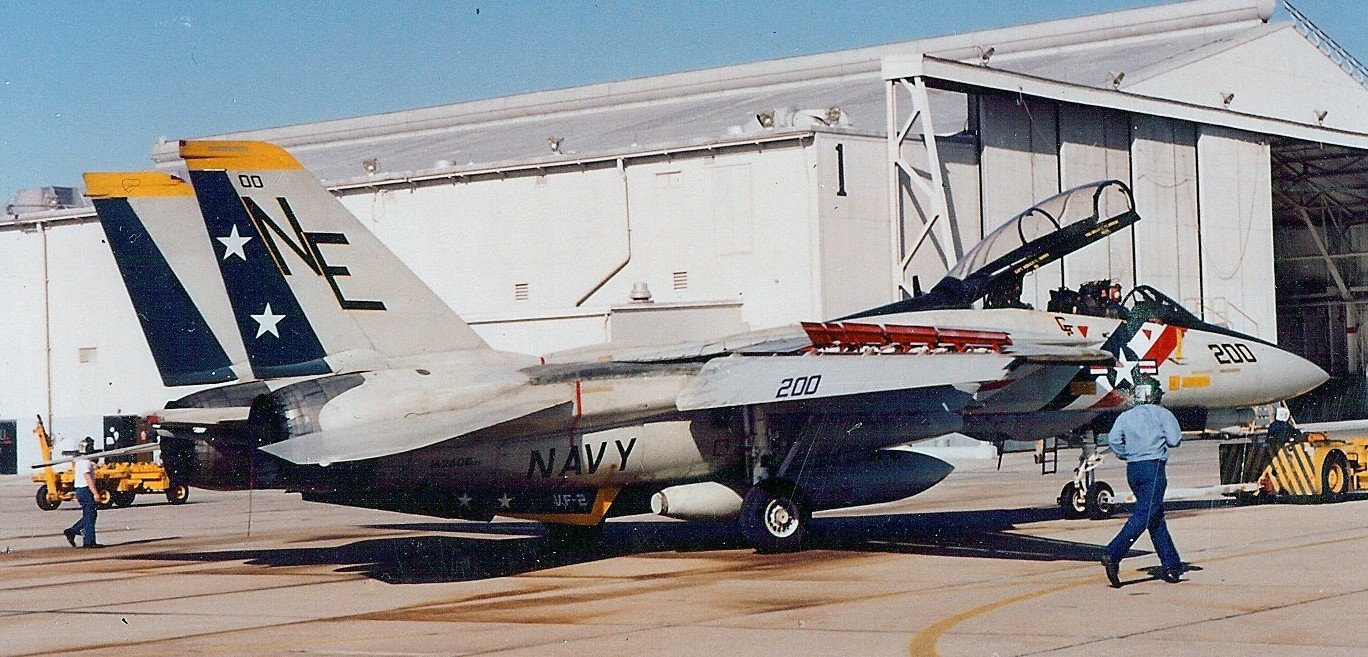 F-14A Tomcat (VF-2 / CVW-2) undated 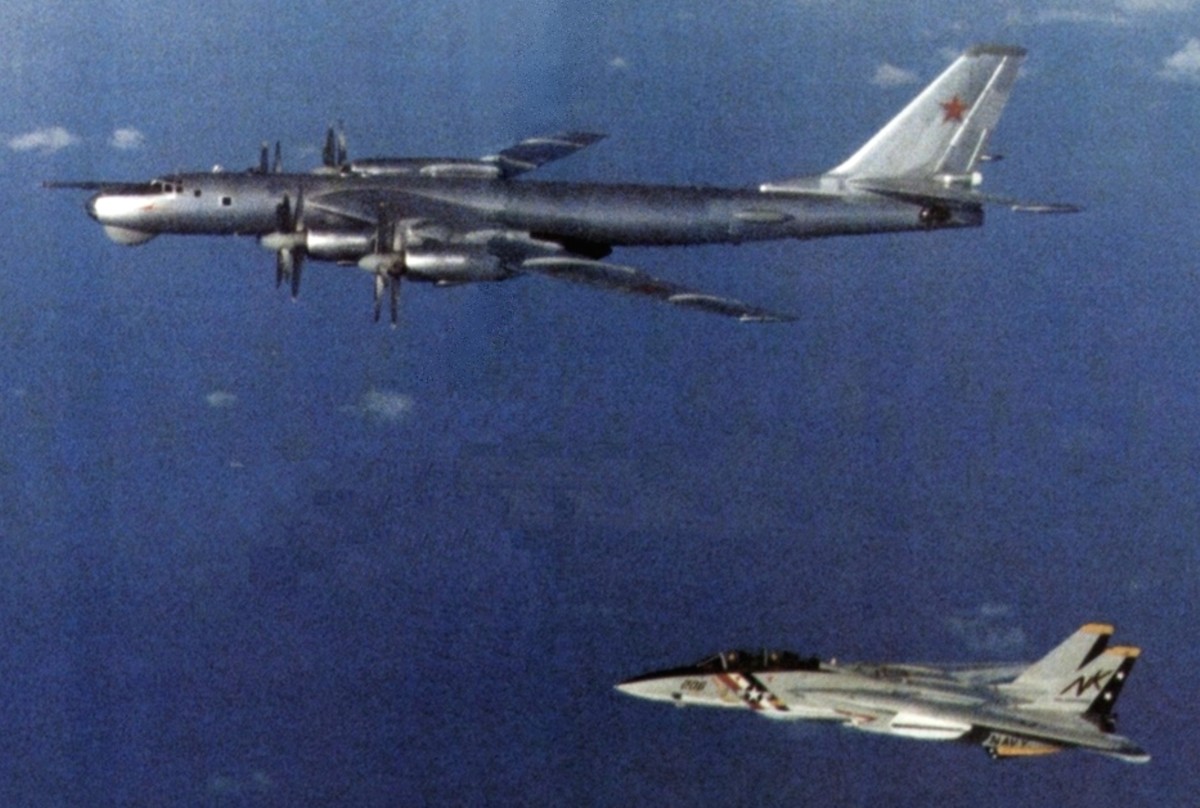 F-14A Tomcat (VF-2 / CVW-14) embarked on USS Enterprise (CVN 65) intercepting a Soviet Tupolev Tu-95 Bear aircraft - 1976-77 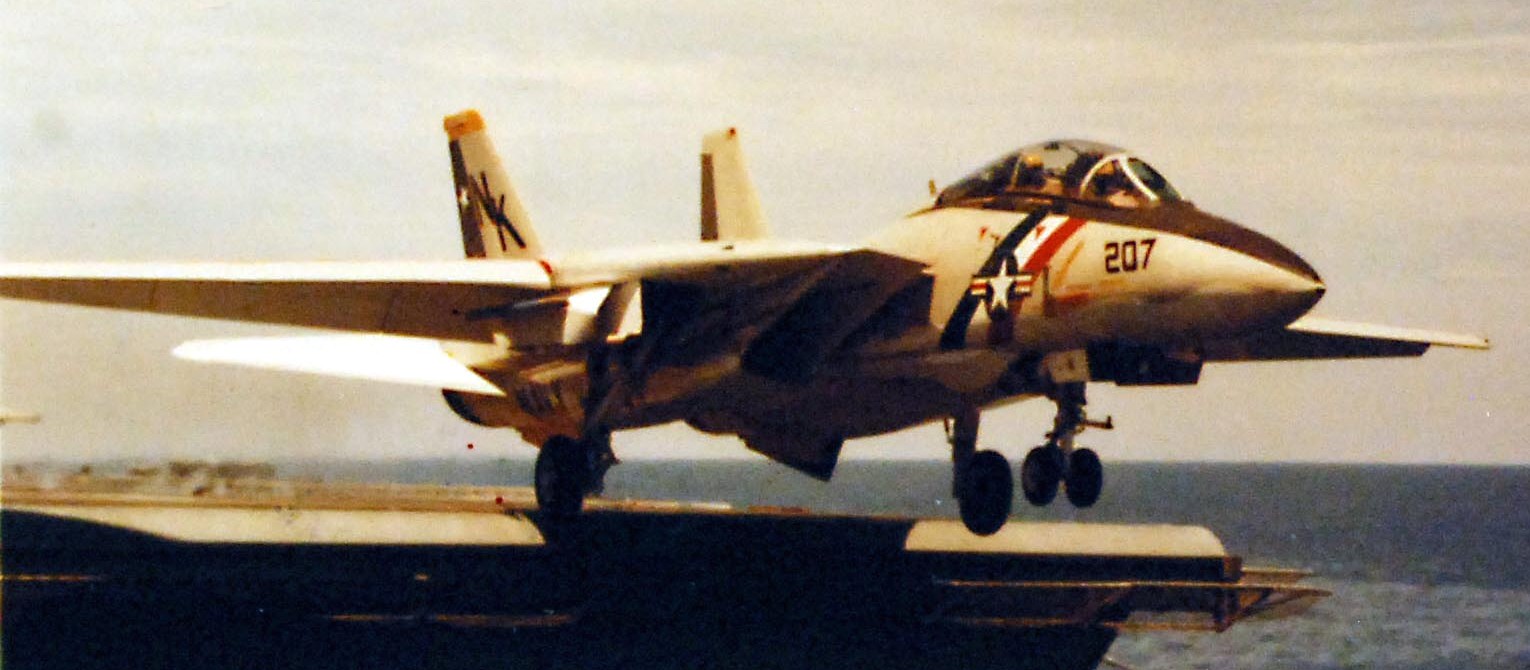 F-14A Tomcat (VF-2 / CVW-14) embarked on USS Enterprise (CVN 65) - October 1976 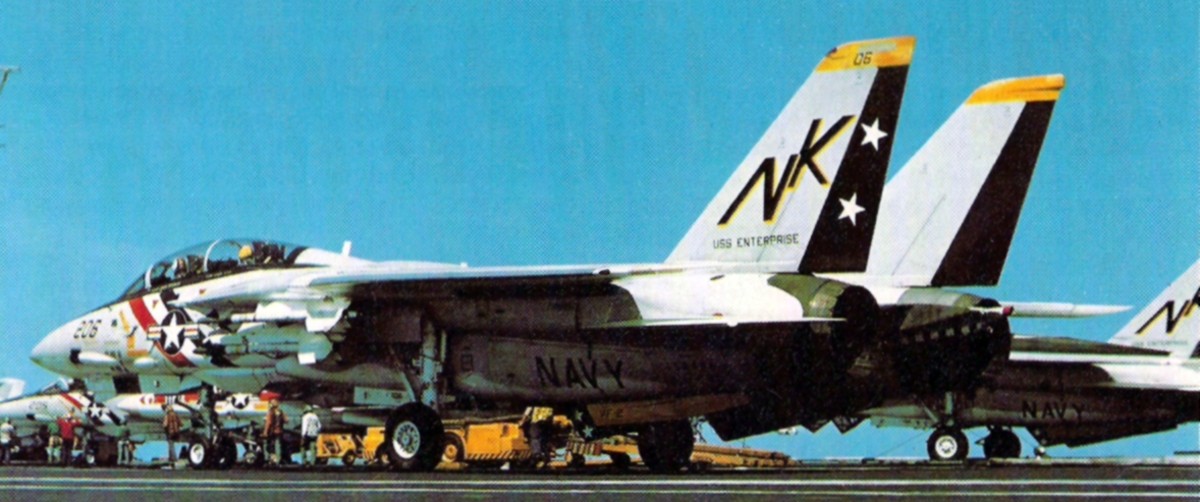 F-14A Tomcat (VF-2 / CVW-14) embarked on USS Enterprise (CVAN 65) - 1975 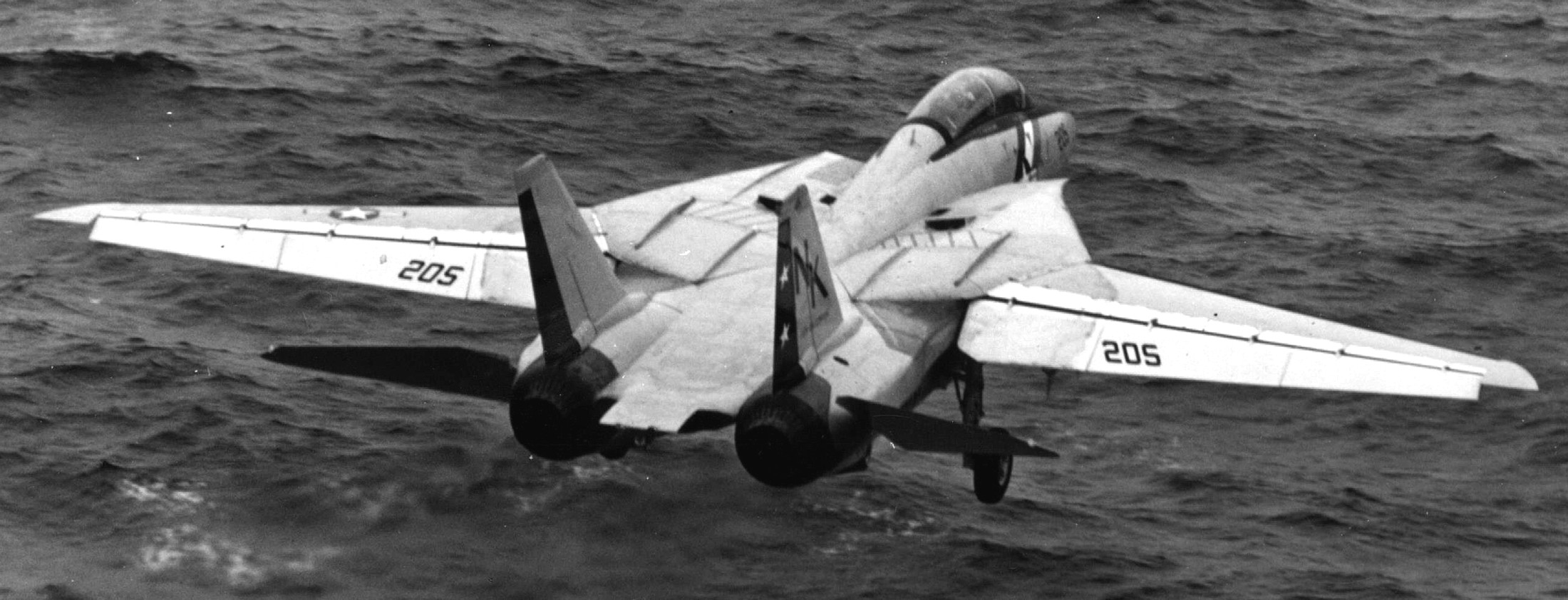 F-14A Tomcat (VF-2 / CVW-14) embarked on USS Enterprise (CVAN 65) - April 1975 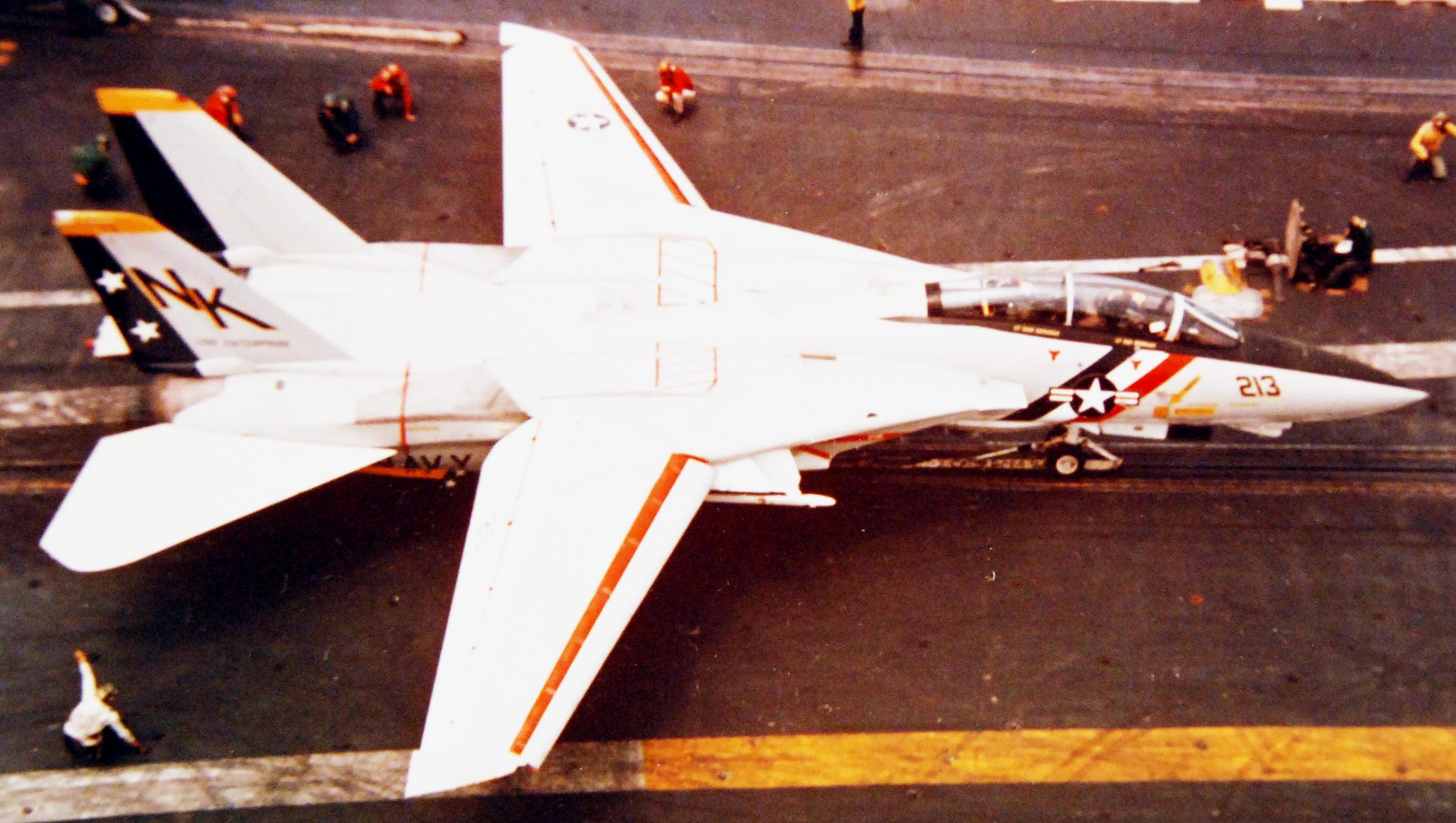 F-14A Tomcat (VF-2 / CVW-14) embarked on USS Enterprise (CVAN 65) - March 1975  F-14A Tomcats (VF-2 / CVW-14) over NAS North Island, California - April 1974 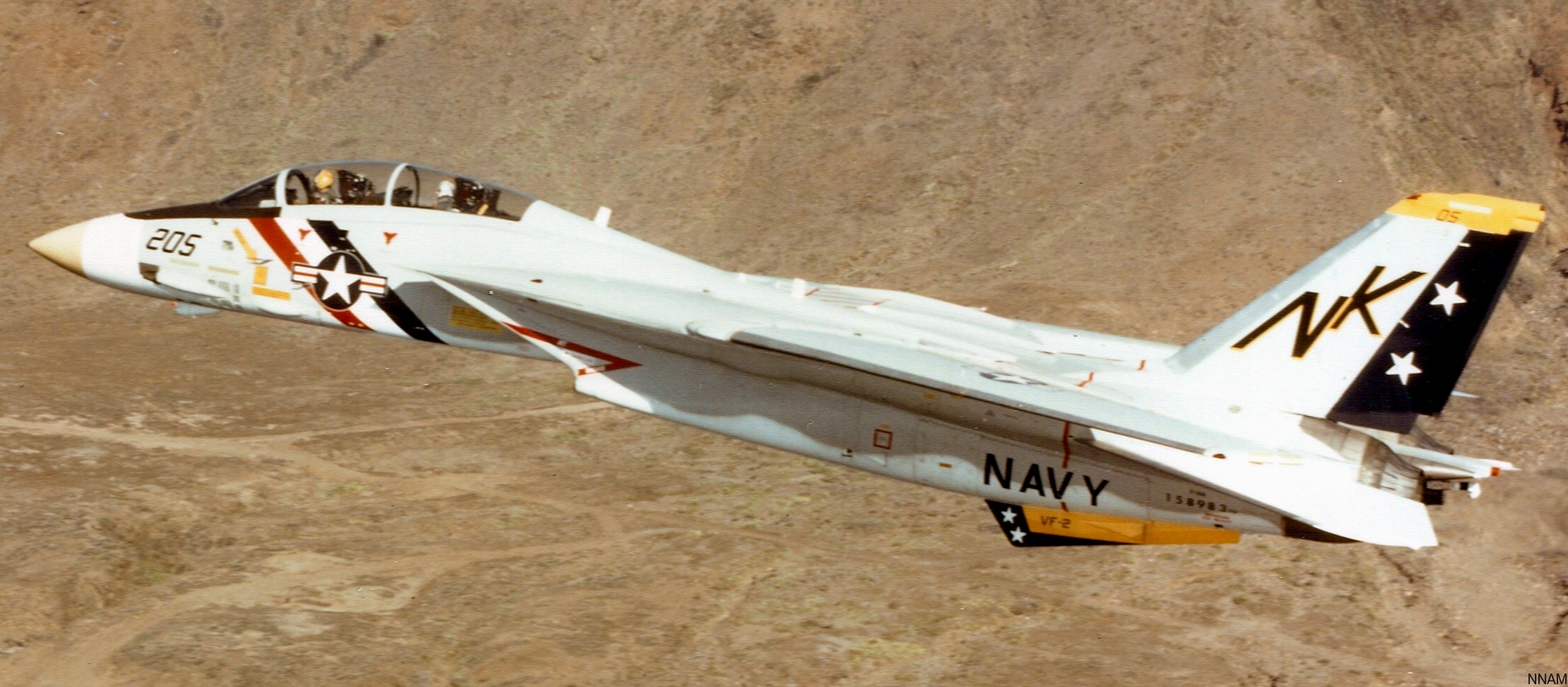 F-14A Tomcat (VF-2 / CVW-14) - 1973 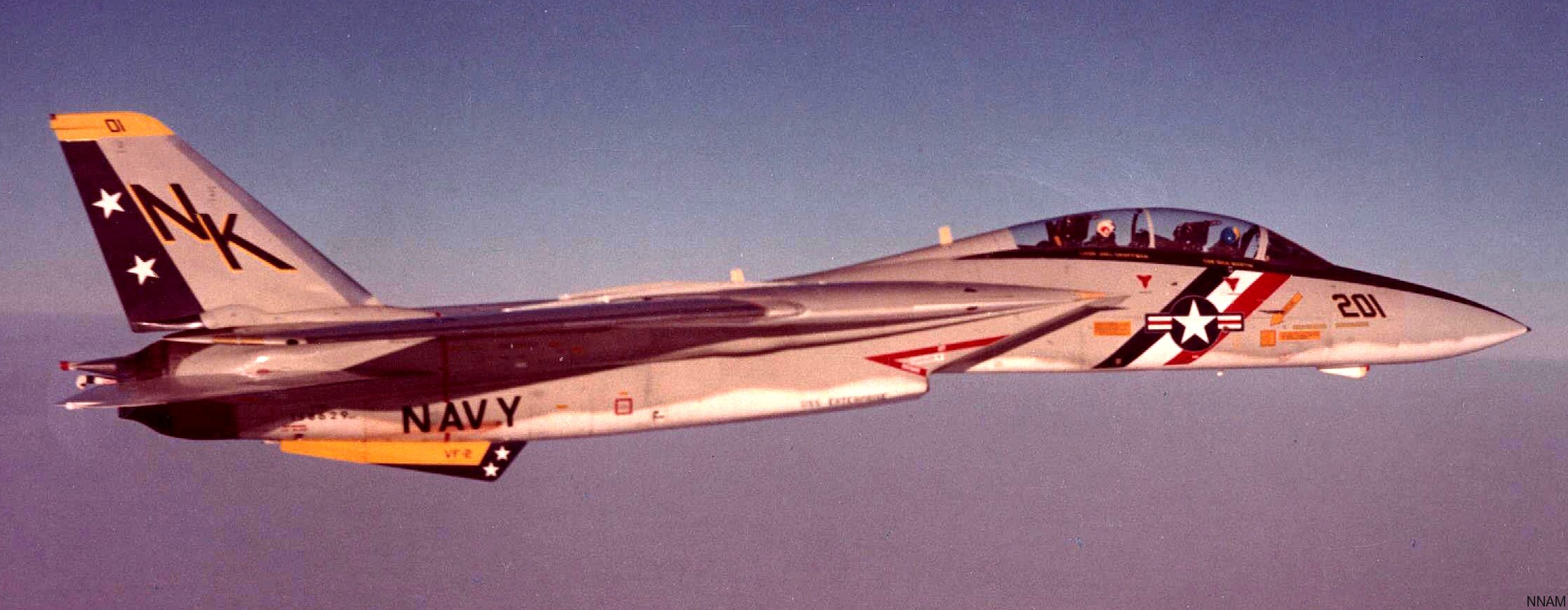 F-14A Tomcat (VF-2 / CVW-14) - 1973 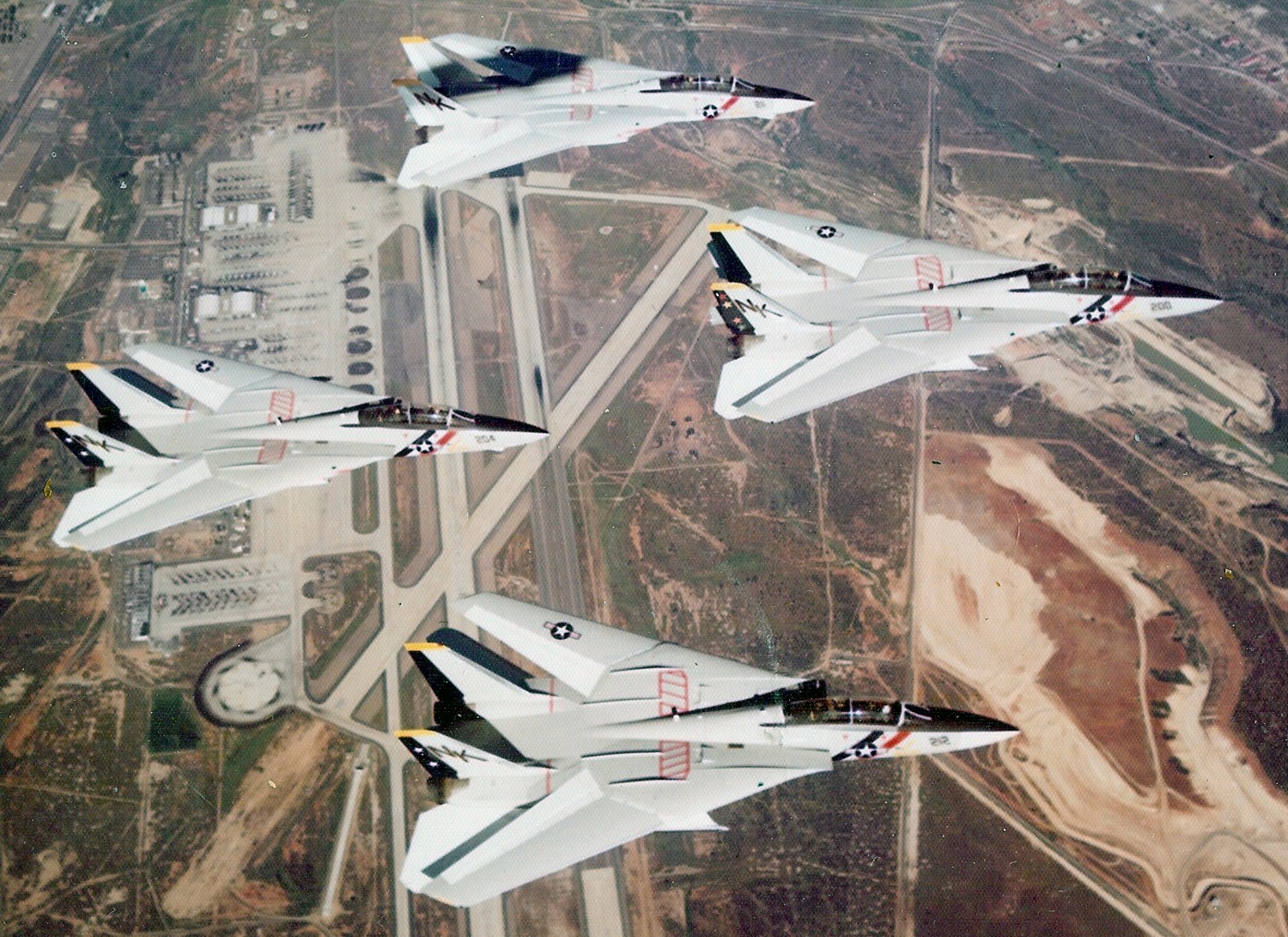 F-14A Tomcat (VF-2 / CVW-14) - 1970's 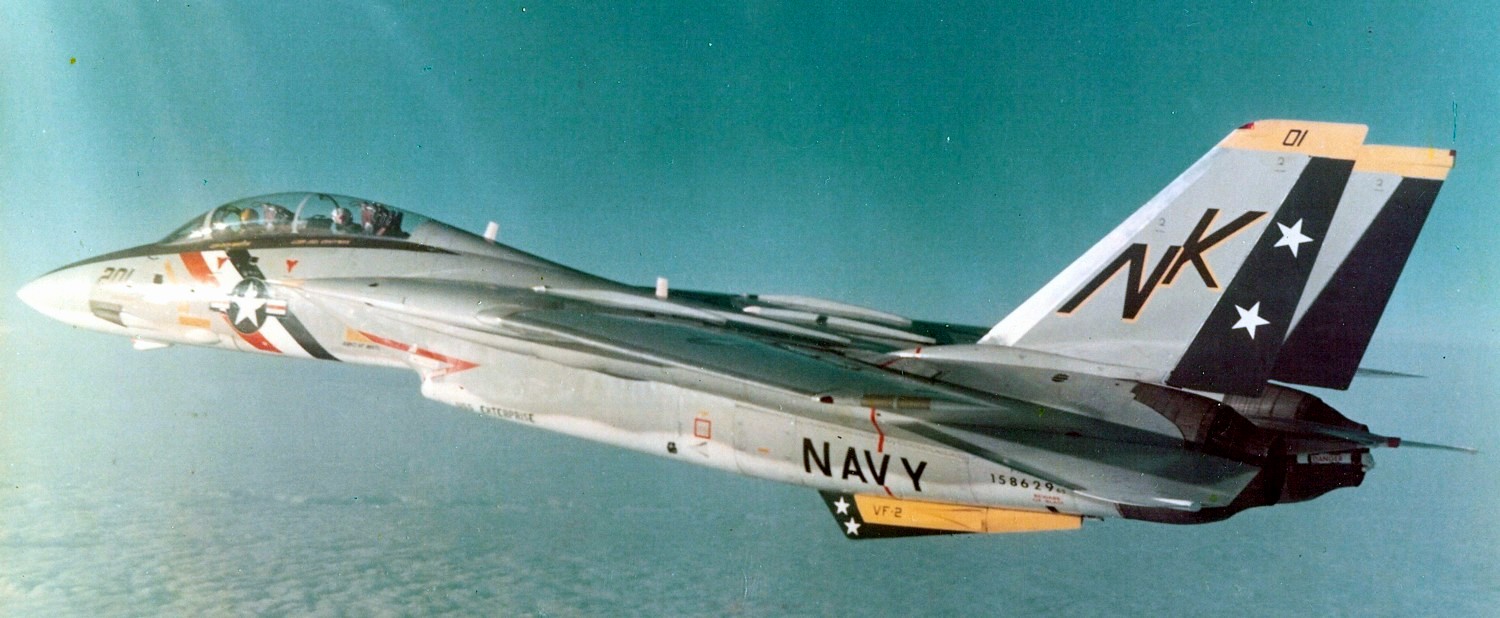 F-14A Tomcat (VF-2 / CVW-14) - 1970's 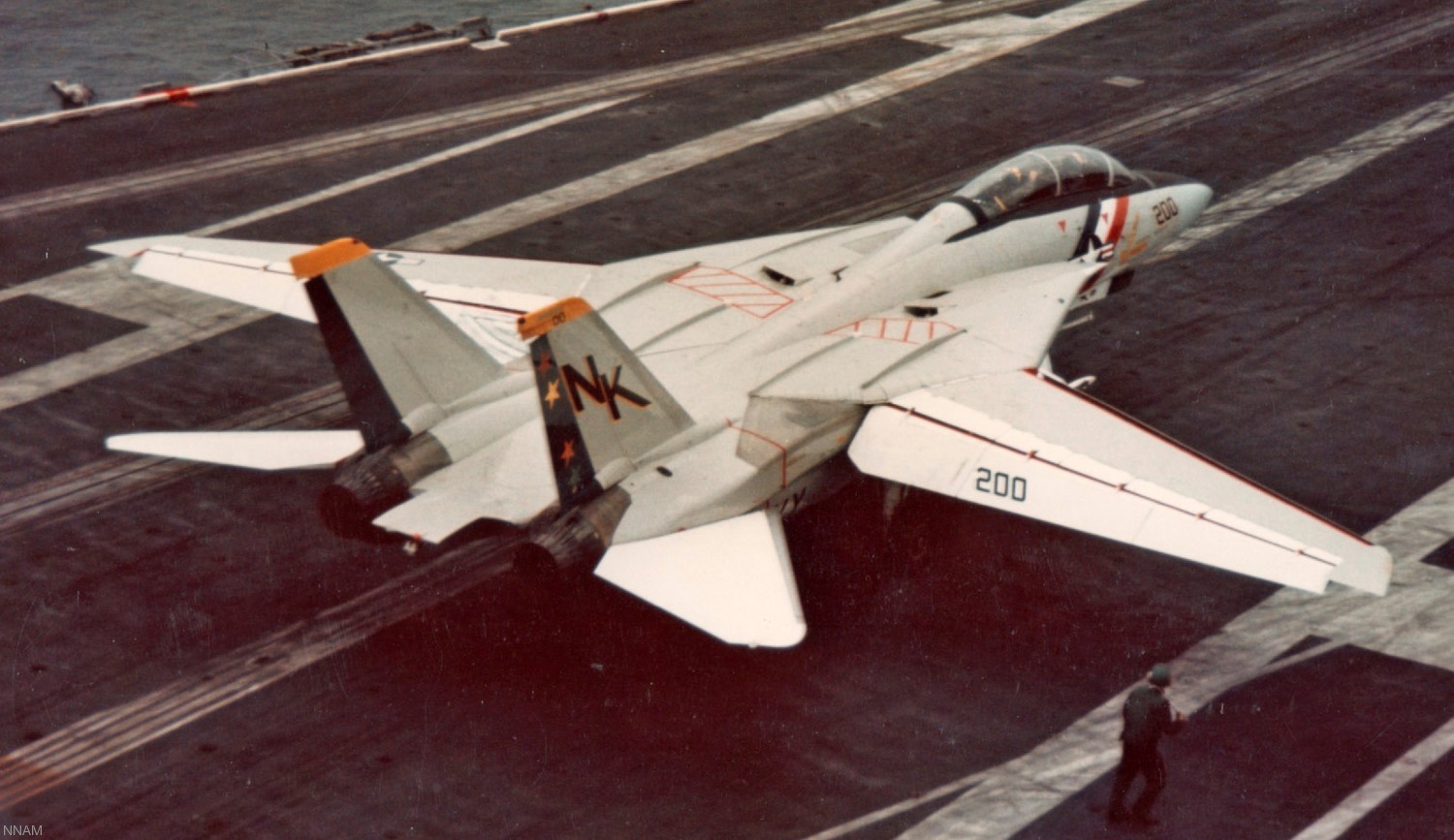 F-14A Tomcat (VF-2 / CVW-14) - 1970's 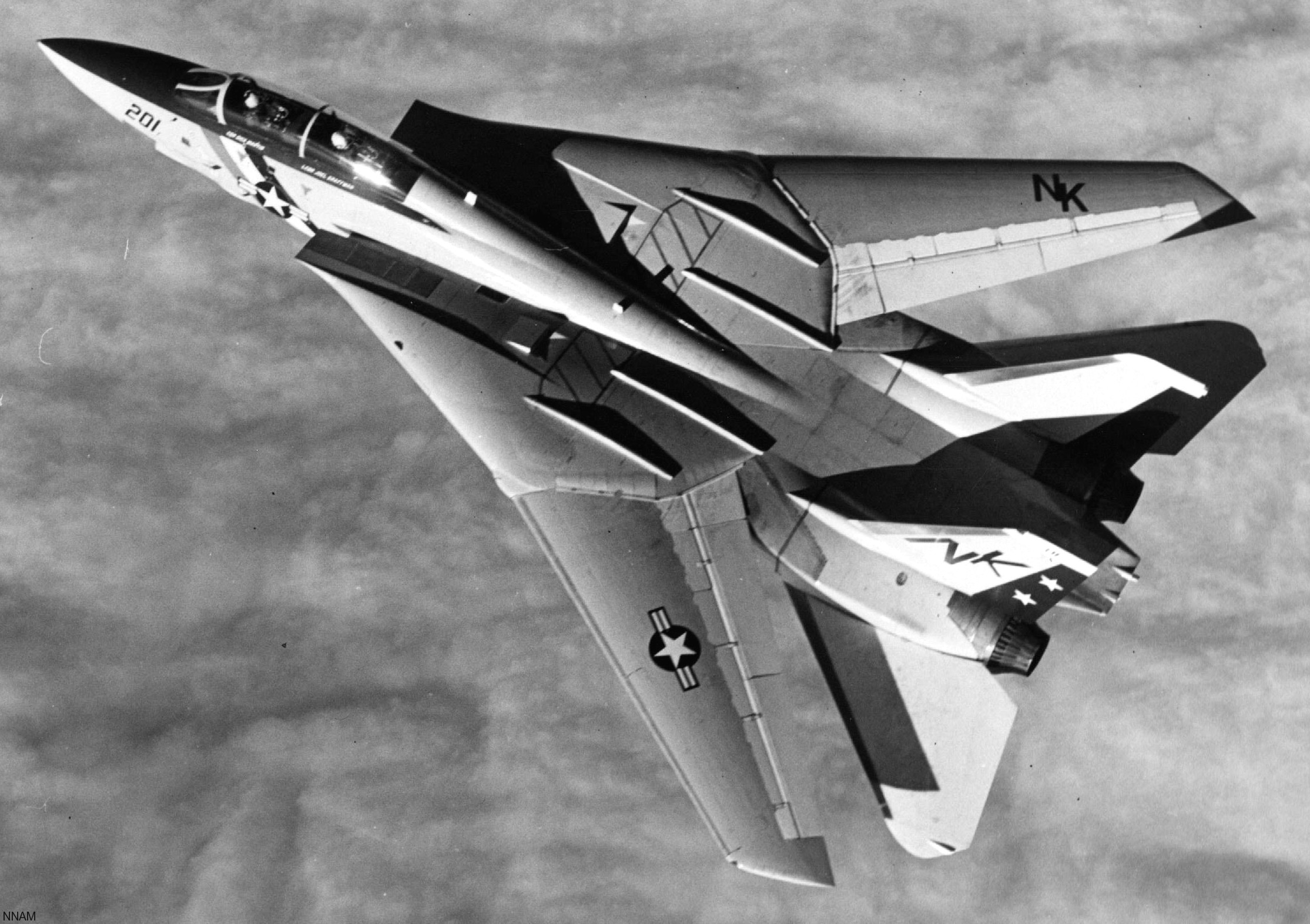 F-14A Tomcat (VF-2 / CVW-14) - 1973 |
||||||
|
History: The First Fighting Two Carrier Aviation's First Squadron By the mid-point of 1921, the Fleet Air Squadrons had been reorganized, providing an aviation force for each fleet with the squadron as the basis. The Air Squadrons, Pacific Fleet, were Spotting Squadrons Four and Three, Combat Squadrons Four (established on 23 September 1921) and Three, and Seaplane Patrol Squadron One. The USS AROOSTOOK was the flagship and tender for the Air Squadrons. The Commanding Officer of Combat Squadron Four was LCDR William Masek. It is believed that Spotting Four and Three, Combat Four and Three, and Seaplane Patrol One were the first formally organized and numbered fleet squadrons to be home-based at Naval Air Station San Diego. From the date the Air Squadrons, Pacific Fleet, were formed at the end of 1919 to the mid-1921 period, aviation units were identified simply as "shipplane," "landplane," and "seaplane" squadrons. A name that was to stick for many years was assigned the North Island based squadrons in June 1922: "Aircraft Squadrons, Battle Fleet." They had previously been named "Air Detachment, Pacific Fleet," "Air Forces, Pacific Fleet," and finally "Air Squadrons, Pacific Fleet." A reorganization was underway at mid-year to merge the Atlantic and Pacific Fleets into the U.S. Fleet. The Atlantic-based squadrons were renamed "Aircraft Squadrons, Scouting Fleet." Later that year, the squadron numbers were changed so that all squadrons were numbered serially by class in the order where they were initially authorized. The use of letter abbreviations to indicate mission was also adopted: "F" - Fighting; "O" - Observation; "T" - Torpedo Bombing; "B" - Bombing; etc. "V" meant Heavier-than-Air. Thus; "VF" would indicate "Fighting Squadron, Heavier-than-Air." Combat Squadron Four was officially re-designated Fighting Squadron Two on the 1 July 1922. Fighting Two was equipped with the Vought VE-7SF biplane. The collier USS JUPITER was converted to the carrier USS LANGLEY (CV-1), the first aircraft carrier operated by the United States Navy, and was commissioned at Norfolk on 20 March 1922. In July, Congress authorized conversion of the unfinished battle cruisers LEXINGTON and SARATOGA to aircraft carriers. Thus, before the Battle Fleet Squadrons were to see the first carrier, two more were on the way. As the year wore on, North Islanders, including VF-2, followed the LANGLEY story with intense interest, as it was known the carrier would ultimately be assigned to San Diego. On 17 October 1922, the first carrier takeoff was made from the LANGLEY. The pilot was Lieutenant V. C. Griffin in a Vought VE-7SF. The first landing on the LANGLEY was made 26 October 1922. A year later, still waiting for the LANGLEY, possibly the shortest takeoff on record was scored by one of four planes of Fighting Squadron Two, when the four were en route to San Francisco 15 October 1923. They were forced to land for fuel in a high wind and sand storm at Mojave, California. The planes landed successfully but, in taking off into the wind, one of the VE-7s was in the air within 6 feet of the starting point. Fleet maneuvers in southern Californian waters were the big story at North Island as 1923 ended. Both Fleets and the Army were to participate. North Island based squadrons VO-1, VO-2, VF-2 and VT-2 took part. On 30 November 1924, USS LANGLEY, called the "Covered Wagon," was moored at the North Island dock for the first time. This date marks the beginning of her service with Aircraft Squadrons, Battle Fleet. Fighting Two was the first squadron trained to operate as a squadron from LANGLEY. During the closing days of 1924 and early 1925, the planes of VF-2 were equipped for Carrier landing and takeoff. The pilots had practiced before and after LANGLEY arrived, using a wooden platform which stretched across North Island and simulated a carrier deck. After LANGLEY was anchored at the station dock, the real practice began. The pilots flew down the bay, parallel to the carrier. They'd make an approach as if they were landing but would actually be over the water. The deck looked very small since most of their practice had been on a wide-open field. Usually it took several passes before the signal officer thought they were ready to try the real thing. When they were ready, they were taken out to sea on LANGLEY and qualified in carrier landings the week ending 17 January 1925. From her date of commissioning, LANGLEY was more than a ship; she rapidly became a tradition. Men who served aboard her, either with the ship's company or in the squadrons, remember the years of her prime with nostalgia. Maybe it was the era - the all-new quality of flying from a carrier - or possibly LANGLEY was a very special ship. Whatever the reason, the officers and men who served aboard the "Covered Wagon" were intensely sentimental about that service. The year 1925 marked a new beginning for carrier aviation in the United States. Until then, LANGLEY had been experimental. The LANGLEY, with seven pilots and 42 enlisted men from VF-2, took part in Problem V of the fleet maneuvers off the California coast from 7 to 10 March 1925. The air activity off the LANGLEY was limited to scouting in advance of "Black Fleet" movements to the Guadalupe Islands; nevertheless, the performance was impressive. As a result, the Commander-in-Chief of the U.S. Fleet, Admiral R. E. Coontz, recommended that completion of the LEXINGTON and SARATOGA be sped up as much as possible. At the end of 1925, Rear Admiral Joseph M. Reeves became Commander, Aircraft Squadrons, Battle Fleet with USS LANGLEY, GANNET and AROOSTOOK under his command. The Fighting Wing squadrons were VF-2 and VF-1. VF-2 was the LANGLEY squadron, while VF-1 operated seaplanes from battleships during fleet maneuvers but was usually shore based. RADM Reeves began his tenure by asking questions and expecting subordinates to come up with the answers. These questions came at a rapid pace in the form of mimeographed sheets, known facetiously as "Reeves' Thousand and One Questions." One question was how bombing by carrier aircraft could be made more effective. An answer came from LCDR Frank Wagner, then CO of Fighting Two, when he demonstrated the concept of dive-bombing in March 1926 and later trained his squadron to master the technique. On 22 October, VF-2 made a mock attack on Pacific Fleet ships under way after having warned them of its intentions to do so ahead of time. It is likely that the commander of the surface force expected a standard low-altitude level bombing attack which would be detected in time for an effective response. Instead, Wagner's F6C-2 Curtiss Hawks came in high and unseen, nosed over, and from twelve thousand feet screamed down upon their unaware victims and made simulated drops before the ships' anti-aircraft guns could be manned. In another exercise, Wagner's squadron demonstrated dive-bombing accuracy by scoring nineteen hits out of forty-five bombs dropped on a 100 by 45 foot target. The Second Fighting Two The Flying Chiefs In September 1925, President Coolidge had appointed a board known as the Morrow Board to study the needs and problems of aviation in general. One of the facts established by the board was that in the Navy, the supply of pilots constituted a heavy drain on the officer personnel. As a result, the Board recommended that a study be made of the desirability of increasing the use of enlisted men as pilots in naval aviation. Following this recommendation, Congress adopted a fixed ratio of 30 percent of the officer strength as the number of enlisted pilots. This percentage represented an increase in the existing number so employed. With a view of employing these additional pilots to the best advantage, the Navy Department decided to organize an enlisted man's squadron. On 4 January 1927, Fighter Squadron Two was assigned to the Command of Aircraft Squadrons, Battle Fleet. The squadron was organized on a basis of one officer section leader per section and two aviation pilots per section. Most of these enlisted pilots (enlisted rate AP) were Chief Petty Officers. LCDR J. M. Shoemaker was the first commanding officer of the re-organized squadron. Six VE-7s were assigned and training was commenced on 5 January 1927. These planes were soon replaced by the Curtis F6C and then the FU-1 and Fighting Two was re-designated VF-6 on 1 July 1927. From July until September 1927, the squadron participated in the Fleet Air Concentration at San Diego, which was followed by the assignment to duty on board the battleships of the Battle Fleet. One plane was assigned to each battleship, and the remaining planes were based with the Aircraft Squadrons at North Island, San Diego. The battleship-based planes were the FU-1 type. The FU-1s operated from catapults as seaplanes in conjunction with the Observation Wing until June 1928 when they returned to San Diego for gunnery practice and tactical maneuvers. Each squadron had developed insignia by which it became known and remembered. There had been some re-numbering and an alpha symbol was added to the squadron number to indicate the fleet to which it belonged (B - Battle Fleet, S - Scouting Fleet, M - Marines). In San Diego there was no re-numbering except on 1 July 1927 when the "B" was added to the Battle Fleet squadrons. There were eight operational squadrons in the Aircraft Squadrons, Battle Fleet, on 1 January 1928. VF-2B was commanded by LCDR G. F. Chapline. Fighting Two by then was composed primarily of enlisted pilots. Its insignia was the CPO Chevron and a shield bearing the word "Adorimini." The story of the second Fighting Two is best told by LT G.F. Ocskay, who was once an APC with Fighting Two: In 1929 the squadron was transferred aboard USS LANGLEY and made the annual cruise. We delivered nine Hawks to Pensacola and brought ten back to San Diego. We had only one spare in those days. After we arrived in San Diego, we turned in the other ten and received Fighting One's worn-out F2Bs. They were a wonderful stunt ship, but not as rugged as the Hawk. The squadron made the 1930 and 1931 cruise on the LANGLEY with these F2Bs and the only one we lost was Nap Harshnam's. He became lost from the squadron and landed off the coast of South America. He was picked up five days later by a tramp steamer. We left eighteen F2Bs on the field at Guantanamo and Fighting Two was transferred to the LEXINGTON which at about the same time received sailing orders to proceed at full speed for the scene of the earthquake at Nicaragua. After returning to San Diego, we received Fighting Three's worn-out F3Bs, which were supposed to be good high altitude fighters. Those good F3Bs were the best gunnery ships and dive bombers we ever had. The squadron really knocked out the gunnery score that year. That is the year I was lucky enough to get 60 hits out of 60 rounds of ammunition and four-out-of-four in bomb hits with drops on a 45x90 foot target. Only the 45 foot square center counted as a full hit, and umpires flying around the target at 1,500 feet made sure you were out of the dive at that altitude. The squadron should have been good because everyone in it was handpicked. Most of the pilots had 1,000 hours or more when they were transferred to Fighting Two. I only had about 700 or 800, so I was transferred to them with the understanding that if I did not work out, I would not remain with them. I served nine years in the squadron and in that period broke one wheel on the carrier and forgot to let my wheels down on another occasion. The "Flying Chiefs" of Fighting Two were almost universally regarded as the "the hottest outfit afloat" for most of their existence. Composed largely of enlisted Naval Aviation Pilots (NAPs), Fighting Two boasted an extremely high order of skill and experience. VF-2B was transferred to the Scouting Fleet in 1932 and was re-designated VF-2S. In 1933, Fighting Two returned to the Battle Fleet and once again became VF-2B. The drill of switching the last letter in a squadron designation was stopped in 1937. Fighting Two finally became simply VF-2. At the time of Pearl Harbor, VF-2 flew F2A Brewster Buffalos and only acquired Grumman F4F Wildcats the following spring. The F2As, though relatively fast, proved unsuitable for sustained carrier operations owing to unacceptably weak landing gear. The squadron's first combat occurred during the two-day Battle of the Coral Sea, the world's first engagement between aircraft carriers. On 7 May 1942, the CO, LCDR Paul Ramsey, led the escort of LEXINGTON's strike against the Japanese light carrier SHOHO. "Ramsey's Lambsies" claimed six confirmed victories and three probables during the mission, including two by Ramsey himself and three by LTJG Paul Baker, a former NAP. The next day, the enemy carriers SHOKAKU and ZUIKAKU exchanged air strikes with the U.S. force. LT Noel Gayler's Division lost three planes and pilots on strike escort. In defending LEXINGTON and YORKTOWN, VF-2 lost another pair of fighters. While the squadron claimed 11 kills during the day, its carrier "Lady Lex" succumbed to torpedo damage. With their carrier gone, the "Flying Chiefs" of VF-2 were dis-established on 1 July 1942, but their legacy lived on. Several of Ramsey's pilots became aces in other squadrons, including future Commanding Officers Noel Gayler, Bill Eder, and Scoop Vorse. The Third Fighting Two The Hottest Fighter Squadron in the Pacific The Third Fighting Two stood up on 1 June 1943 at Naval Air Station Atlantic City under the command of LCDR Bill Dean, a Naval Academy graduate. This new incarnation of Fighting Two was part of a numbered air group, unlike the Flying Chiefs who belonged to the LEXINGTON Air Group. Therefore the "Rippers" became the first World War II fighting squadron to bear the same designation as a previous unit in the war. They also deployed with several combat-experienced pilots from VF-6 and VF-10. VF-2 initially had eight FM-1s, General Motors-built Wildcats. Shortly thereafter, VF-2 received its first Grumman F6F-3 Hellcats. This would begin a fantastic sixty-year relationship between Grumman aircraft and Fighting Two. The Hellcat would become one of the most famous planes in World War II for its speed, maneuverability, and ruggedness. Fighting Two would be a big contributor to the Hellcat legend. LCDR Dean's VF-2 spent months detached from its air group. VF-2 continued its training on the east coast until October 1943, when it headed west for San Francisco and then Hawaii. In Hawaii, its pilots participated in a Marine landing exercise, and so impressed the influential "Butch" O'Hare that he requested VF-2 replace VF-6 in his Air Group 6 on ENTERPRISE during the upcoming Gilberts campaign. From November 1943 to January 1944, VF-2 relieved VF-6 on ENTERPRISE. On board the "Big E," Fighting Two saw action in the invasion of the Gilbert Islands: Makin and Tarawa. The squadron also participated in raids against the Marshall Islands of Kwajalein, Ebeye, and Roi. CAG "Butch" O'Hare organized "bat teams" of one TBF Avenger and two F6Fs for night interceptions. O'Hare was killed on such a mission near the Gilberts on 26 November 1943 while flying with VF-2's ENS Skon. In December 1943, the "Big E" returned to Pearl Harbor where Fighting Two participated in many exercises until March of 1944. Rejoining CAG-2 aboard the new USS HORNET, Fighting Two began hunting in even more opportune skies. Limited combat occurred in late March, but in June Dean's squadron started producing aces in prodigious numbers. 11 June 1944: Strikes Against the Marianas: To keep the Japanese defenders off balance, Admiral Mitscher launched the first fighter sweep against the Marianas in the afternoon of 11 June 1944, instead of early morning on the invasion day, 12 June, as had been the American habit. At 1300, the carriers turned into the 14 knot wind and launched over 200 Hellcats. They were about 200 miles from their targets of Guam and Rota. LCDR Dean led his fliers over the Guam airfields when LTJG Howard Duff went down, a victim of AAA fire. Circling over his downed pilot, trying to guide in the SB2Cs to rescue him, Dean didn't see the 30 bandits that jumped his squadron from out of the high overcast. Warned by LTJG Wolf, Dean and his wingman, LTJG Park, "chandelled" into their attackers, got the advantage, and promptly downed three of them. Dean shot down another Zero a little later, while the alert Wolf claimed three. The planes of VF-2 involved in this mid-afternoon strike claimed 23 victories. Meanwhile HORNET's Combat Air Patrol (CAP) destroyed 3 Betty medium bombers, and a second strike on Guam downed another 10 Japanese aircraft. By day's end, while only losing Duff's plane, Fighting Two had scored 37 victories. In the next few days, they struck at the Bonin Islands and Iwo Jima to destroy any Japanese aircraft there that might be used to attack the Marines landing on Saipan. Here, LCDR Dean only sent out pilots without any victories so that they could catch up. They made the most of it as LT Barnard scored 5, LTJG Noble 3, LTJG Carroll 3, and four other pilots accounted for 6 more. On 18 June, many VF-2 pilots took part in extended searches that went out 380 miles with a 50 mile cross-leg. These searches pushed the limits of the Hellcats and the pilots: they took five or more hours, and the Hellcats carried a six-hour fuel supply. No one found the Japanese fleet. 19-20 June 1944: The Marianas Turkey Shoot: During the fleet engagement on 19 June, Fighting Two was credited with 47 victories, including six by a former enlisted pilot, ENS "Spider" Webb. Only one F6F was damaged beyond repair. "Spider" Webb downed six over Guam following his famous radio call "I've got 40 Japs surrounded!" By dawn of 20 June, they knew that they had downed a huge number of the enemy's naval aircraft, but so far they hadn't found the carriers. About 1600, a contact was made. The Japanese were 200 miles to the west, a long round-trip flight, especially in the late afternoon. Admiral Mitscher ordered the strike; for maximum punch, even the Hellcats carried 500-pound bombs. Former Fighting Two pilot Connie Hargreaves, a minister's son, described his part in the mission in an article after the war: “The pilots of Fighting Two flew out to the sighting area, but no Japanese carriers. The CAG ordered them to press on, beyond the safe turn-around point. Just as the sun was setting they spotted the Jap fleet. There was no aerial opposition, just heavy AAA. Bill Dean took his division in first, then Hargreaves' division commenced their dives. After release, they tried to form up, but the darkness was absolute: no moon, no city lights reflecting off the clouds, just their instruments and the running lights of other U.S. planes. The pilots joined up with any "friendly" fighter. As they flew back to the east, first the dive-bombers, then the torpedo bombers began to ditch as they ran out of fuel. Hargreaves began to question his navigation, but finally spotted the wakes of the American fleet below. Procedure called for the landings to be made in darkness, with only the dim blue deck lights and the LSO's paddles to guide the planes in. But not many pilots had actually made night carrier landings, and when a number of bombers crashed on landing, Mitscher gave his famous order to "turn on the lights." With a little more gas than some of the others, Hargreaves circled a little longer. When he got the "cut," he landed uneventfully, but was almost killed as the next plane landed poorly, missed Hargreaves' plane by inches, and knocked another onto a quad AA gun. “ It was a somber night in HORNET's ready room as only six VF-2 pilots gathered there; but many others had landed on other carriers. Others were fished out of the water. It turned out that all of Hargreaves' gang were safe that night, but they lost five aircraft. Five days later Fighting Two bettered its record by destroying 67 enemy planes in a one-day period during a sweep over Iwo Jima. One F6F was lost and one damaged beyond repair. LTJG Hargreaves shot down four on a single morning sortie; later that afternoon, on CAP, he got another to become an ace-in-a-day. 12 September 1944: ENS Tillar Shortens the War by Two Months: On the morning of 12 September 1944, Air Group 2 was bombing an island off Cebu; recently arrived ENS Thomas Cato Tillar of VF-2 took off from HORNET before dawn in his Hellcat. He became embroiled in a dogfight with three Japanese fighters, downed one of them, and was shot down himself. ENS Tillar ditched safely and clambered aboard his life raft. He had been slightly injured in the crash, but the sea was calm and he hoped for a prompt rescue. He found himself about 600 yards from the small island of Apid, which was about 10 miles from Leyte. Before long, some Filipinos in outriggers came to get him, communicating their friendliness by their gestures and their actions. They brought him to shore, where about 200 people were waiting. A young man who looked about eighteen introduced himself as "Sosa" and offered to interpret. The others had brought Tillar's gear ashore, stowing it in a shed labeled "APID WATER TANK." Sosa explained that the Americans had built the tank and that Apid was the name of the island. Tillar got on well with the locals, passing out razor blades, candy, and other things to the islanders, who had no use for the Japanese. Sosa surprised the downed ensign by showing him his Philippine Army papers, indicating him to be a PFC, age 26. He had been captured by the Japanese and imprisoned on Luzon. After escaping about eighteen months previously, he had been hiding out on Apid. At about 1500, much to Tillar's relief, they heard aircraft engines overhead. Tillar signaled with his mirror, but the planes flew on. Increasingly aware of his injured shoulder and his exhaustion, Tiller started to become frightened. Heading back to the village, they heard more planes again: F6Fs flying low and slow. Tillar signaled frantically with mirror, tracer bullets and a Very gun. As the planes circled, an outrigger came ashore carrying a lieutenant of the Filipino guerillas. The officer wore civilian clothes, clean trousers, and a pink sport shirt. He told Tillar that he welcomed the presence of American carriers in the area and asked to be supplied with weapons and medical supplies. Distracted by the approach of a Curtiss SO2C rescue seaplane, Tillar asked the officer about the number of Japanese soldiers on the large islands in the area. "Only 15,000 on Cebu and none on Leyte." Thinking that this information might be of some modest use to U.S. intelligence officers, Tillar tried to remember the details. Meanwhile, the seaplane touched down on the water and taxied in. Tillar rafted out to be picked up by Mike Spinelli, pilot of the SO2C. As darkness closed in, they returned in the seaplane to the cruiser WICHITA, where a groggy Tillar was interviewed by Admiral Turner Joy. At first, he was almost incoherent; but when stimulated by a tumbler of whiskey that the Admiral ordered for him, he related all his experiences. Admiral Joy became very interested in the information about the slight Japanese troop strength in the central Philippines. Soon his exhaustion did Tillar in, and he staggered to a bunk and slept for 12 hours. Meanwhile, Admiral Joy sent the information to Admiral Halsey. By the next day, 13 September, Halsey recommended that the proposed invasions of Yap and Mindanao be cancelled, in favor of a direct strike on Leyte - that much closer to Manila and to Tokyo. With General MacArthur's concurrence, Halsey's bold new plan went up the chain to General Marshall, President Roosevelt, and other top Allied planners, then in conference at Quebec. They agreed as well, and 5 weeks later, the Americans waded ashore on Leyte - two months earlier than in the original plans. Ensign Tillar didn't do it all by himself, but his report surely made the decision to accelerate the Leyte invasion much easier. On 22 September 1944, VF-2 closed their victory log when "Spider" Webb downed a Tony over Manila. During the 1943-44 period, Fighting Two's box score was: strikes: 184 sorties: 2050 combat hours: 14090 ships destroyed: 50,000 tons enemy planes shot down: 216 enemy planes destroyed on the ground: 245 Total Enemy Planes Destroyed: 506 own planes lost in aerial combat: 3 own planes lost to enemy anti-aircraft fire: 4 Total Own Combat Losses: 7 This translates into an 87-to-1 air combat kill ratio. The squadron, which featured pilots with callsigns like "Blood". "Zeak", "Razor", "The Kid", and "Supermouse" was featured in an article in LIFE Magazine on 23 October 1944. The article describes Fighting Two during this period: Many of the veteran Navy pilots who took part in the first Manila raid flew their first combat missions in the Gilbert Islands less than a year ago. But in the months since Tarawa some terrific records have been compiled by Navy fliers. The hottest fighter squadron in the Pacific fight now is "Fighting Two." From Makin to Manila, Fighting Two shot down 261 Japanese planes at a loss of only three pilots, destroyed approximately 200 more on the ground, battered or sunk some 50,000 tons of shipping, collected 117 major decorations. Among the squadron's 50-odd pilots, 26 have shot down at least five Japanese planes. The Current Fighting Two From Vietnam to Operation Iraqi Freedom At the end of WWII, VF-2 was dis-established and remained absent from naval aviation for 27 years until it was selected to introduce the F-14 Tomcat to the fleet. Re-established at Naval Air Station Miramar 14 October 1972, the squadron completed aircrew training and received its first F-14s in July 1973. Now known as the "Bounty Hunters," full squadron strength of 12 aircraft was not reached until spring 1974 since Tomcat production was still running at a fairly low rate. Squadron markings in the 70s were among the most colorful of all F-14 units. They were composed of a blue rudder with two white stars, the NE tail code and - returning from VF-2's days as naval aviation's first carrier based squadron - the red, white, and blue Langley Stripe on the forward fuselage. The squadron flew top cover over the Saigon evacuation in Operation FREQUENT WIND. The "Bounty Hunters" also formed the TARPS unit for both CVW-14 and CVW-2, deploying aboard USS ENTERPRISE (CVN-65) at first, then switching to USS RANGER (CV-61) where they stayed until 1993, apart from a single cruise aboard the USS KITTY HAWK (CV-63) in 1984. Along with VF-1, VF-2 took part in trials of the "splinter" camouflage tests in the late 1970's. On 2 June 1984, the squadron became the first to launch an F-14 from an aircraft carrier while towing an air-to-air gunnery target. In 1987 the squadron logged RANGER's 260,000th landing. The unit took part in Operation DESERT STORM aboard USS RANGER, the carrier being one of two forward deployed into the Persian Gulf. VF-2 flew over 500 combat missions and 1900 combat flight hours during the forty-three day war. The squadron performed escort, reconnaissance, and CAP missions, playing an important part in ensuring the safety of Navy bombers to and from targets. When RANGER was decommissioned in 1993, the squadron was left without a carrier. In 1994 it was decided to make VF-2 one of only three squadrons that would upgrade to the F-14D Super Tomcat. Having completed the transition, the squadron was assigned to the newly refurbished USS CONSTELLATION (CV-64). After the 1995 cruise VF-2 returned to NAS Miramar but were only in residence for a few months before beginning the process of moving to the home of all F-14 Tomcat squadrons: Naval Air Station Oceana. Following the move in April 1996, VF-2 began training in earnest for its next deployment. During the later stages of this period the "Bounty Hunters" gained F-14s modified to carry the LANTIRN laser designation pod, giving them a precision strike capability. Not all squadron aircraft were modified, the usual being 9 out of 14. During this period the F-14 passed 25 years of Navy service. To commemorate the event, Grumman repainted an a F-14D from VF-2 in the 1970s light gull gray and white camouflage scheme, adding a "25 Years - The Cat is Back" logo on the inside of the tails. The aircraft was an F-14A rebuilt to F-14D standards and one of the oldest still flying. VF-2 received this honor for having flown the F-14 the longest. September of 1998 saw VF-2 back on the missile ranges, this time flying from Naval Air Station Roosevelt Roads in Puerto Rico. Four F-14Ds launched a five missiles - three AIM-54s and two AIM-7s - during one flight. Once again the firepower of the F-14 and the dedication of the people who work on it had been demonstrated. Almost as soon as they arrived back in Oceana, the "Bounty Hunters" worked to demonstrate a new capability: air-to-ground weaponry. The decommissioned cruiser USS BELKNAP was attacked by various squadrons for training. Four F-14Ds from VF-2 made three diving attack runs each, echoing the dive-bombing performance of LCDR Wagner in 1926. Best results came when a VF-2 crew managed to drop bombs down the smokestacks. 2003 was one of many milestones for the "Bounty Hunters." The path from work-ups to combat ops to Naval Air Station Lemoore was no easy journey. Accomplishing the tasks required the hard work and professionalism of all aircrew and personnel. In 2003, VF-2 was deployed aboard the USS CONSTELLATION with CVW-2 and participated in Operations ENDURING FREEDOM, SOUTHERN WATCH, and IRAQI FREEDOM, flying over 2000 combat hours and 483 sorties with over 320,000 pounds of ordnance expended. On 28 February 2003, during Operation SOUTHERN WATCH, Bullet 111, flown by CDR Dave "Burner" Burnham and LT Justin "Donger" Hsu, delivered the first F-14D JDAM in combat. VF-2's behind-the-scenes efforts were the driving force behind the early release of the Operational Flight Program (OFP) D04. The "Bounty Hunters" worked hand-in-hand with former Bullet LT Ken “Norm” Bates, VX-31, VX-9, Pax River, and the Class Desk to ensure that the F-14D community would have its badly needed JDAM capability in time for Operation IRAQI FREEDOM. Due to the foresight and persistent efforts of VF-2, all three deployed F-14D squadrons were ready for the war. After the long trip across the Pacific, VF-2's May fly-off ended 30 years of flying the F-14. However somber the moment was, the aircrew and maintainers were anxious to recharge from cruise and meet the new challenges that lay ahead. As the squadron made its way back across the states for its fly-in at NAS Oceana, Bullet 100 of VF-2, flown by LCDR Kurt "Webstur" Frankenberger and CDR Doug "Boog" Denenny, was met by Bullet 100 of VFA-2, one of the jets that they would be flying in a few short months. As the two jets joined up, the bright red, white, and blue Langley stripes painted on both aircraft made for a memorable photo op that marked the end of an era as well as an awesome preview of what was to come. On 1 July 2003, VF-2 was officially re-commissioned as VFA-2, thus beginning transition training to the F/A-18F Super Hornet. source: VFA-2 website |
||||||
| patches + more | ||||||
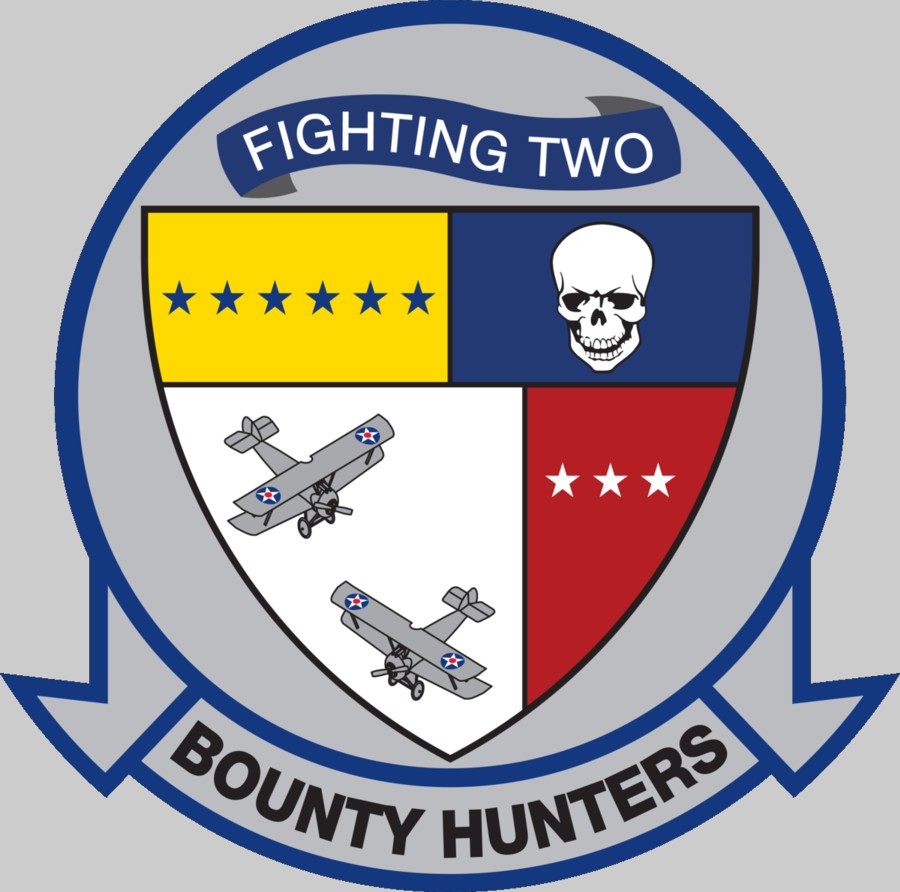 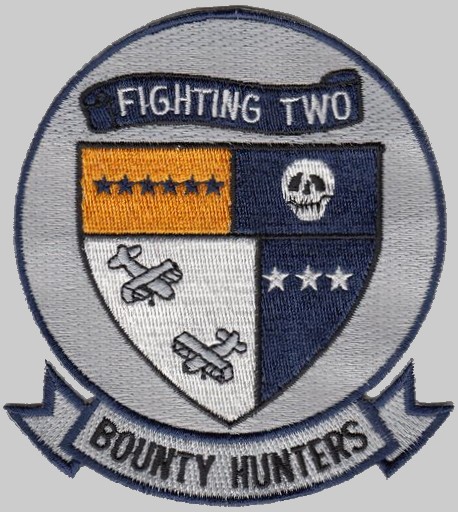
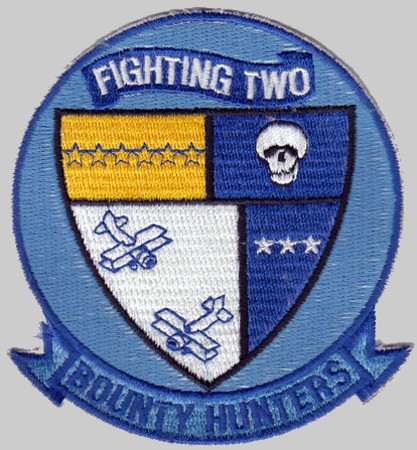 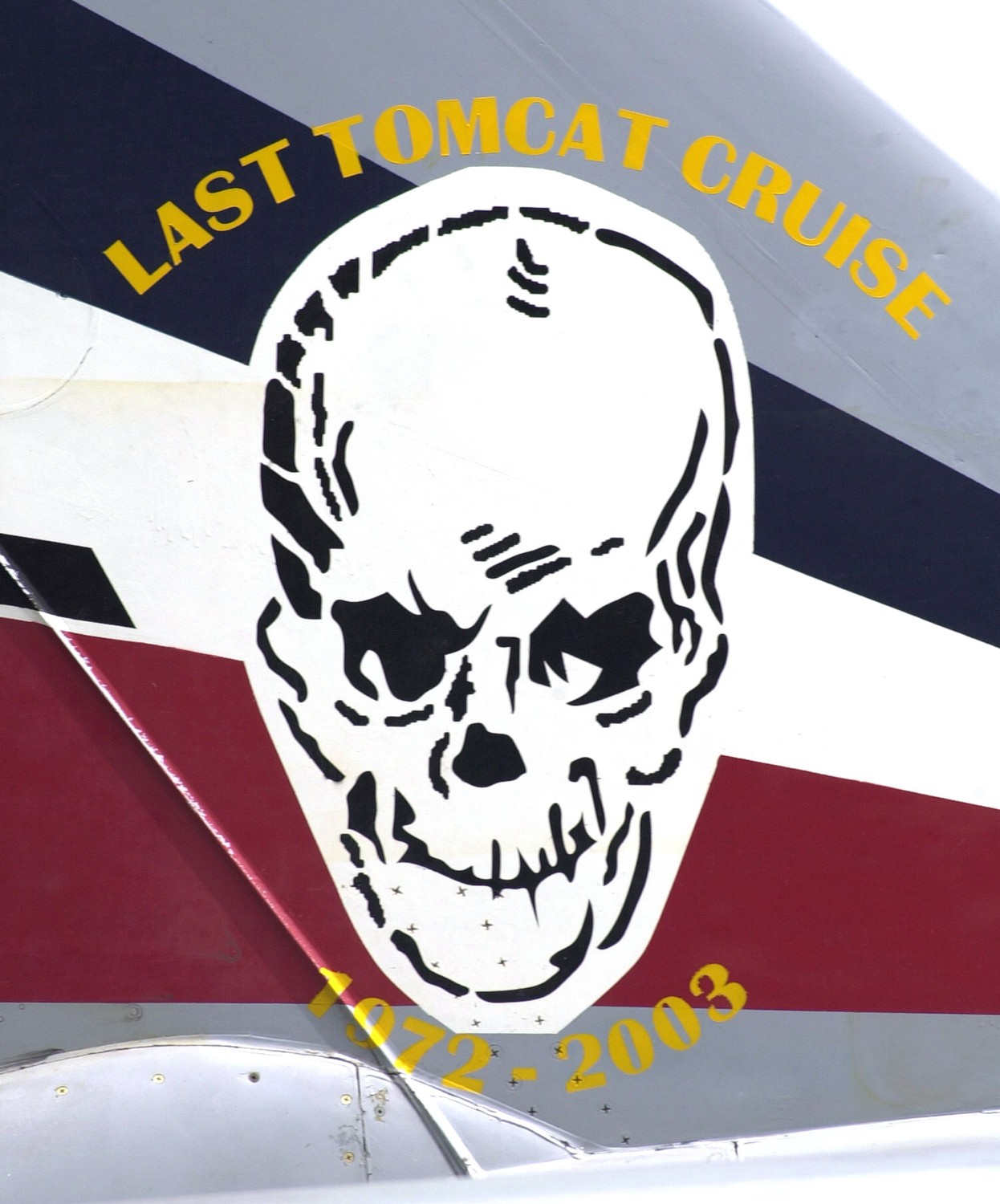 |
||||||
|
|
seaforces.org
|
US Navy
Air Units start page
| |
